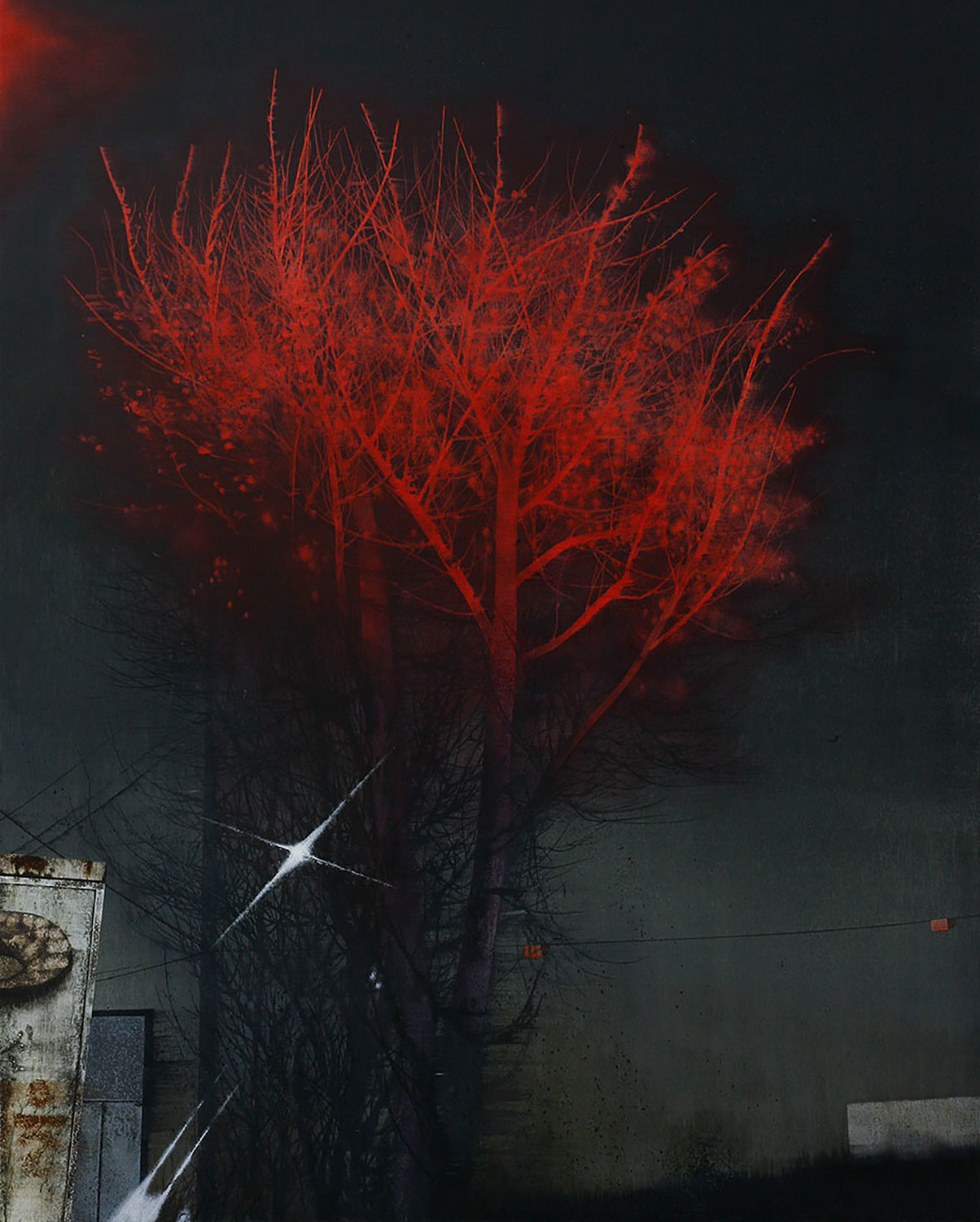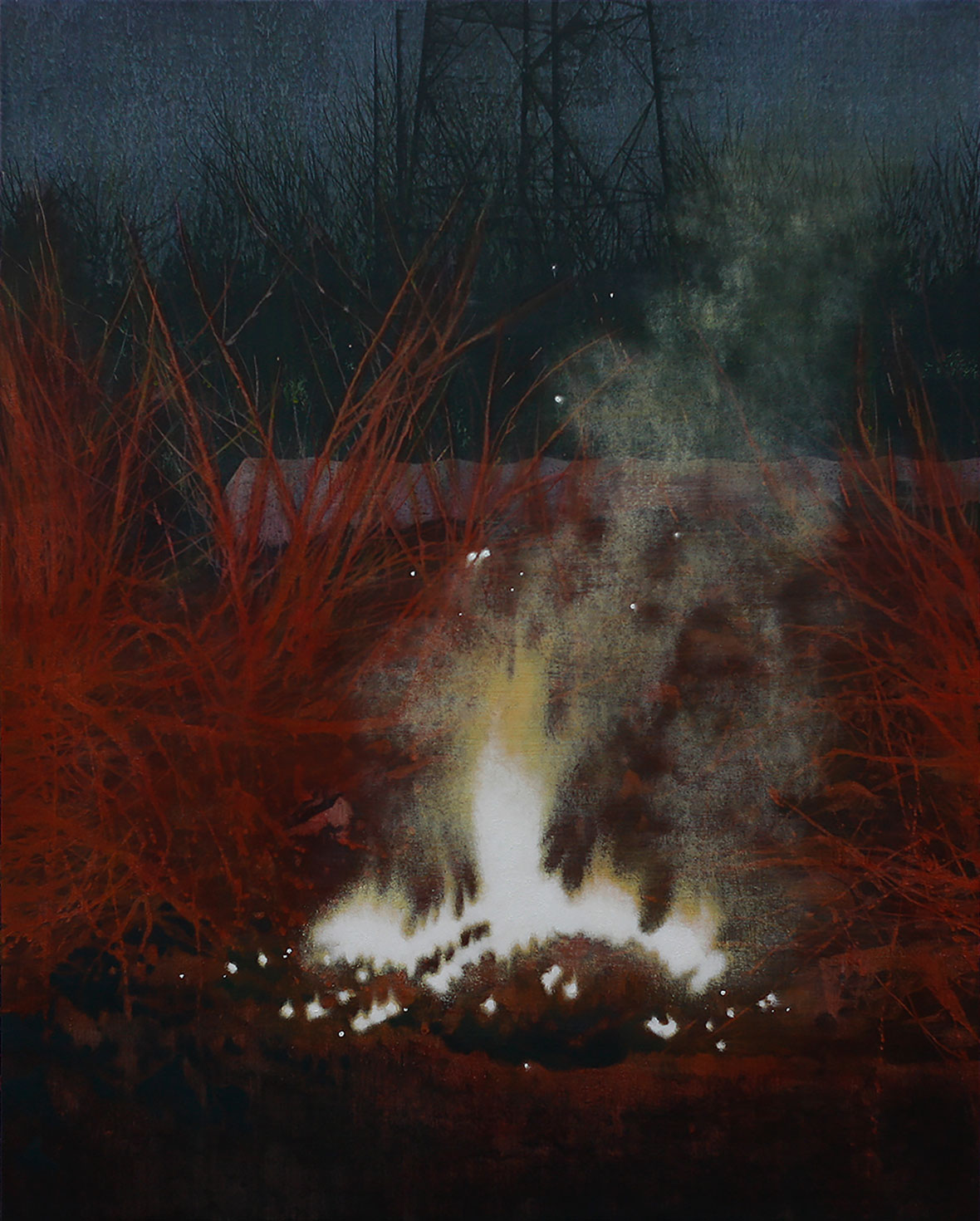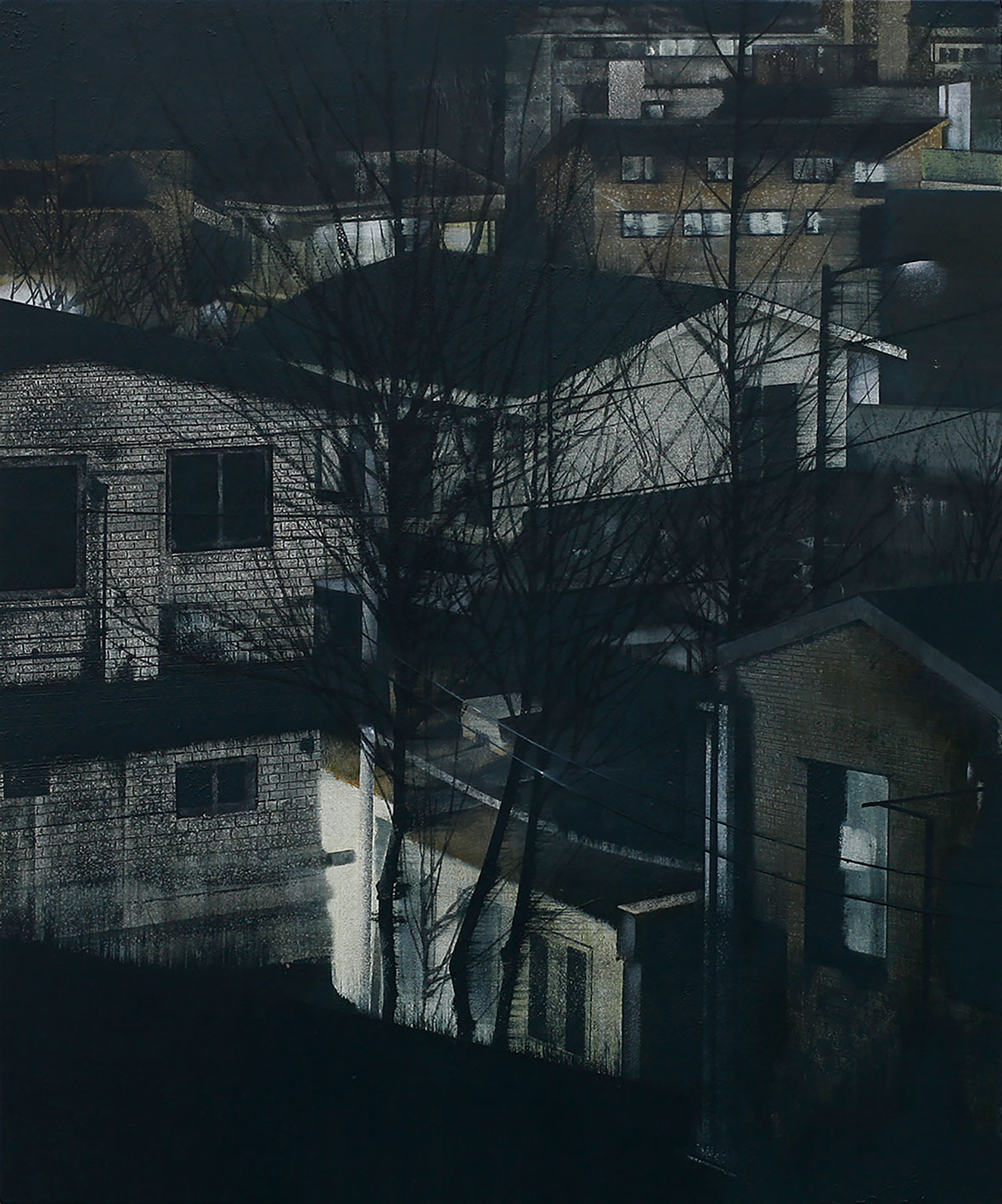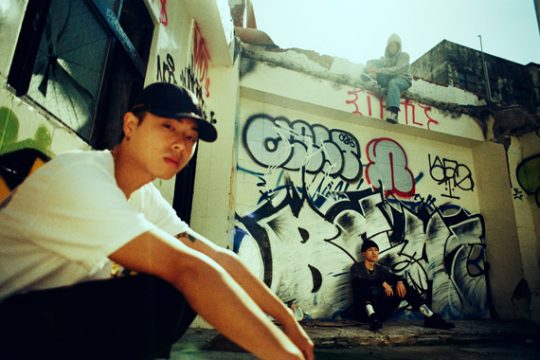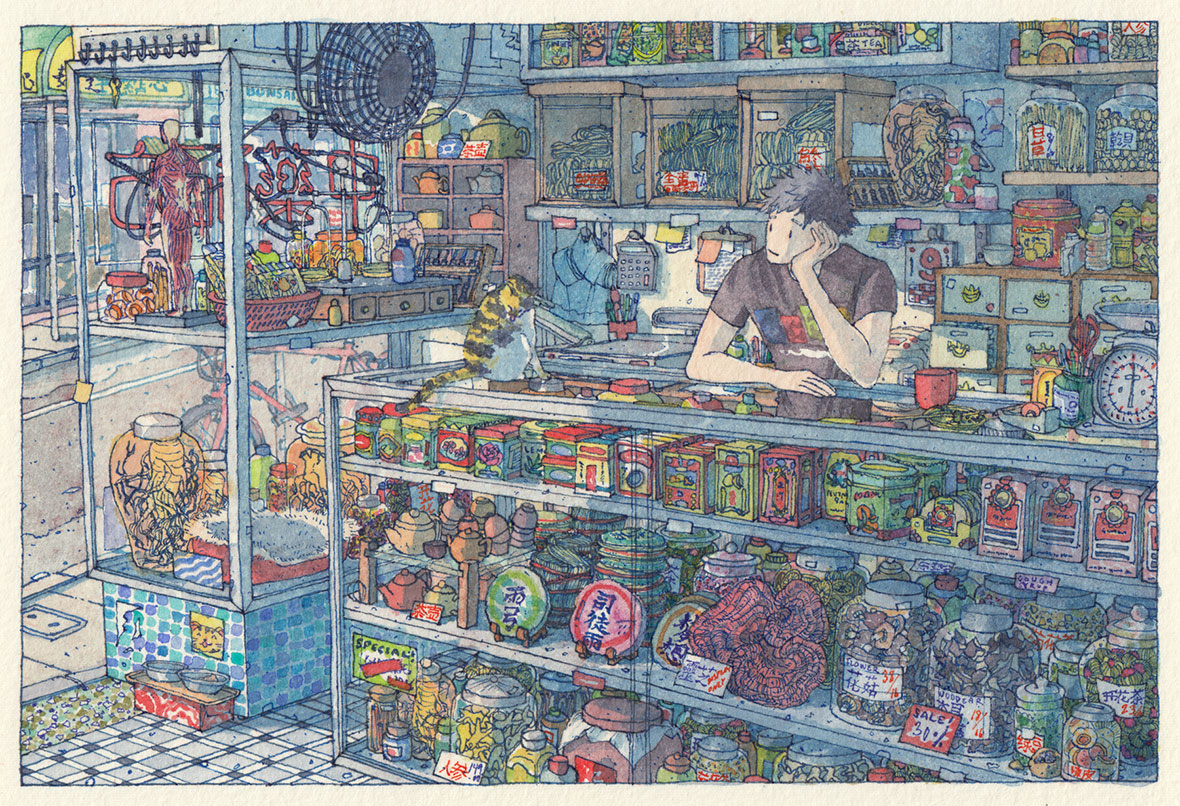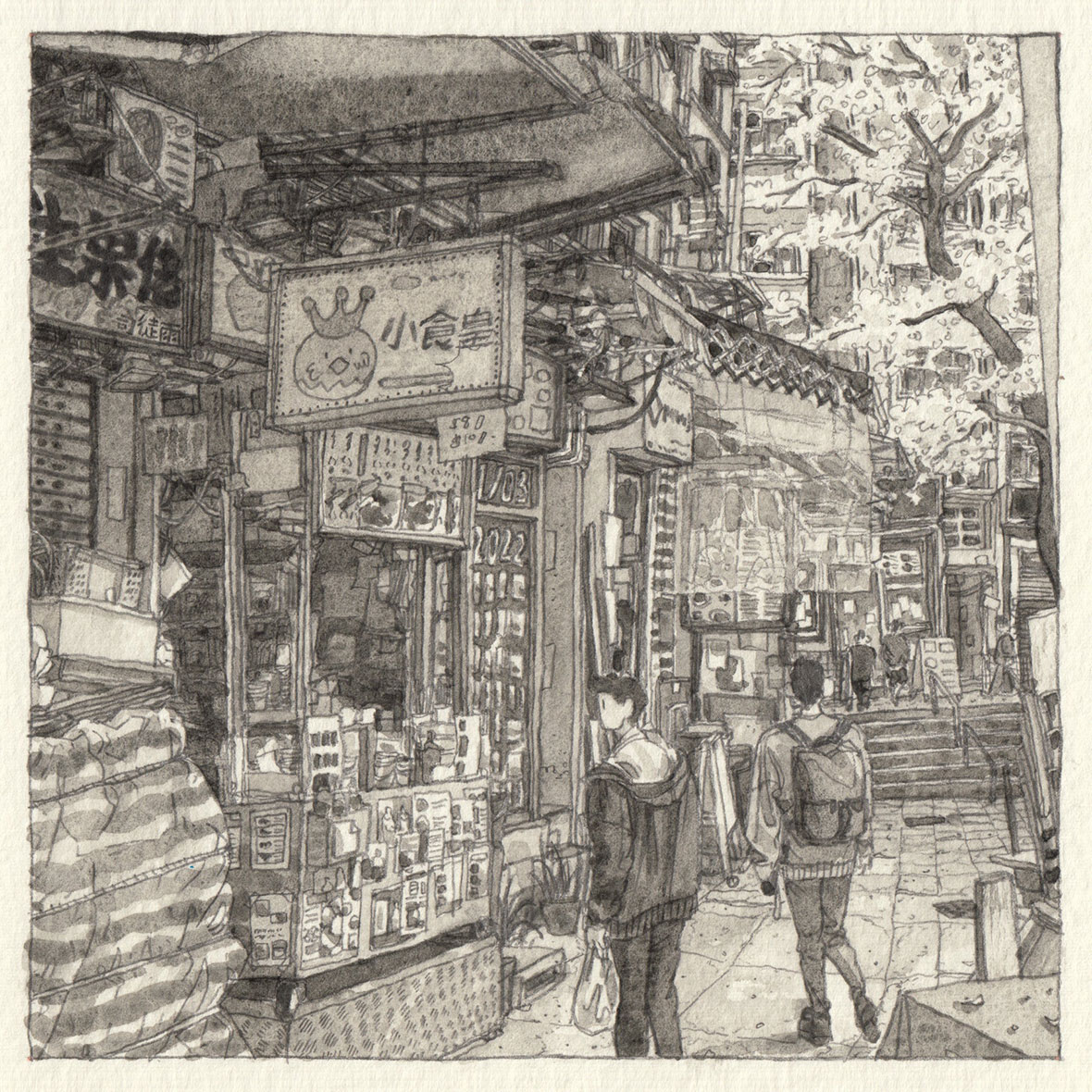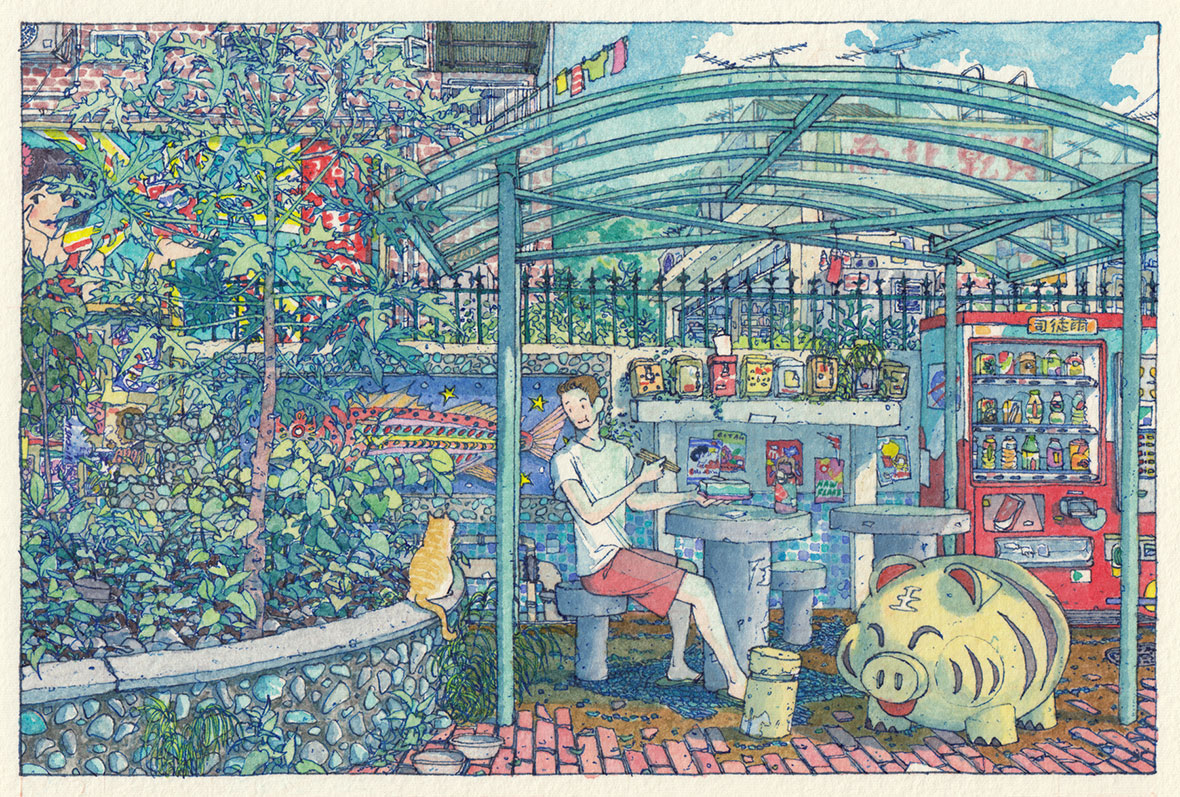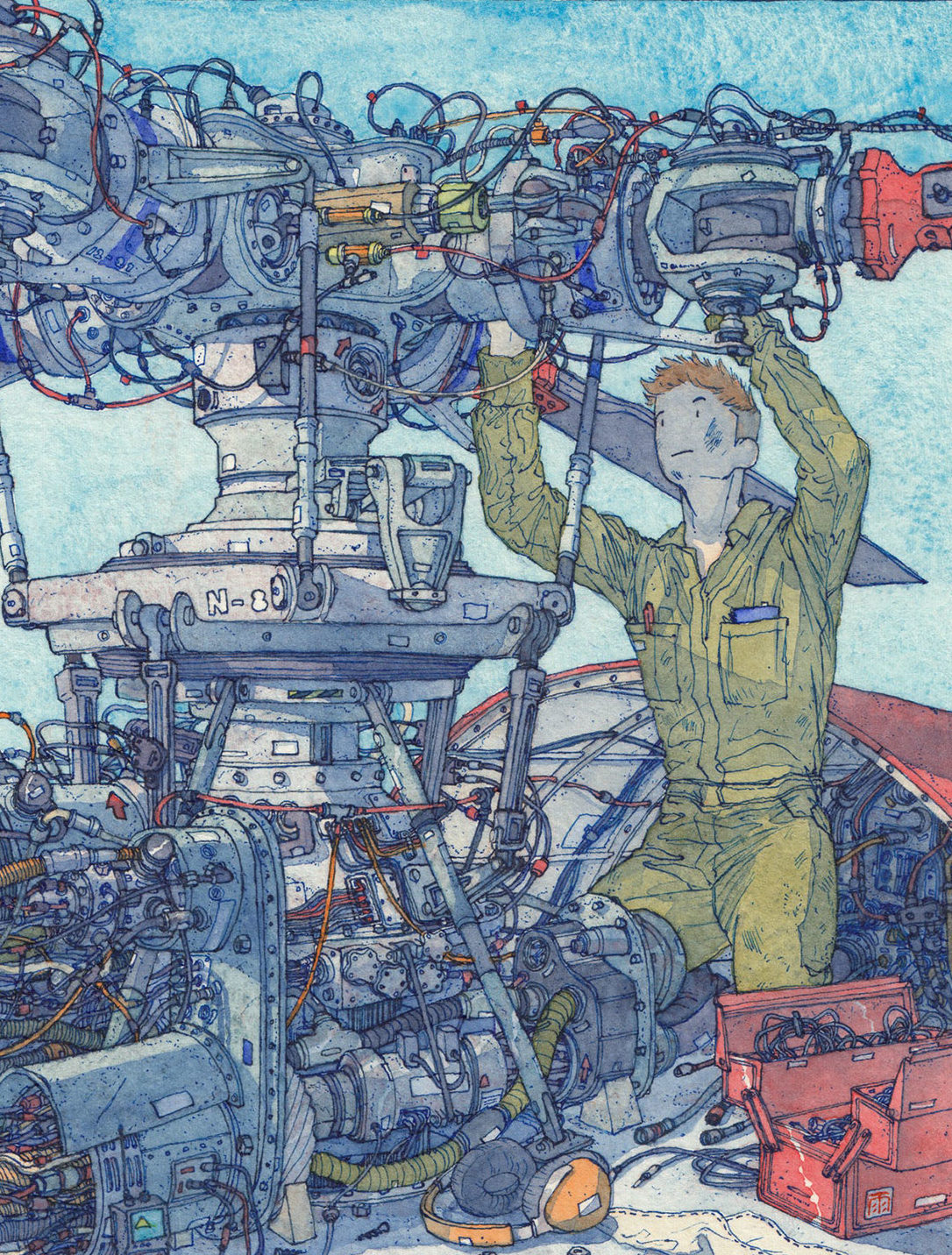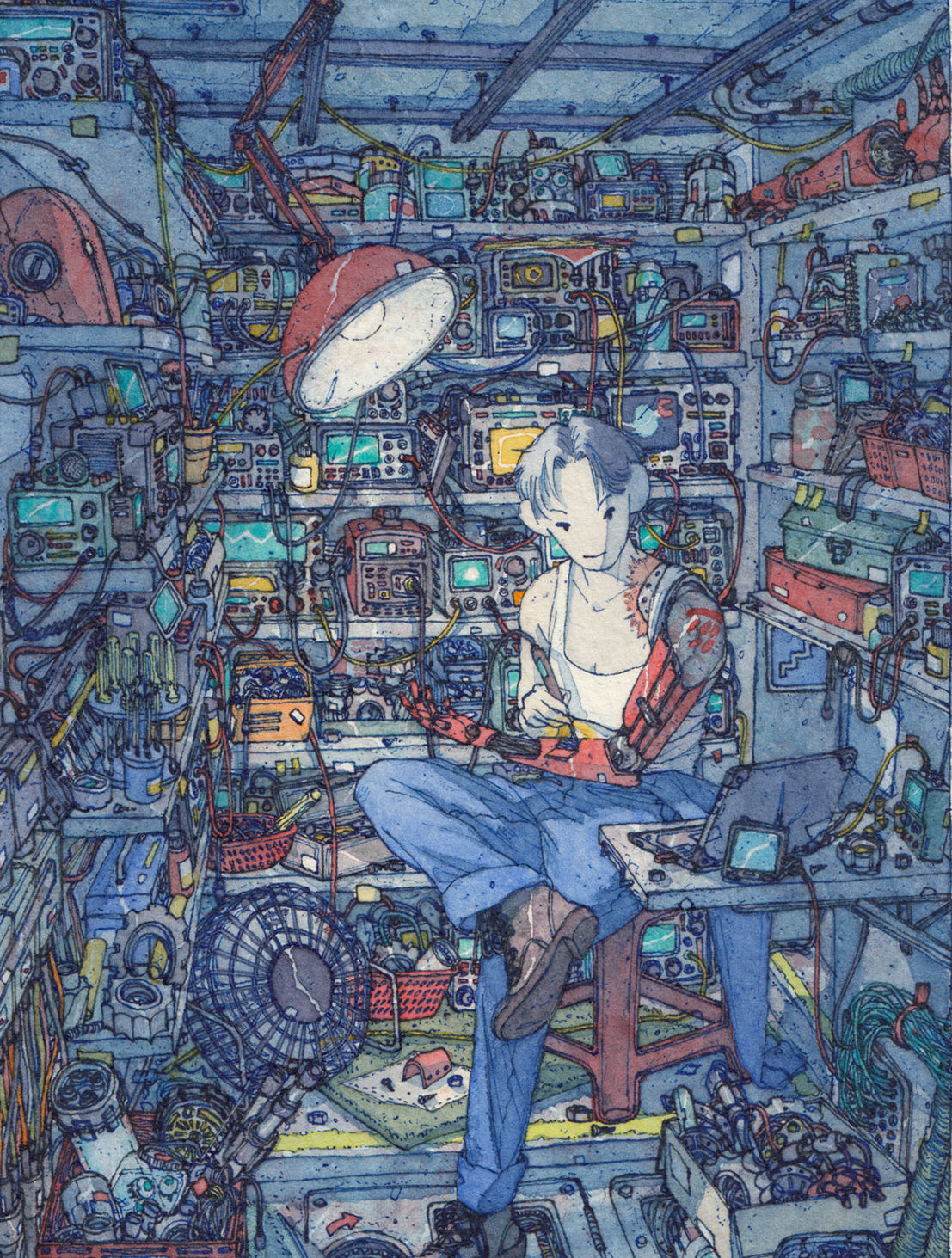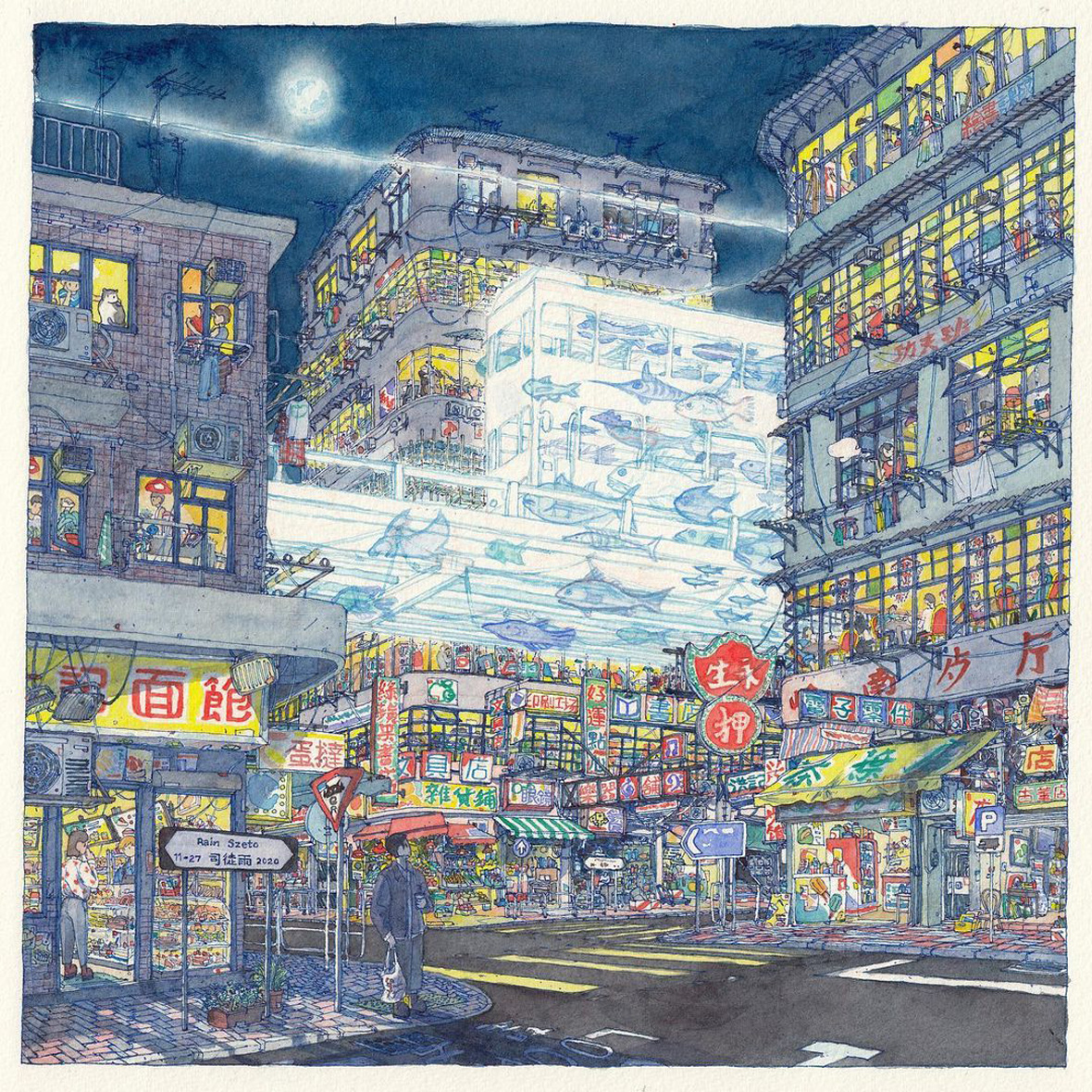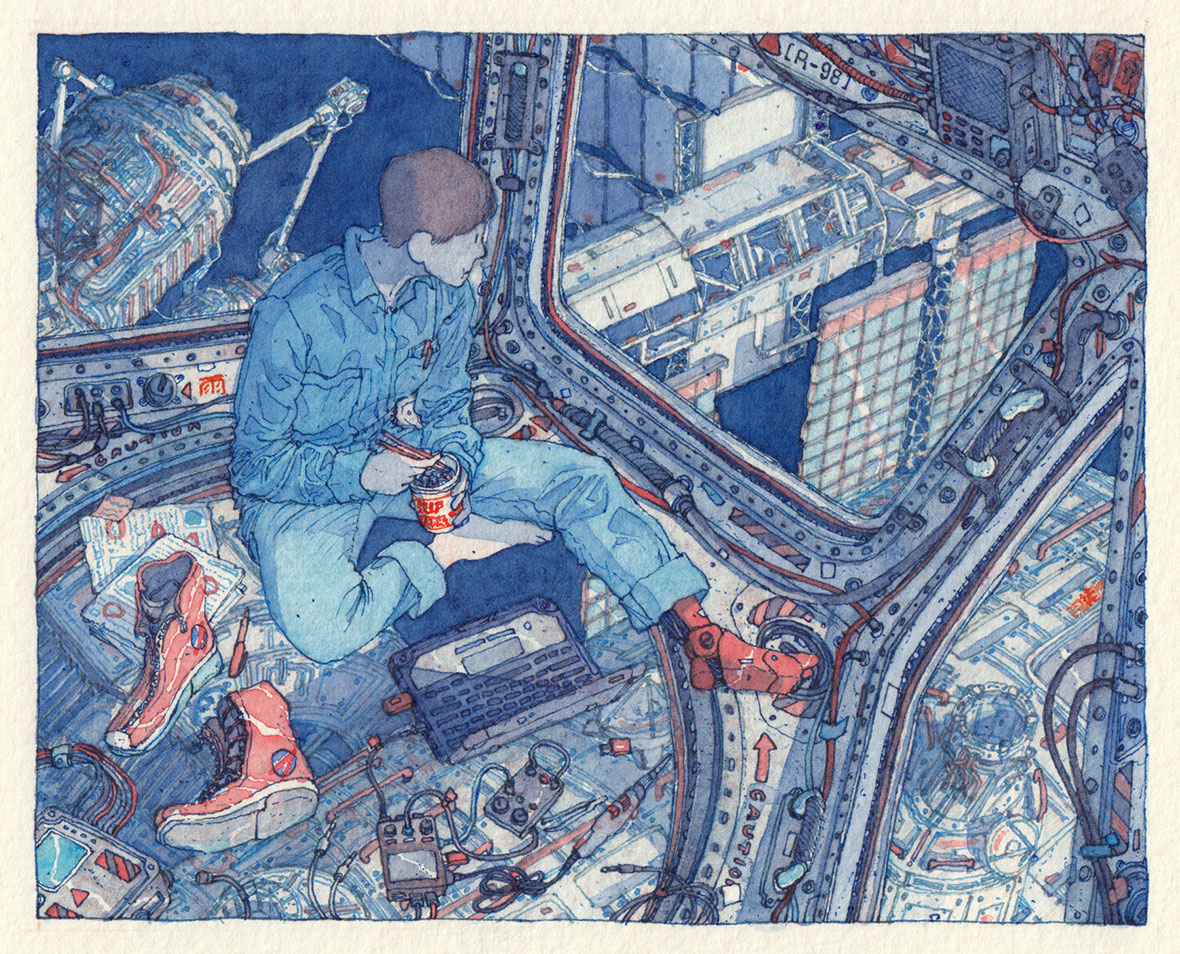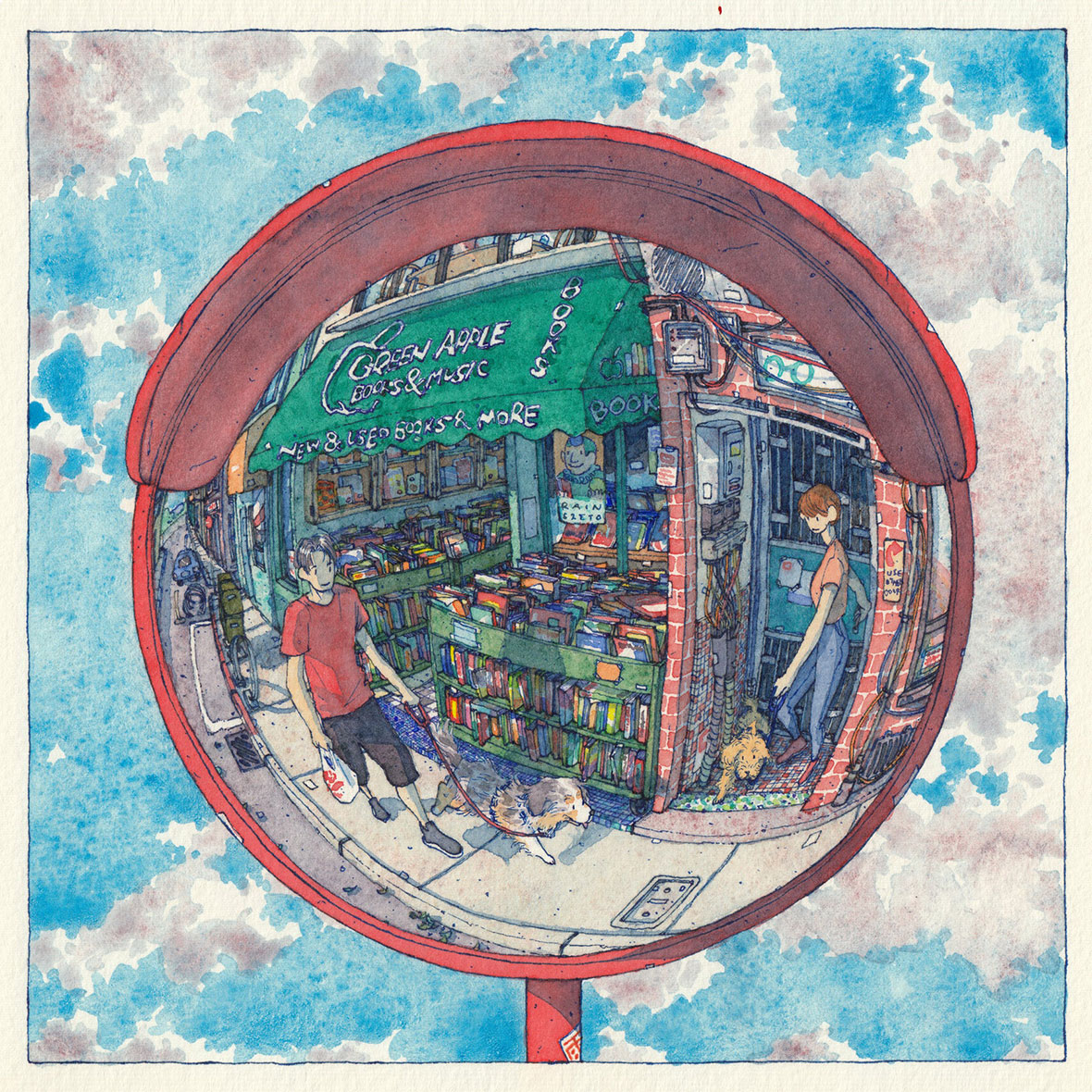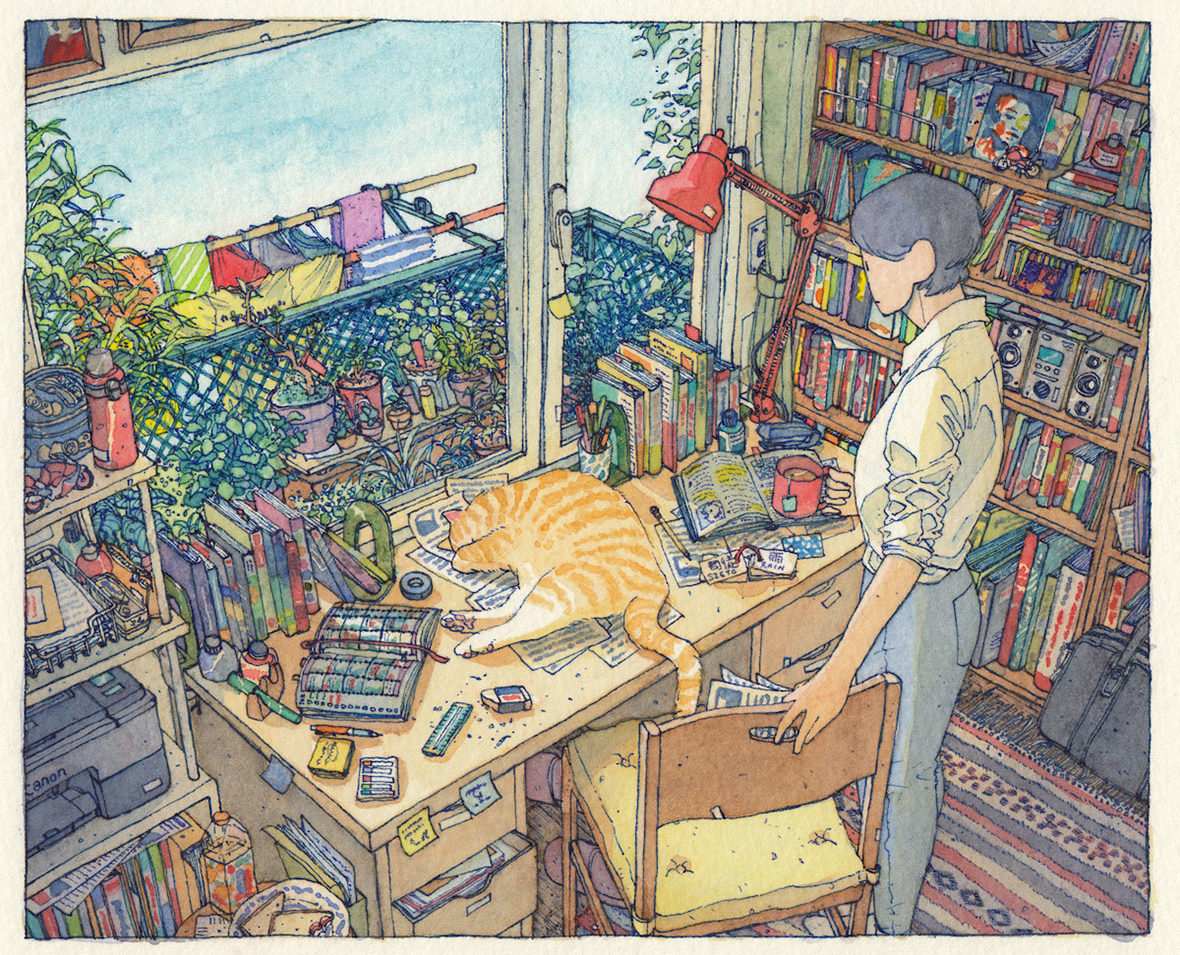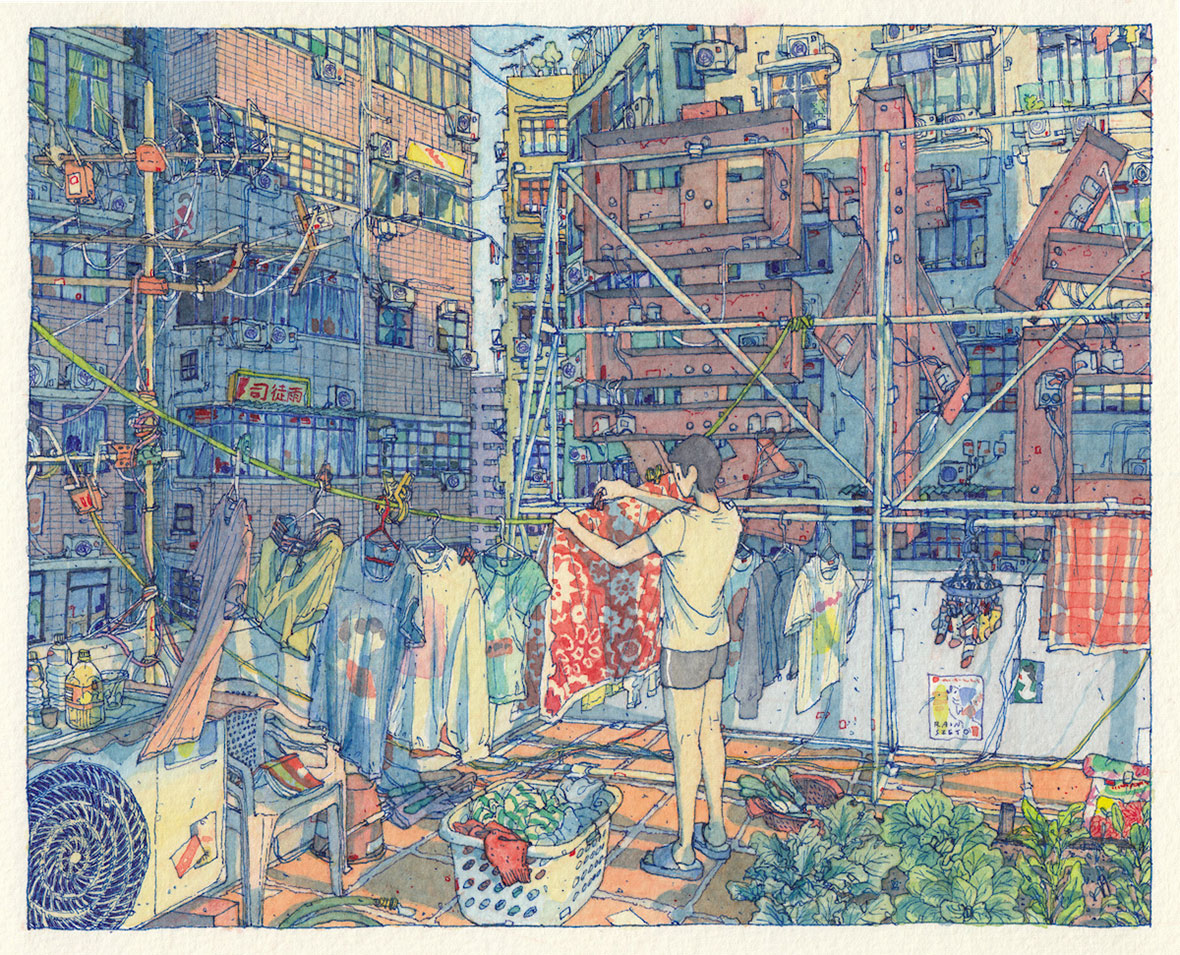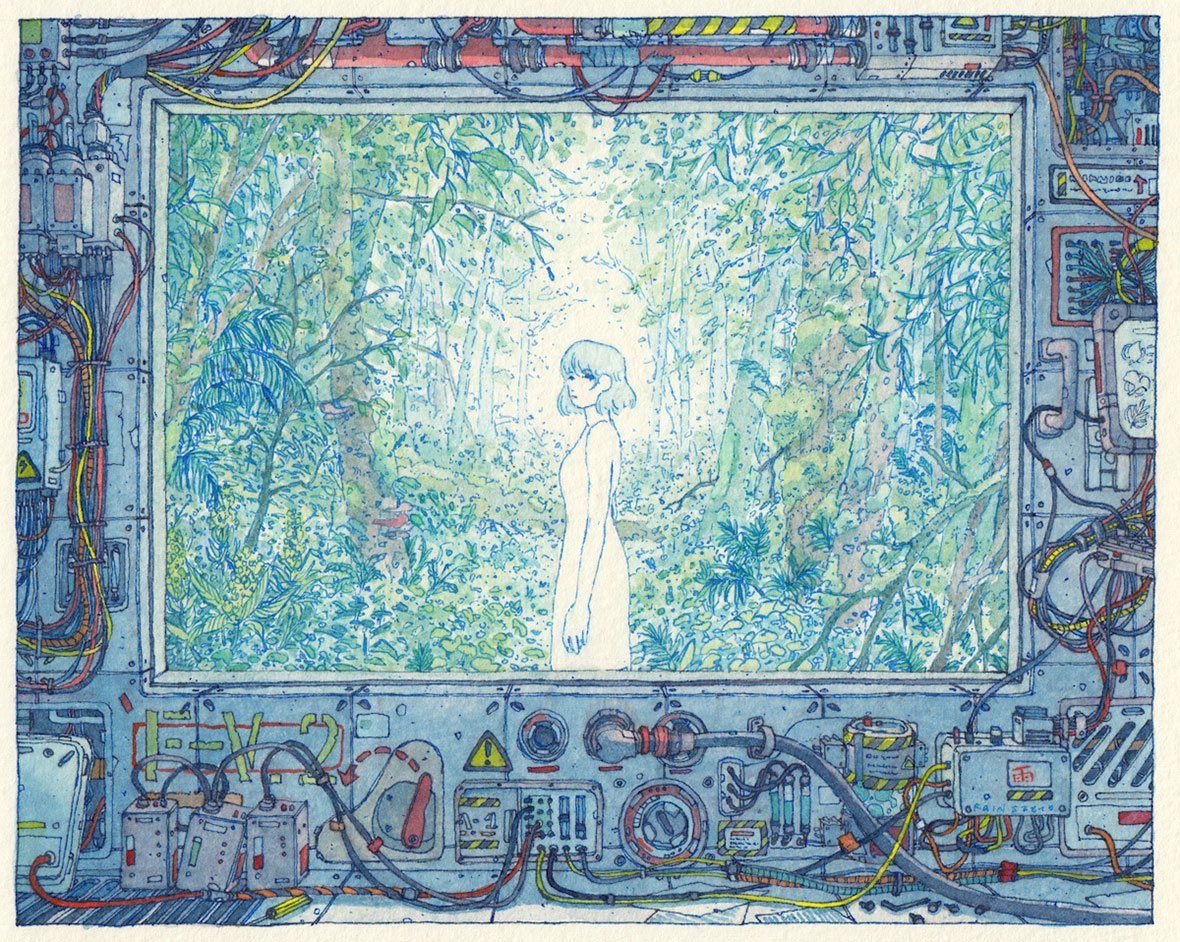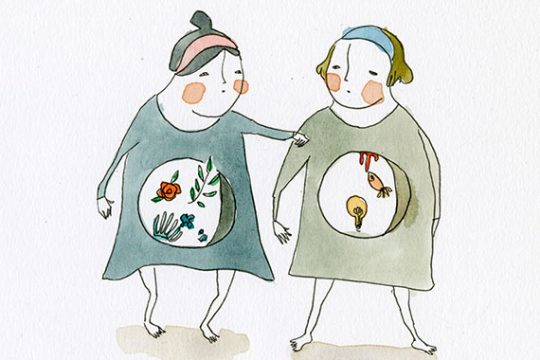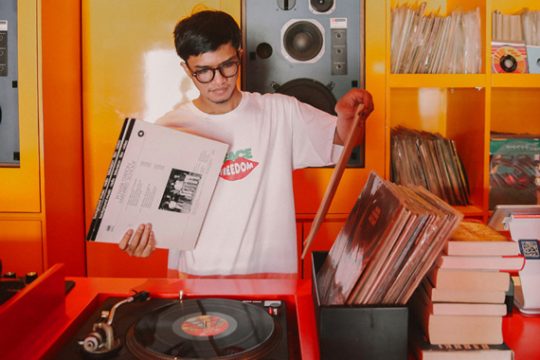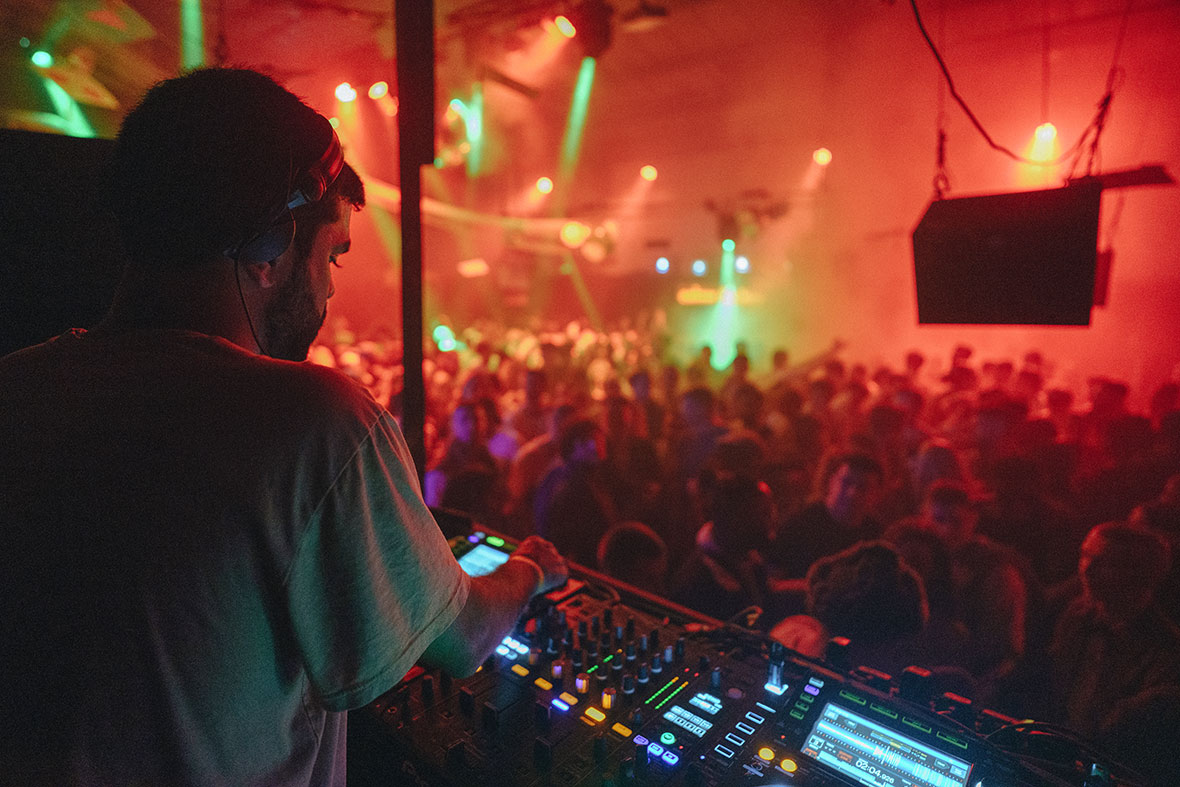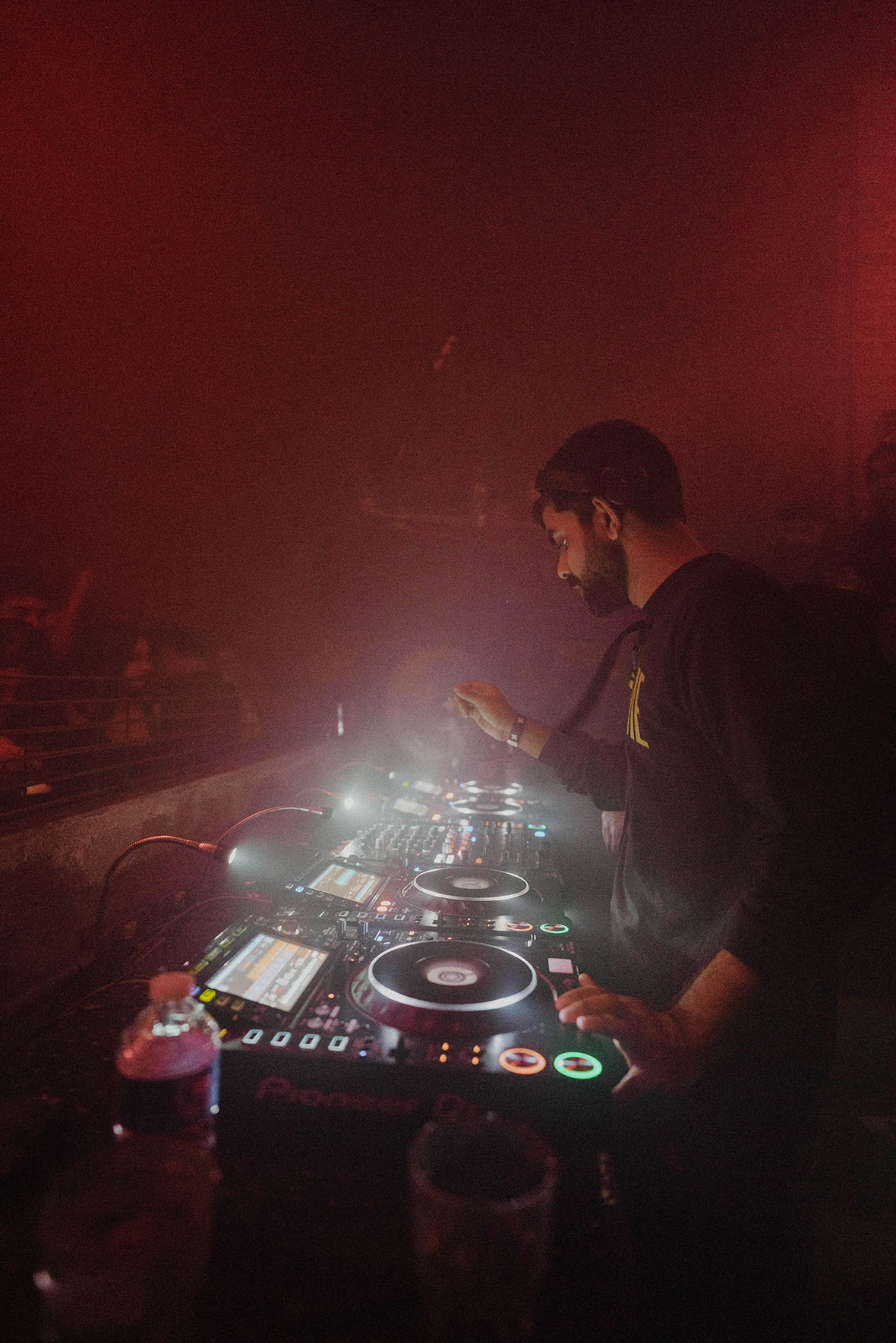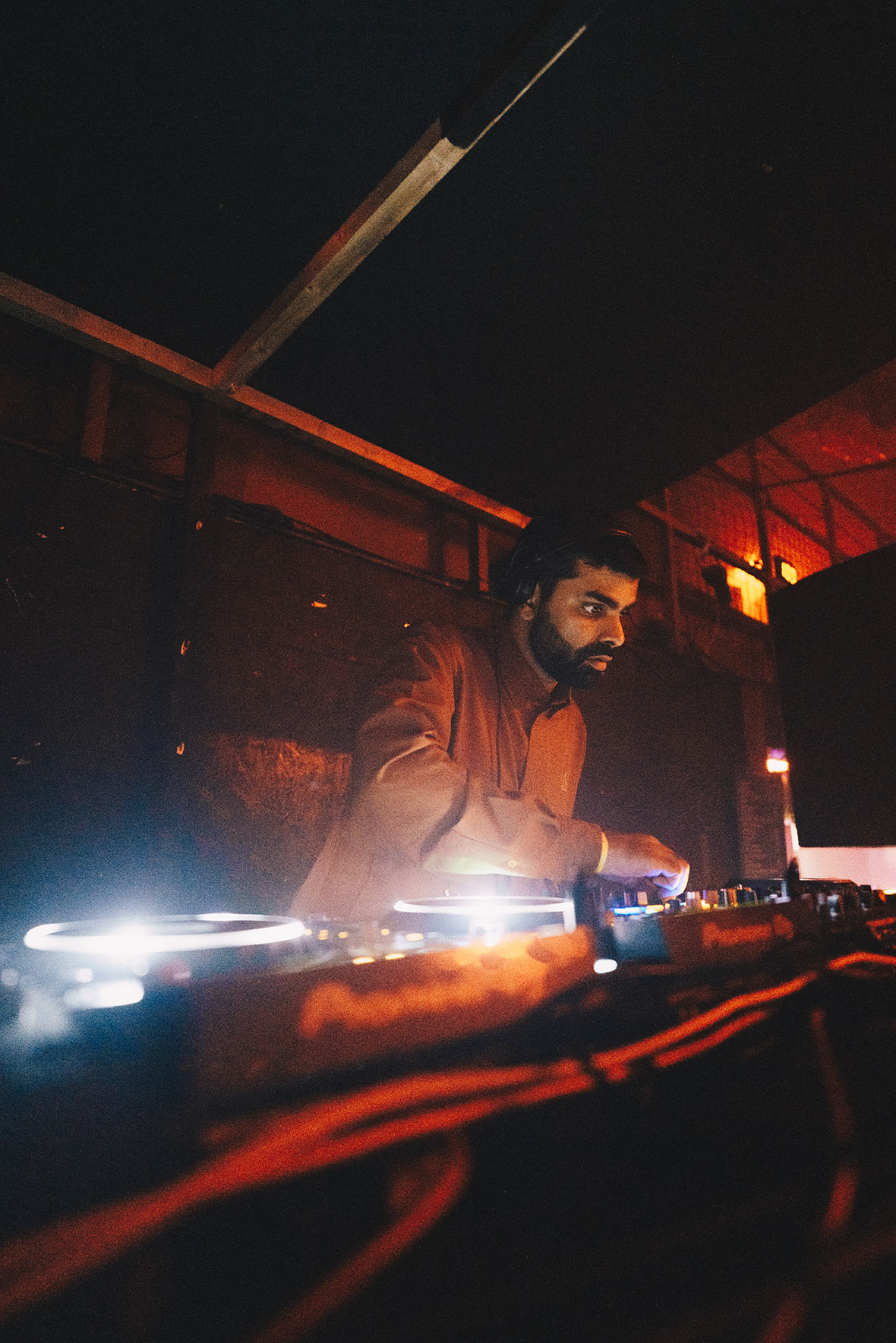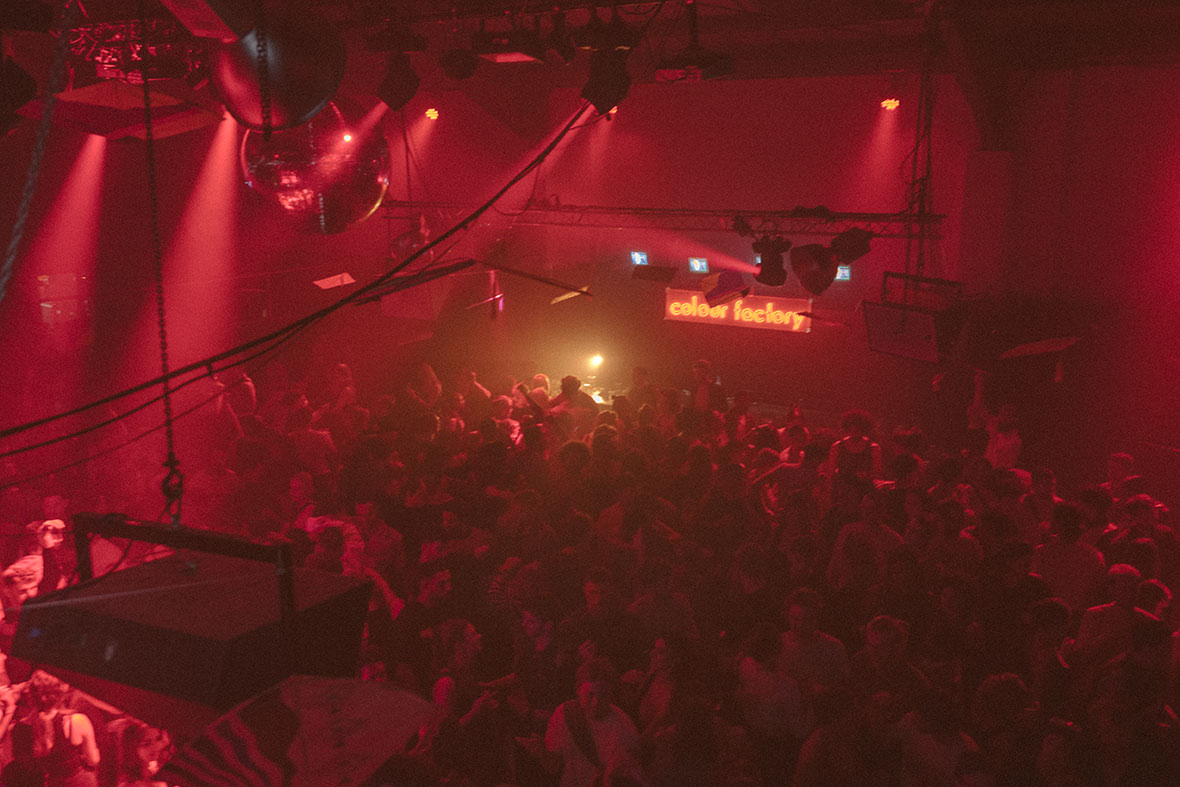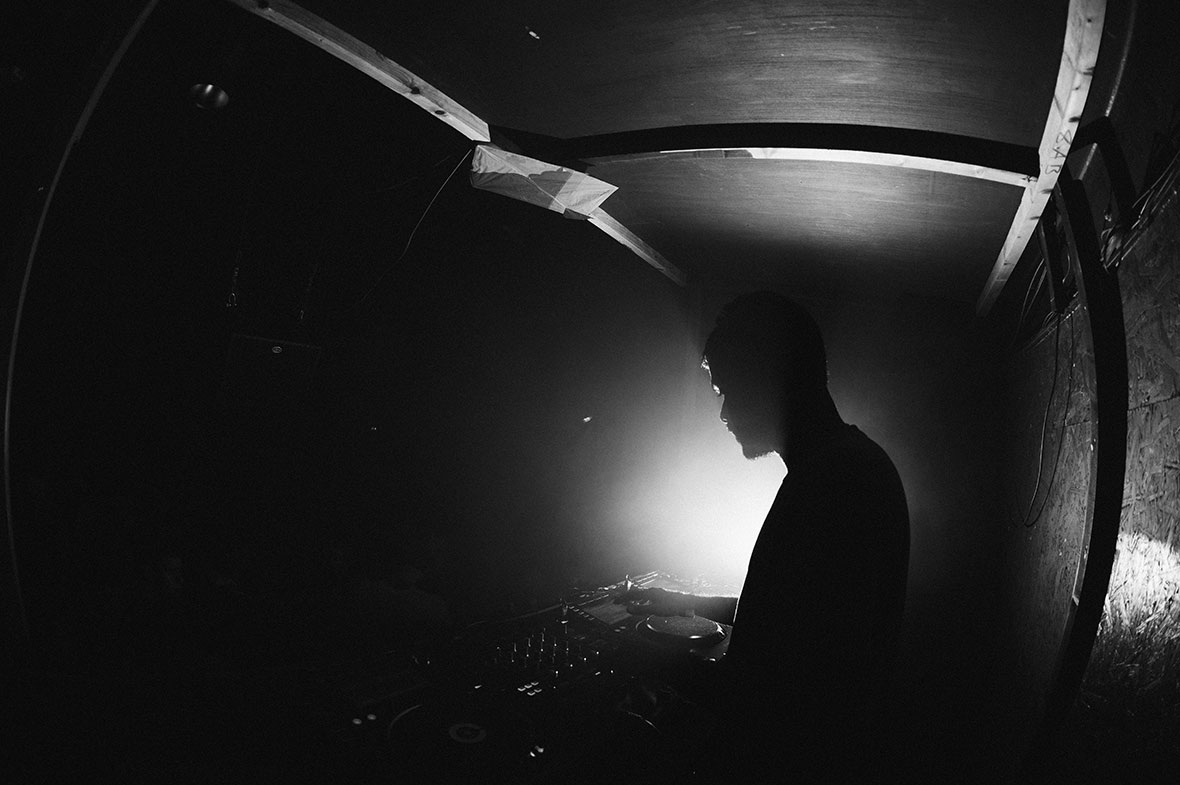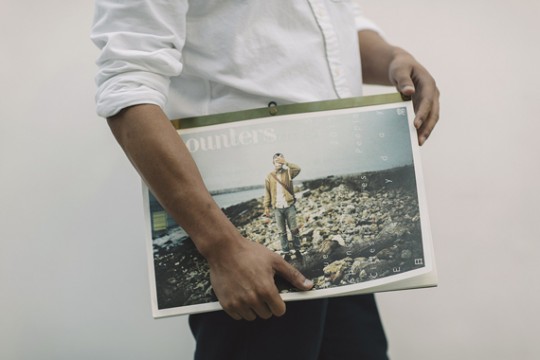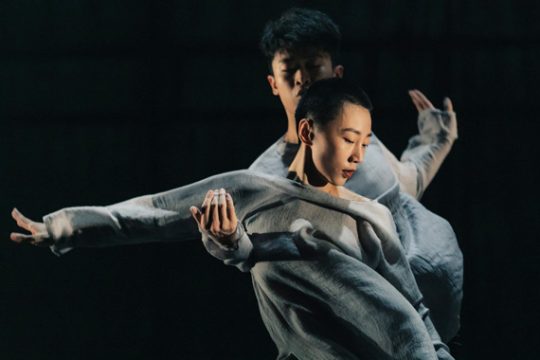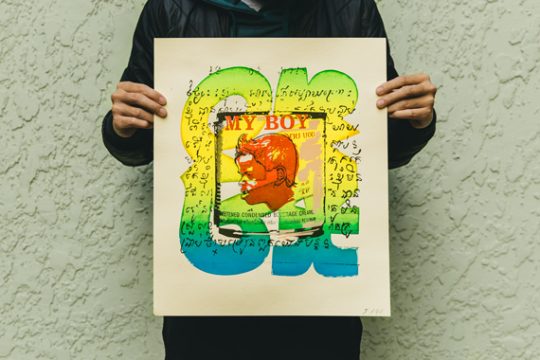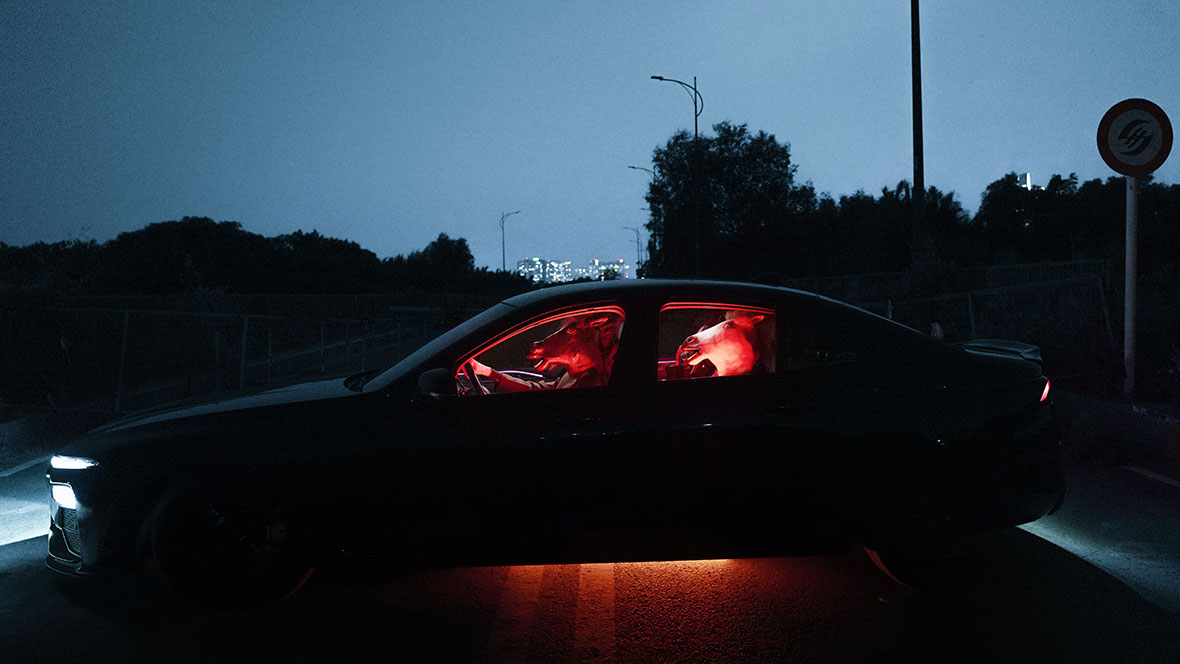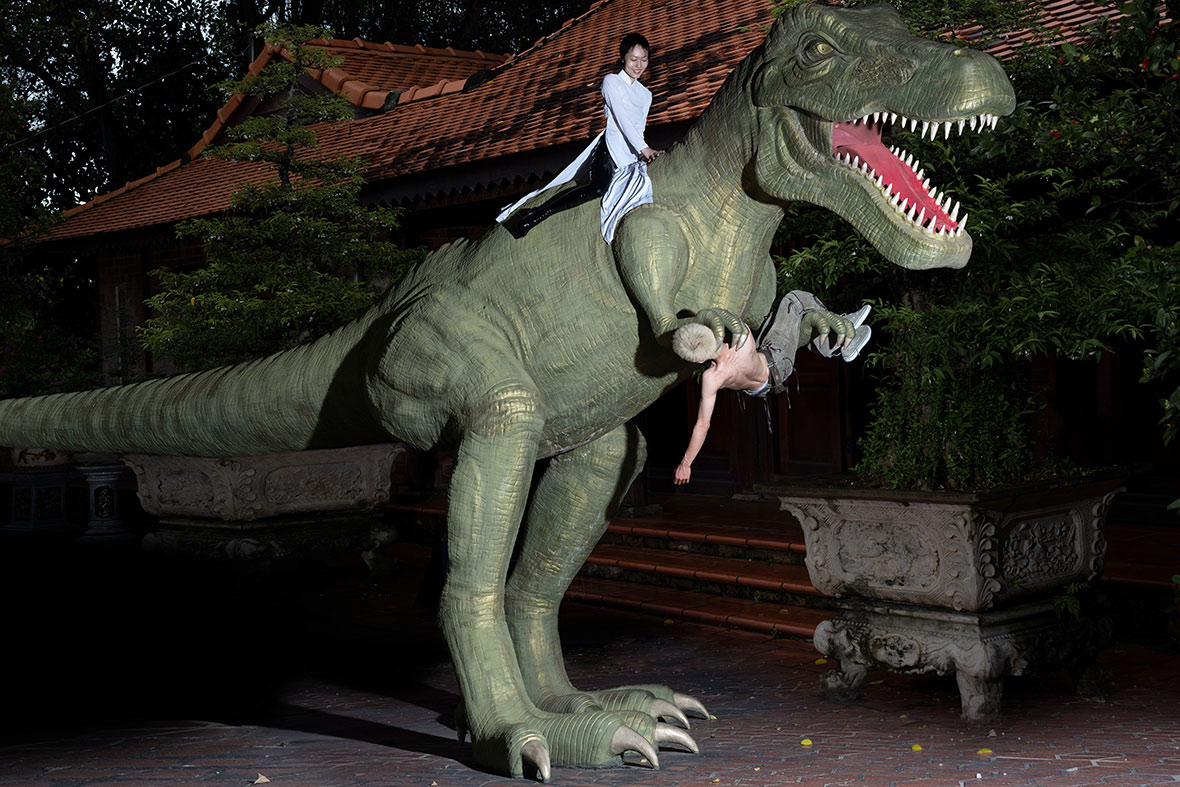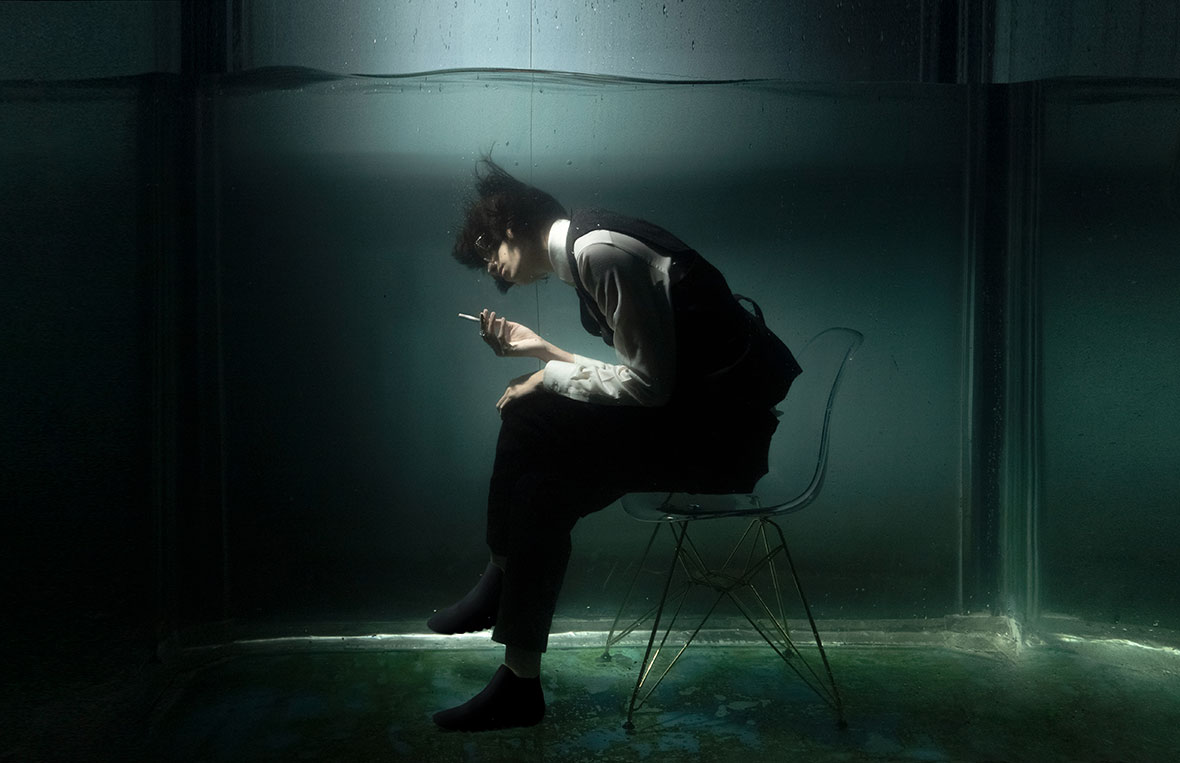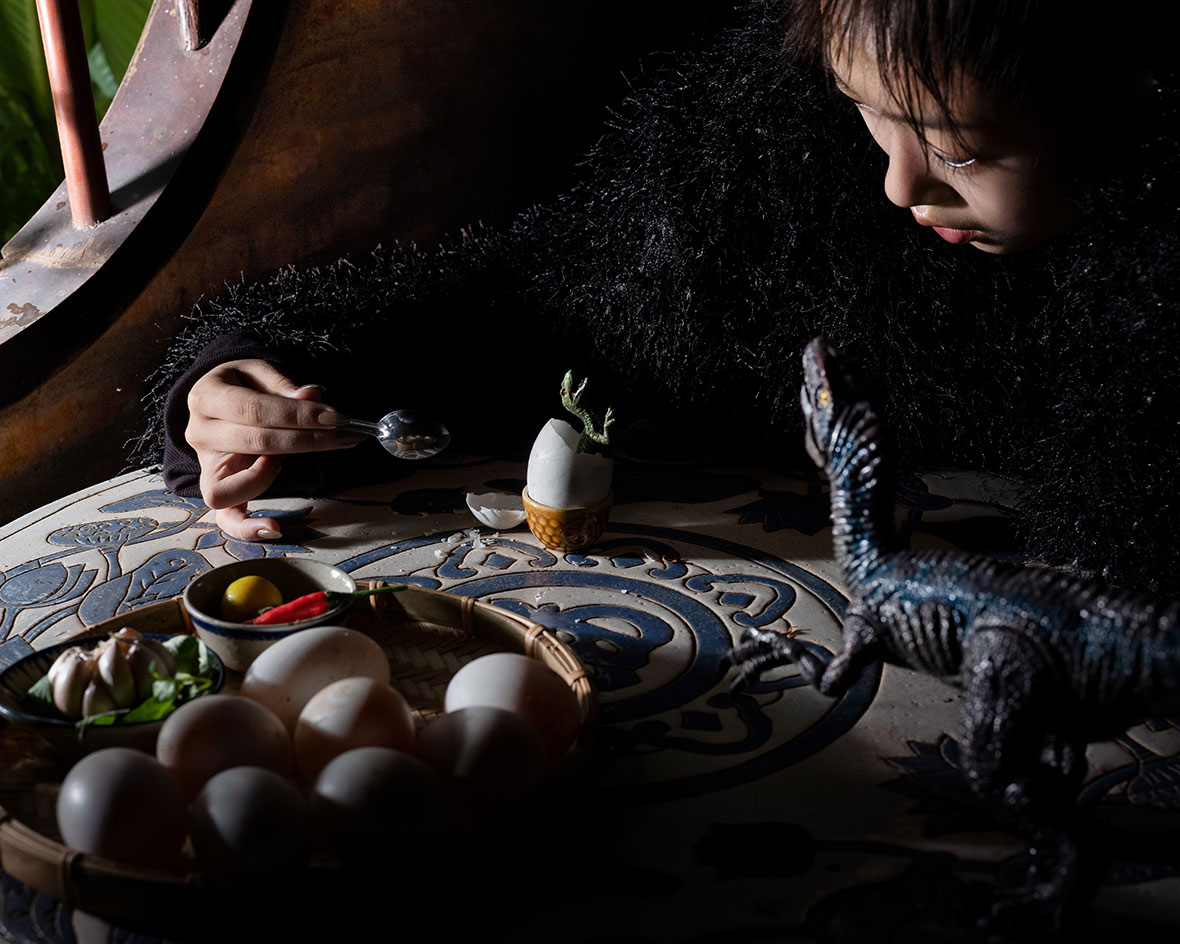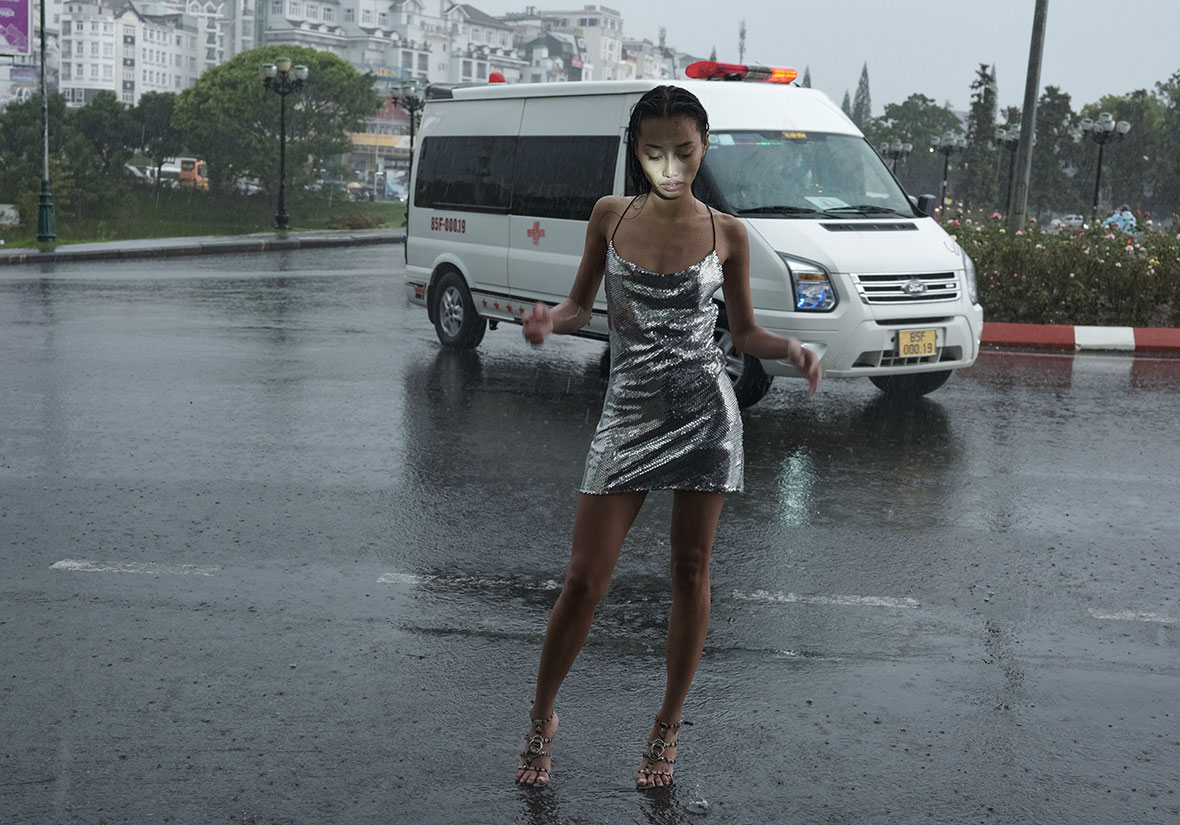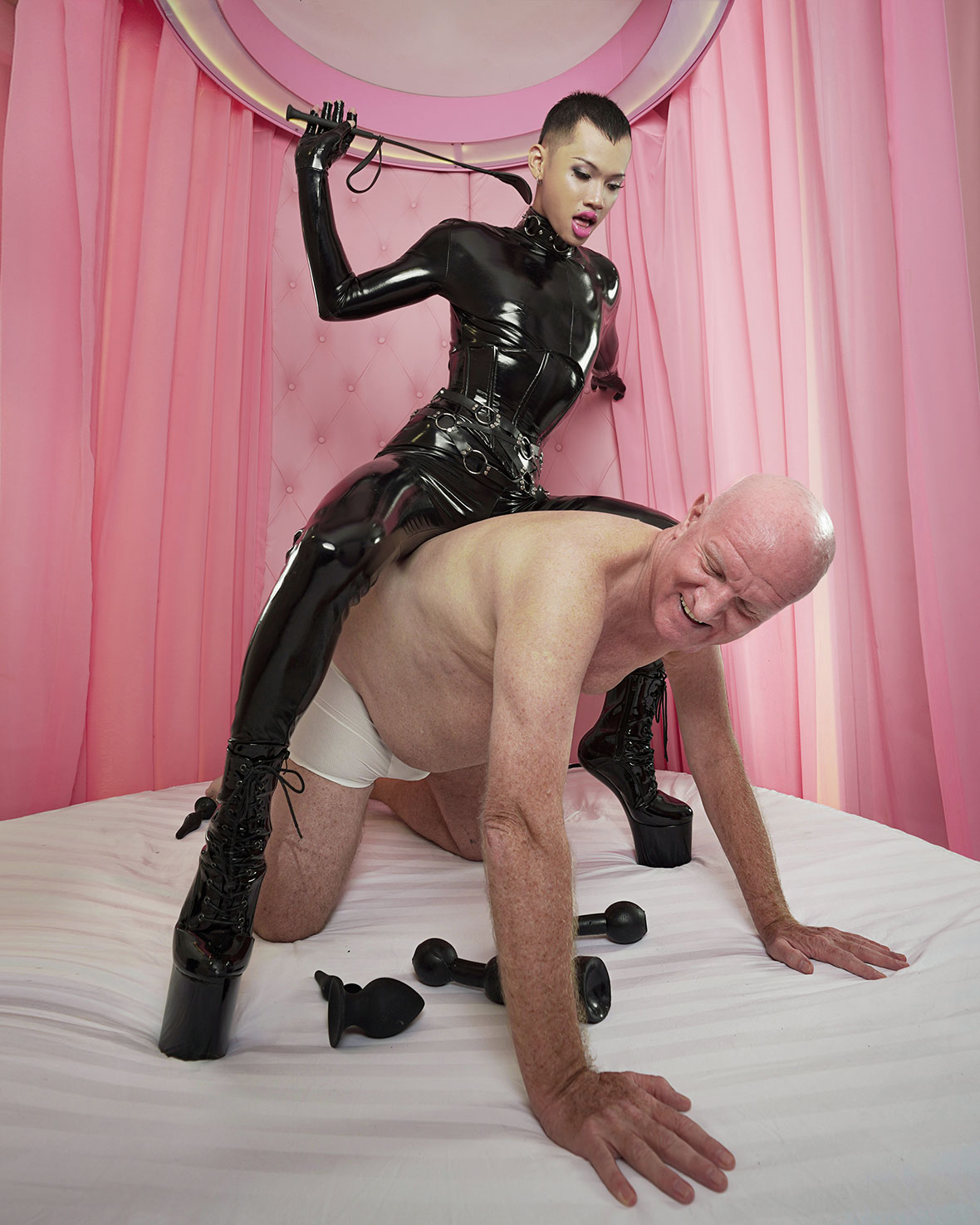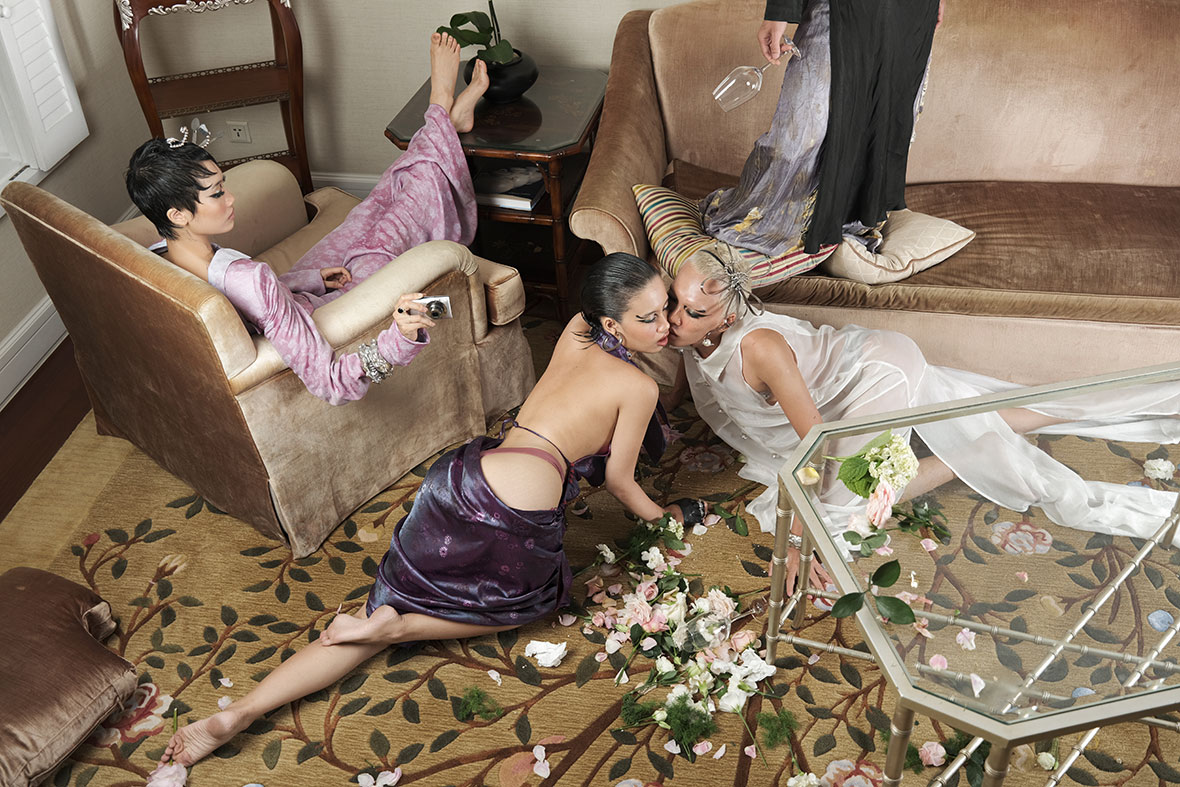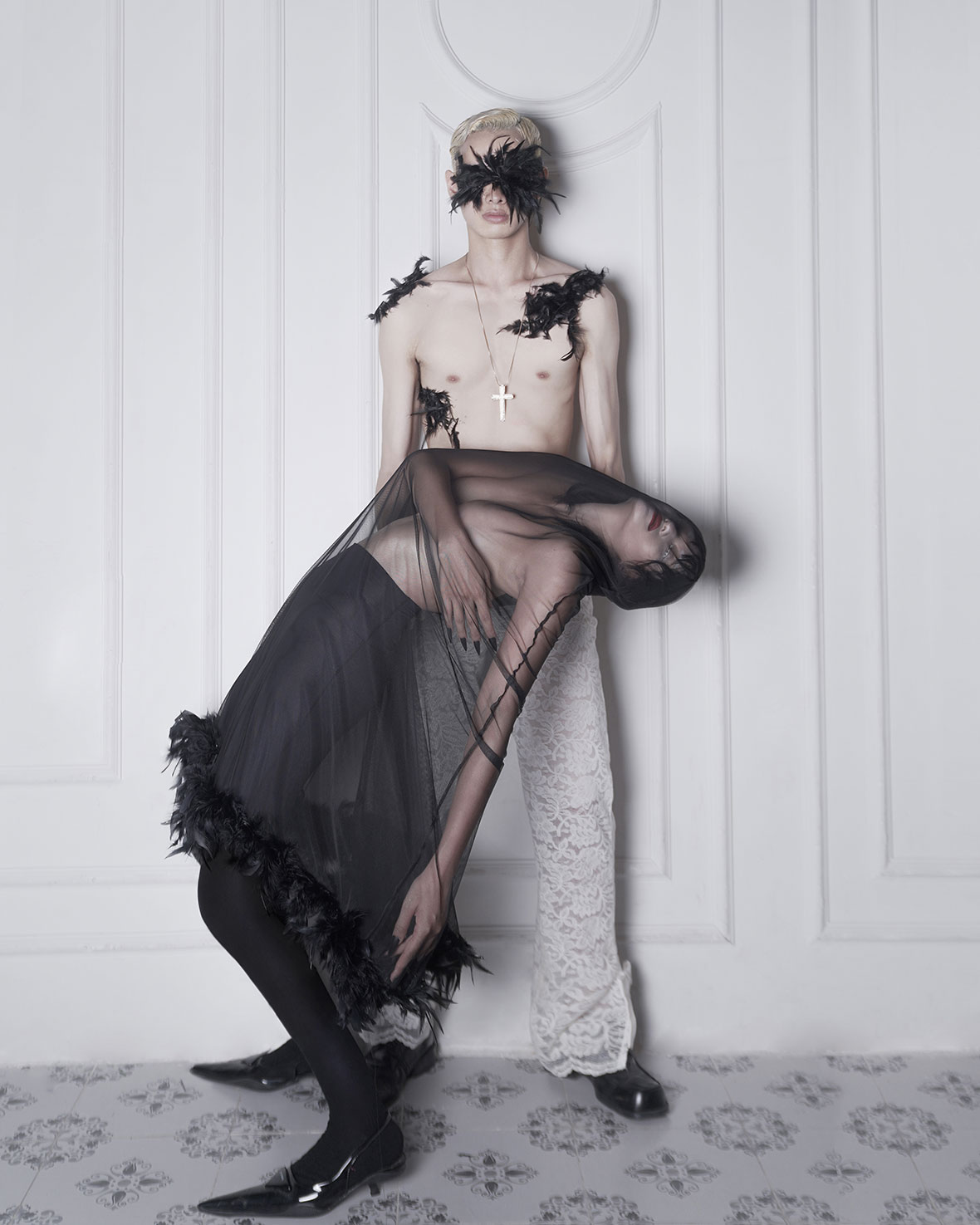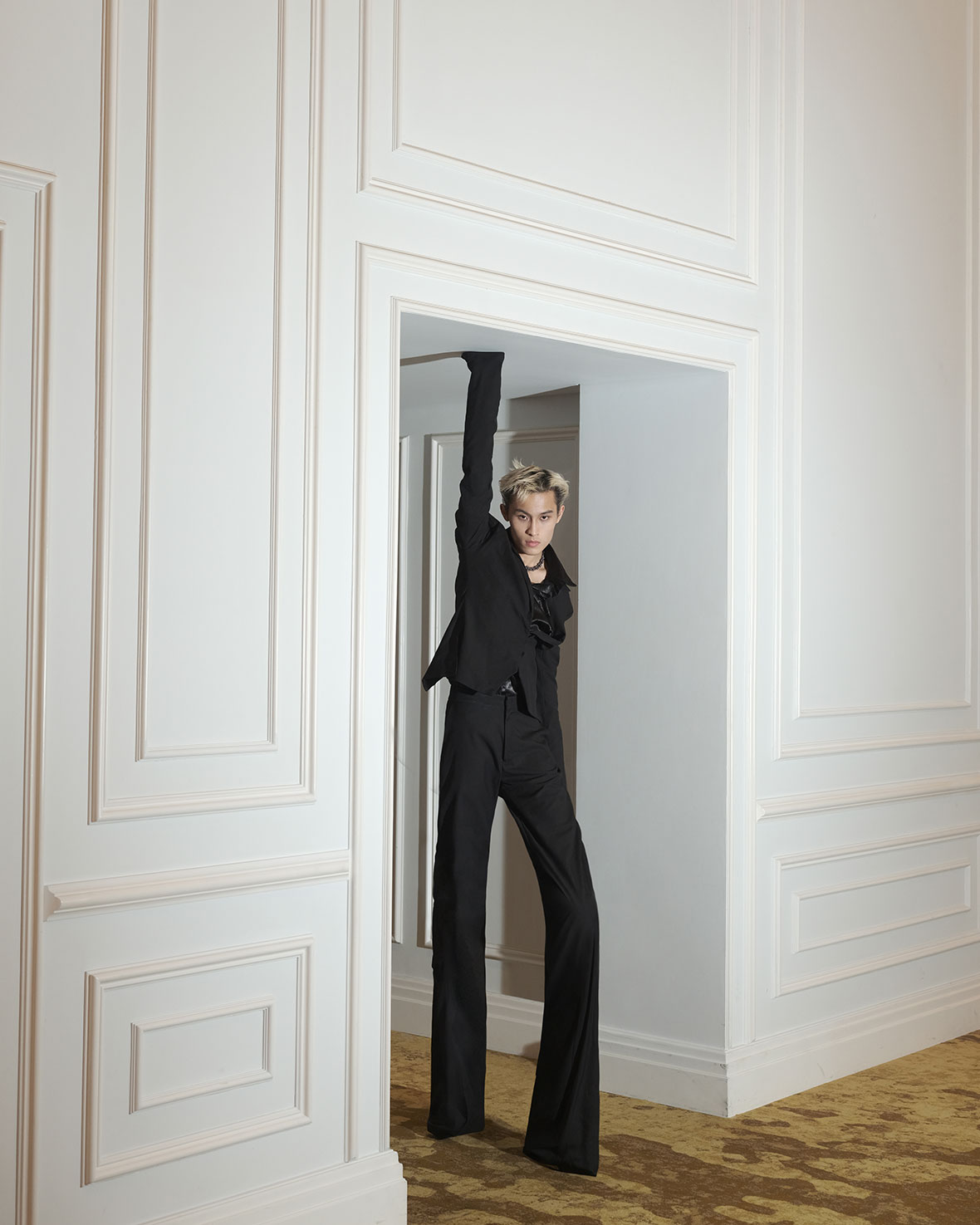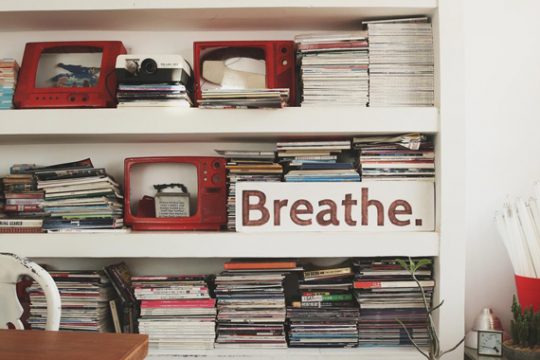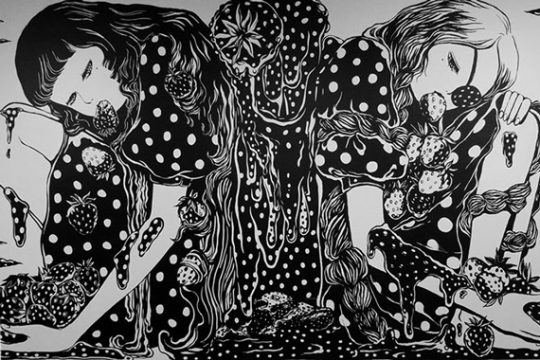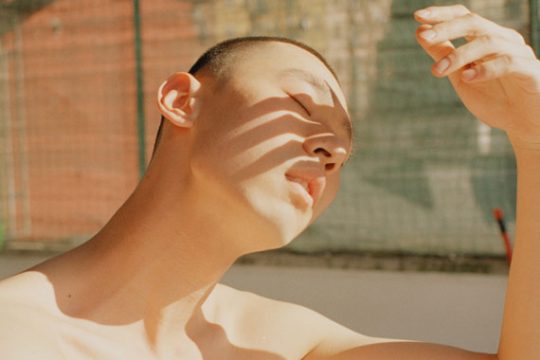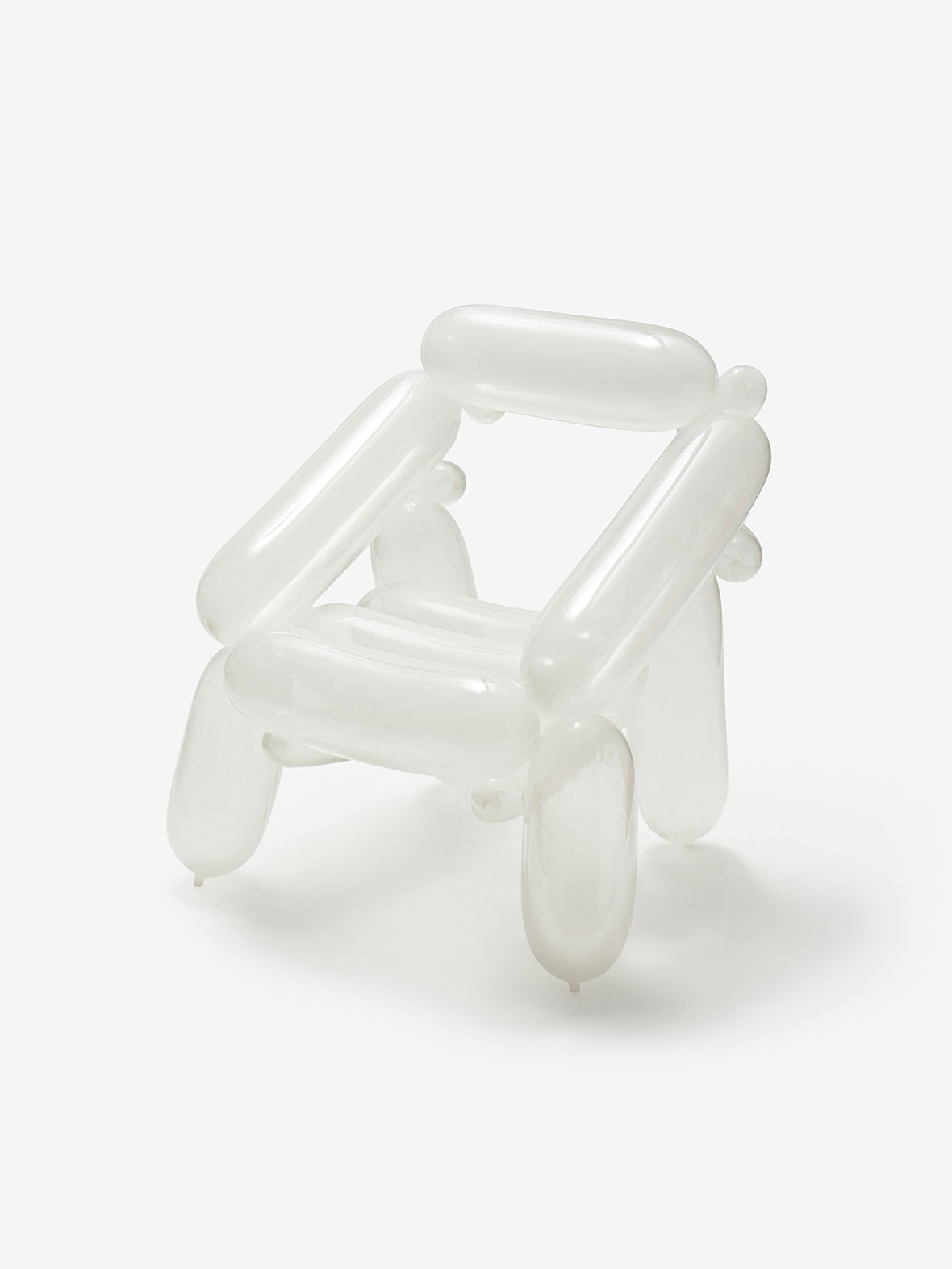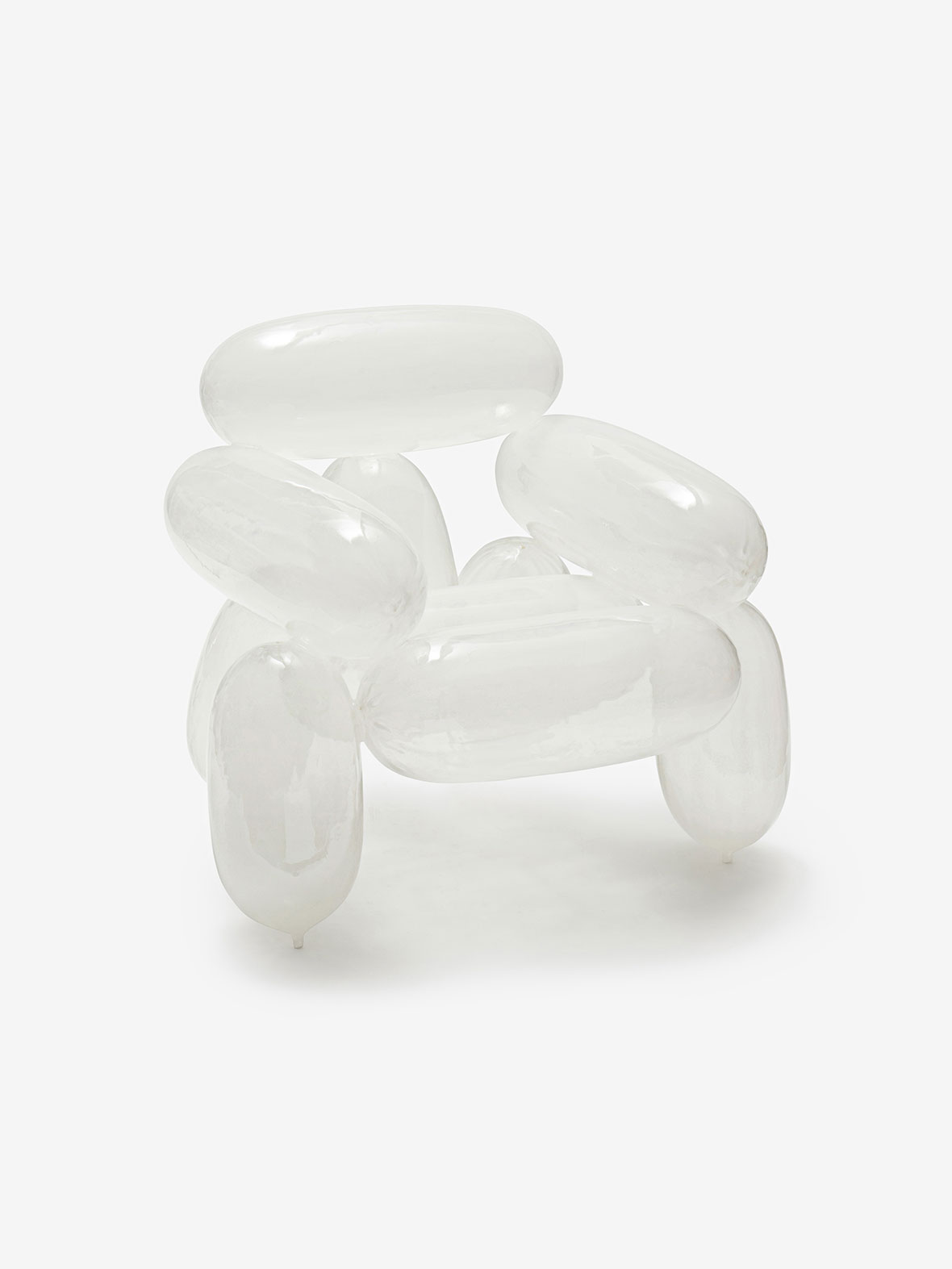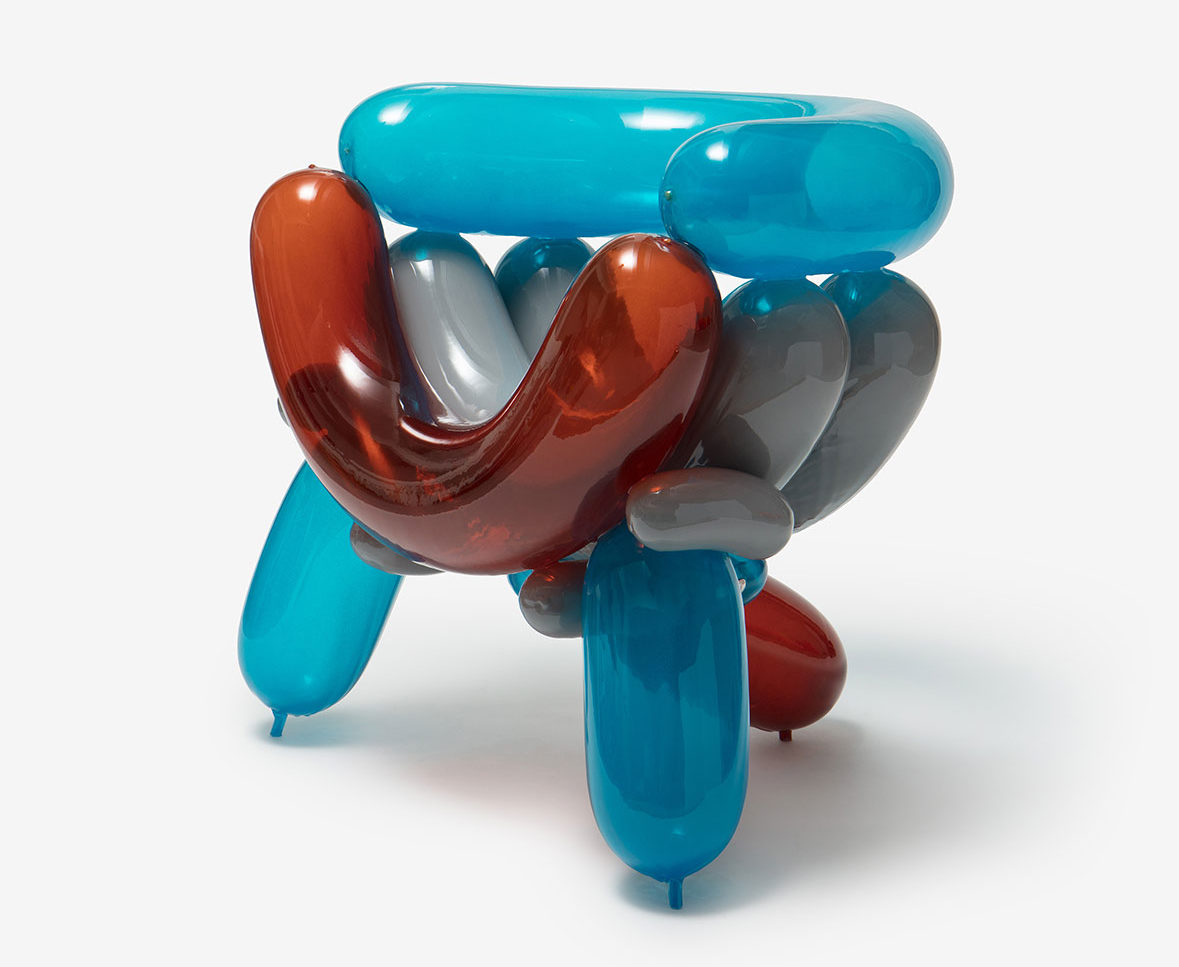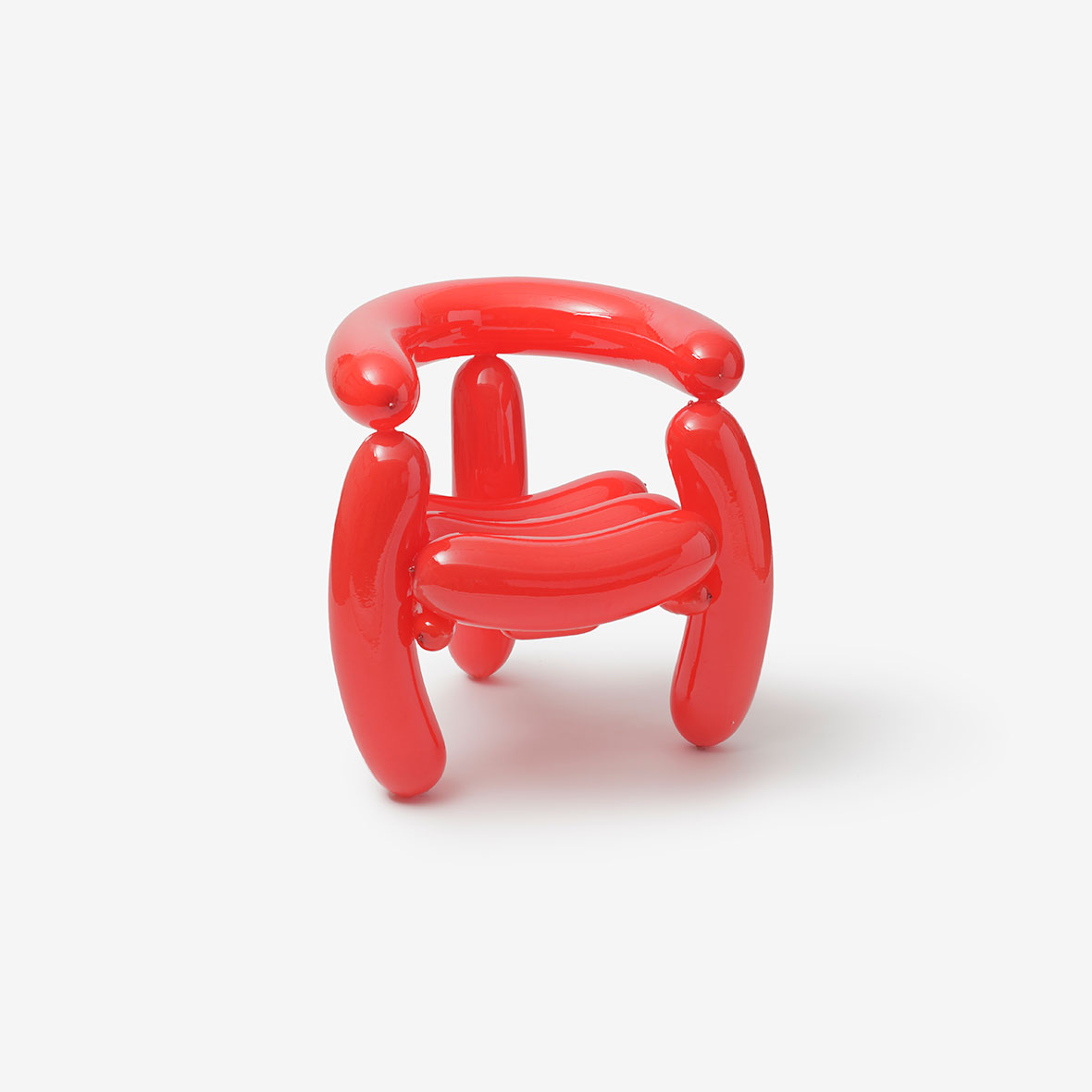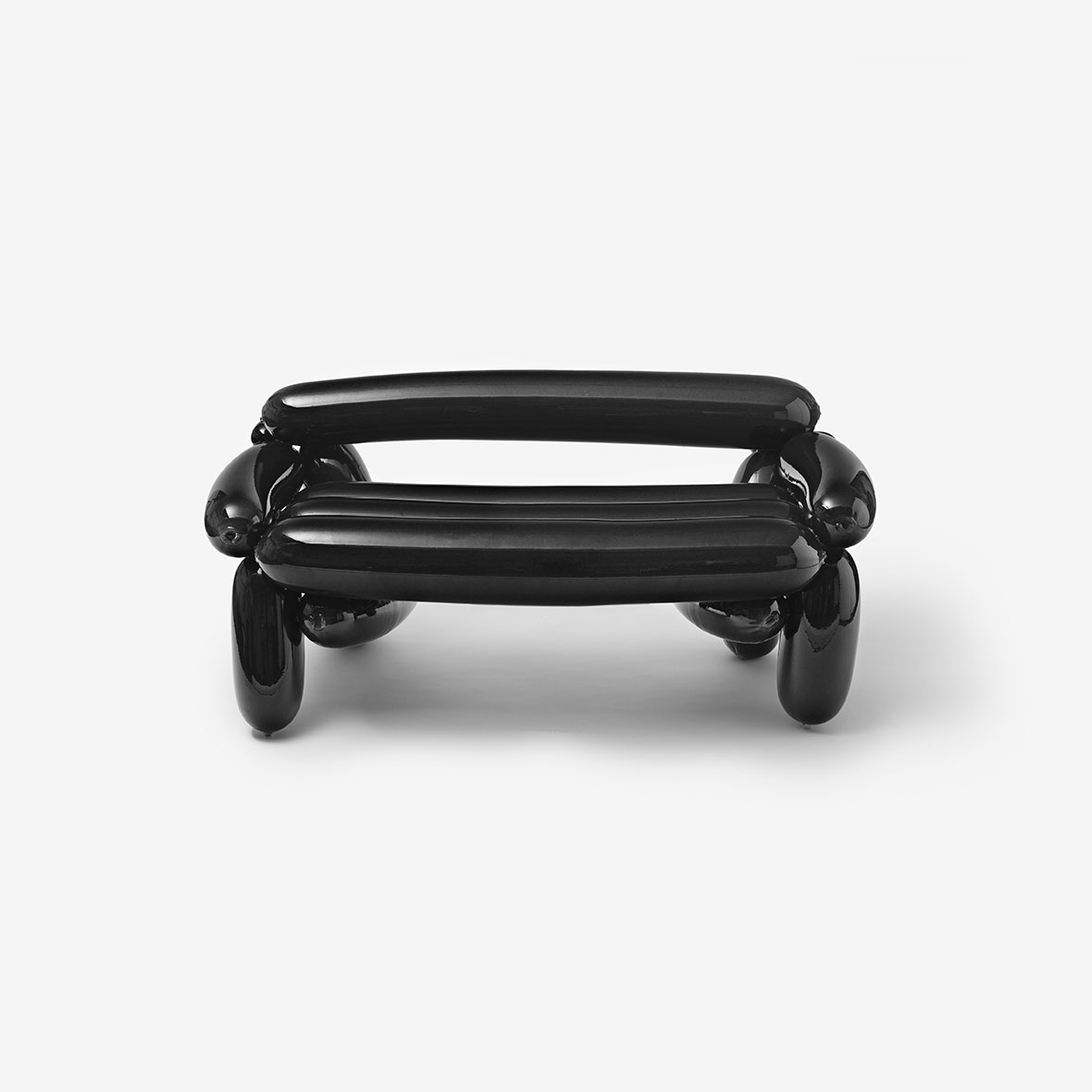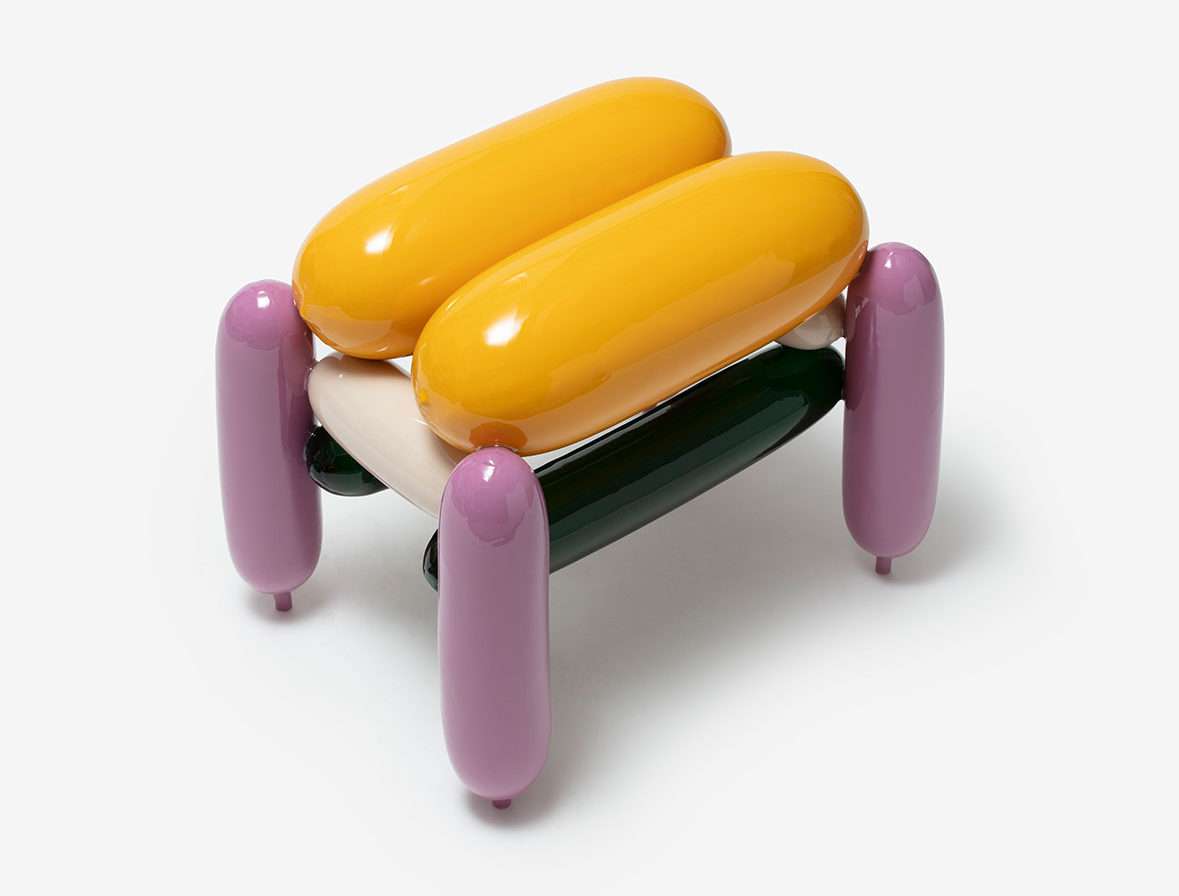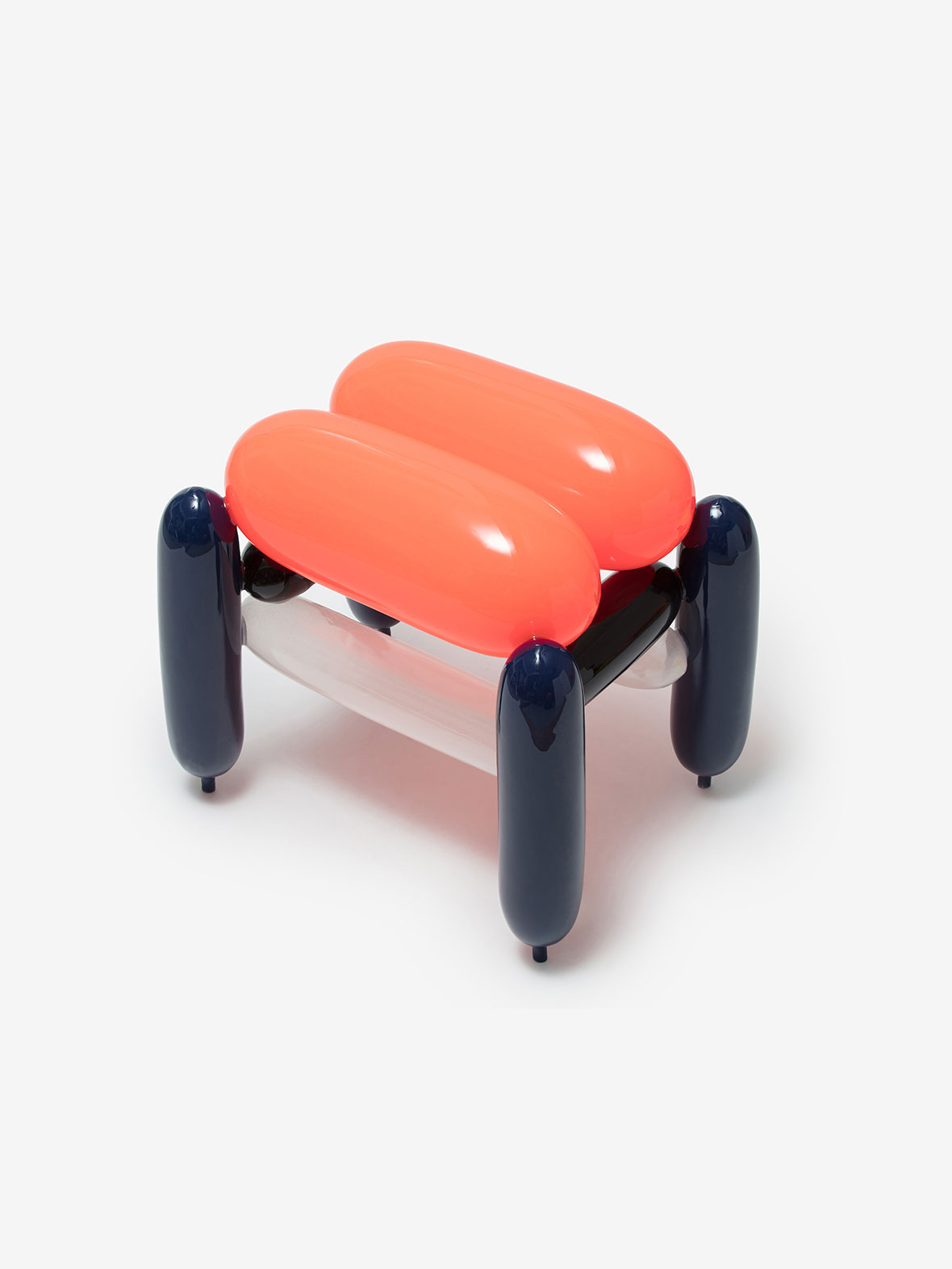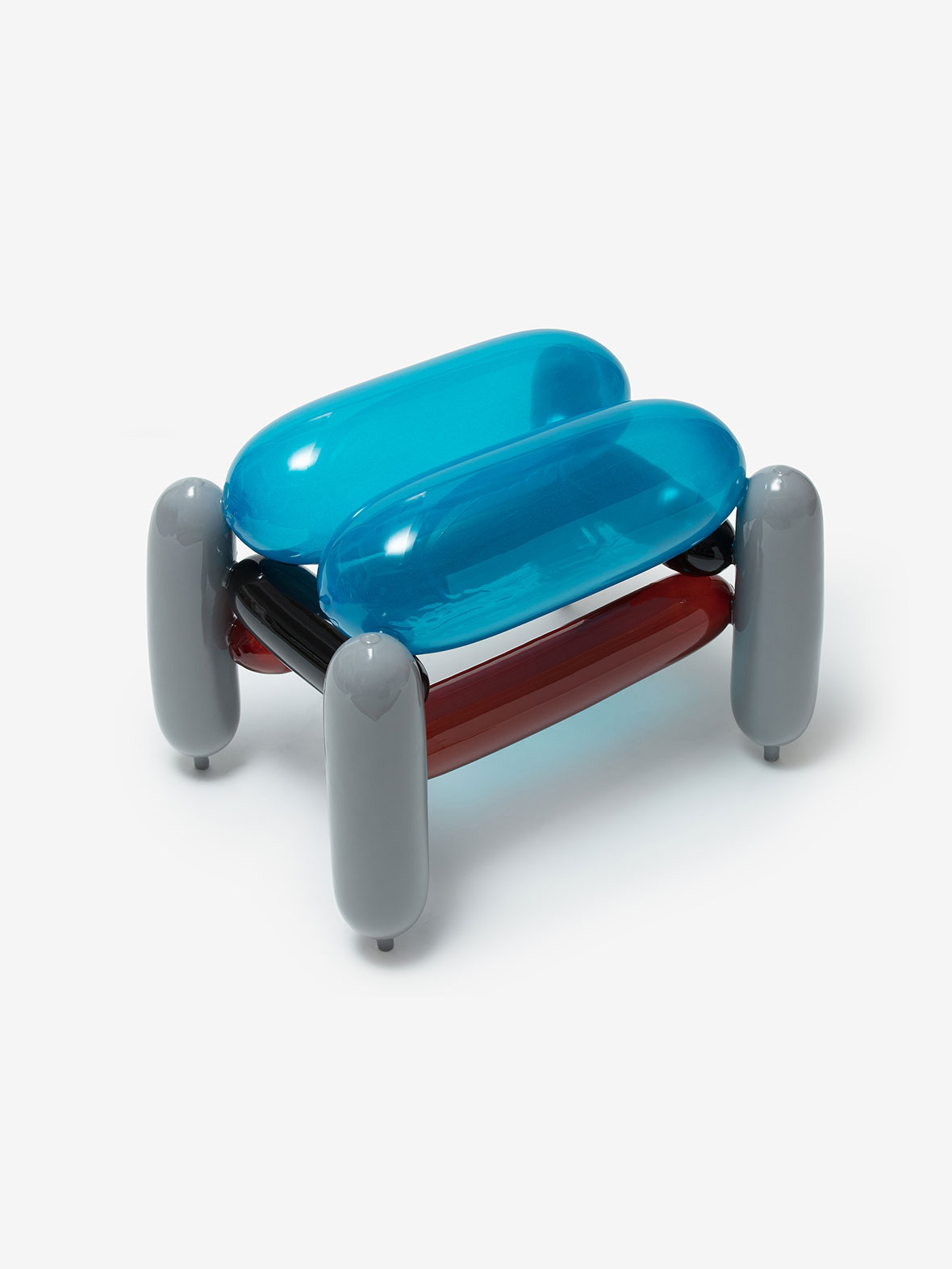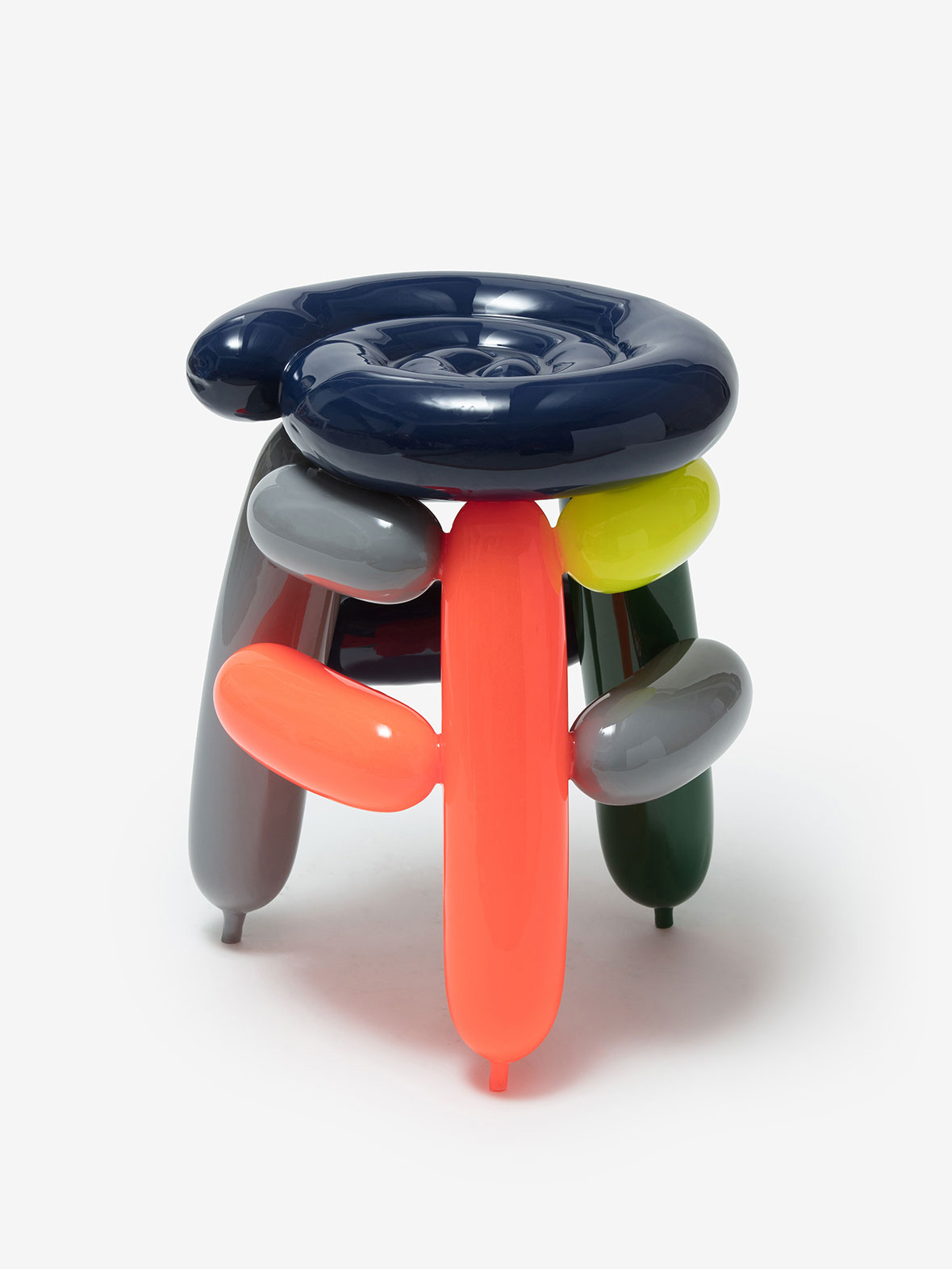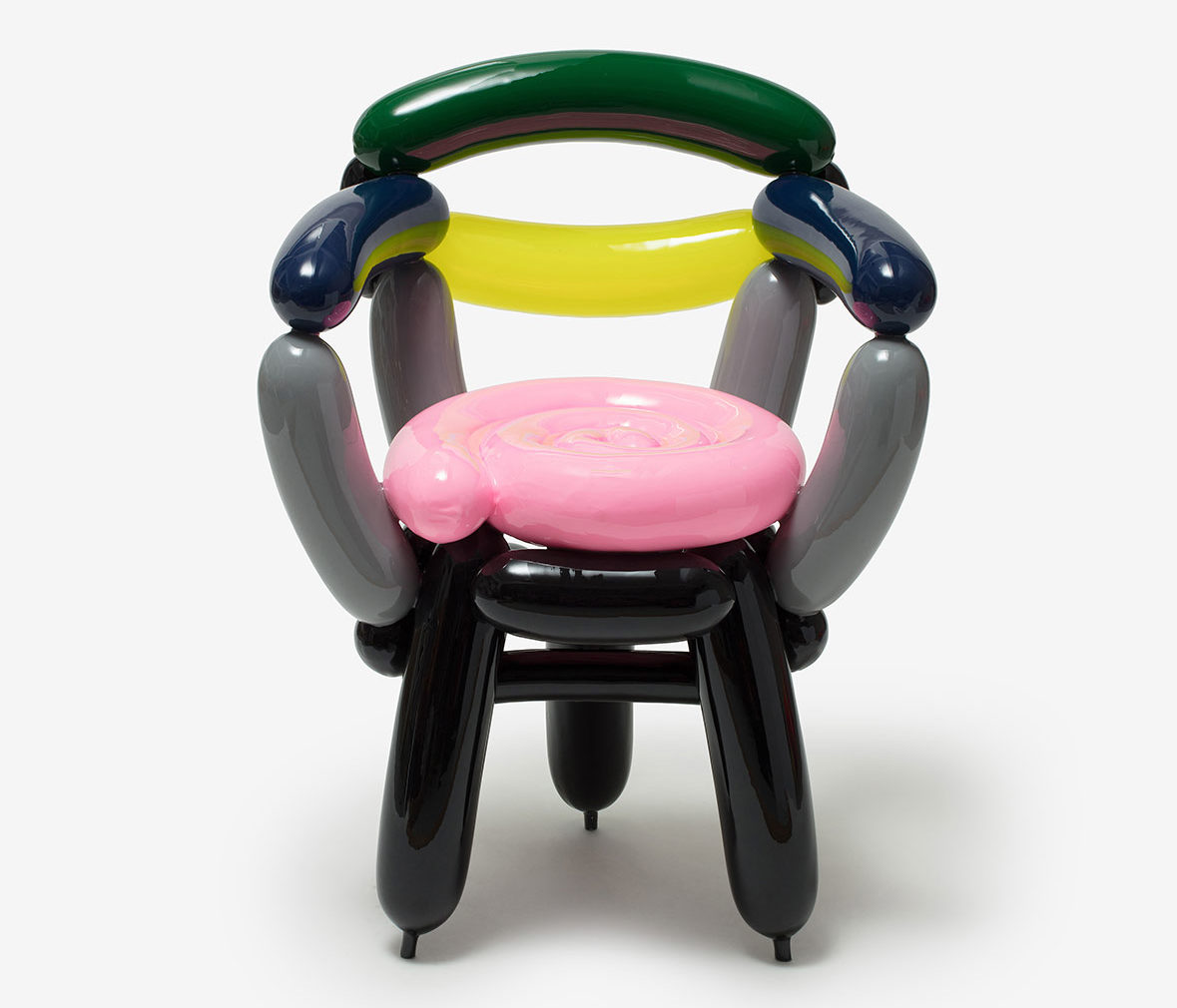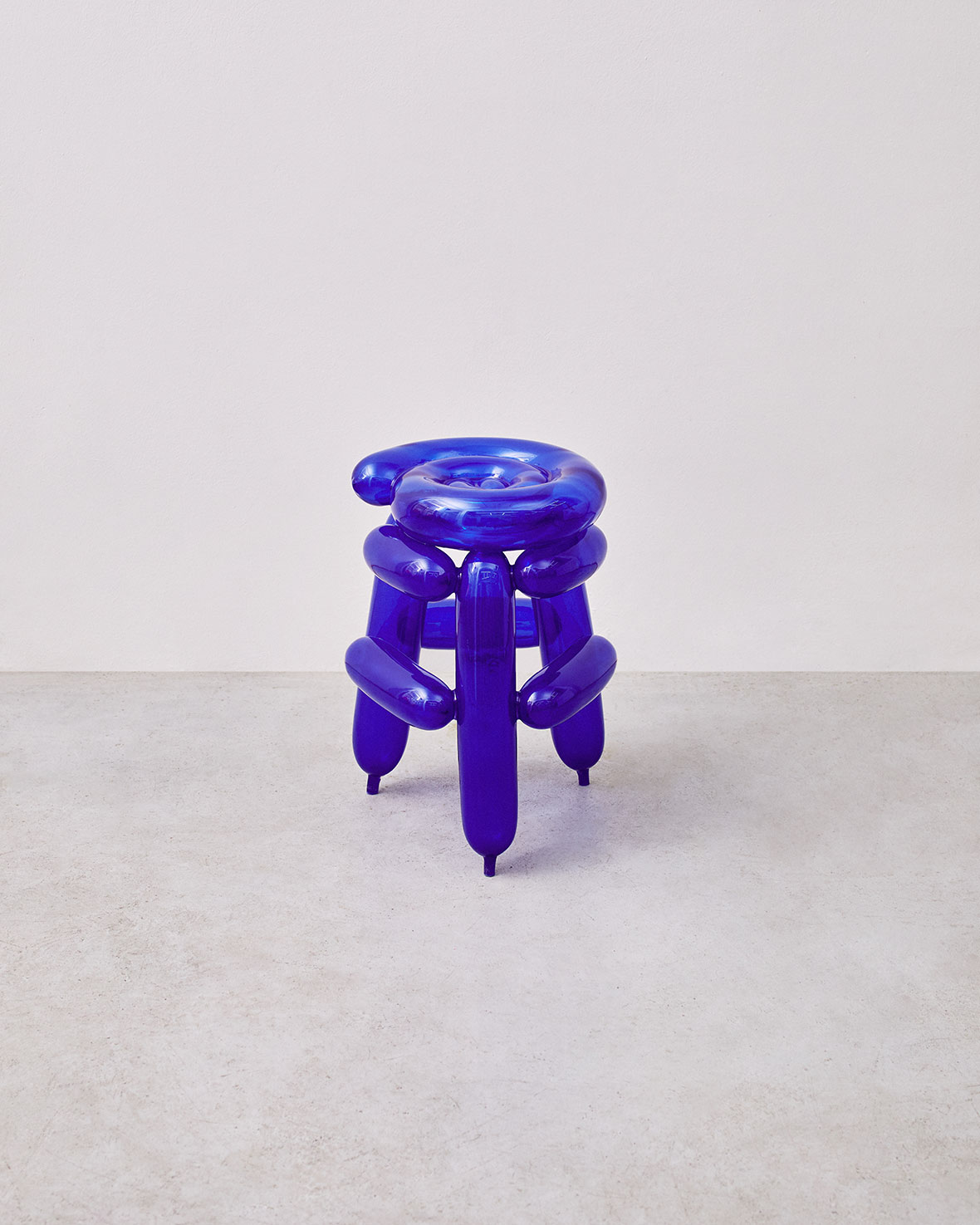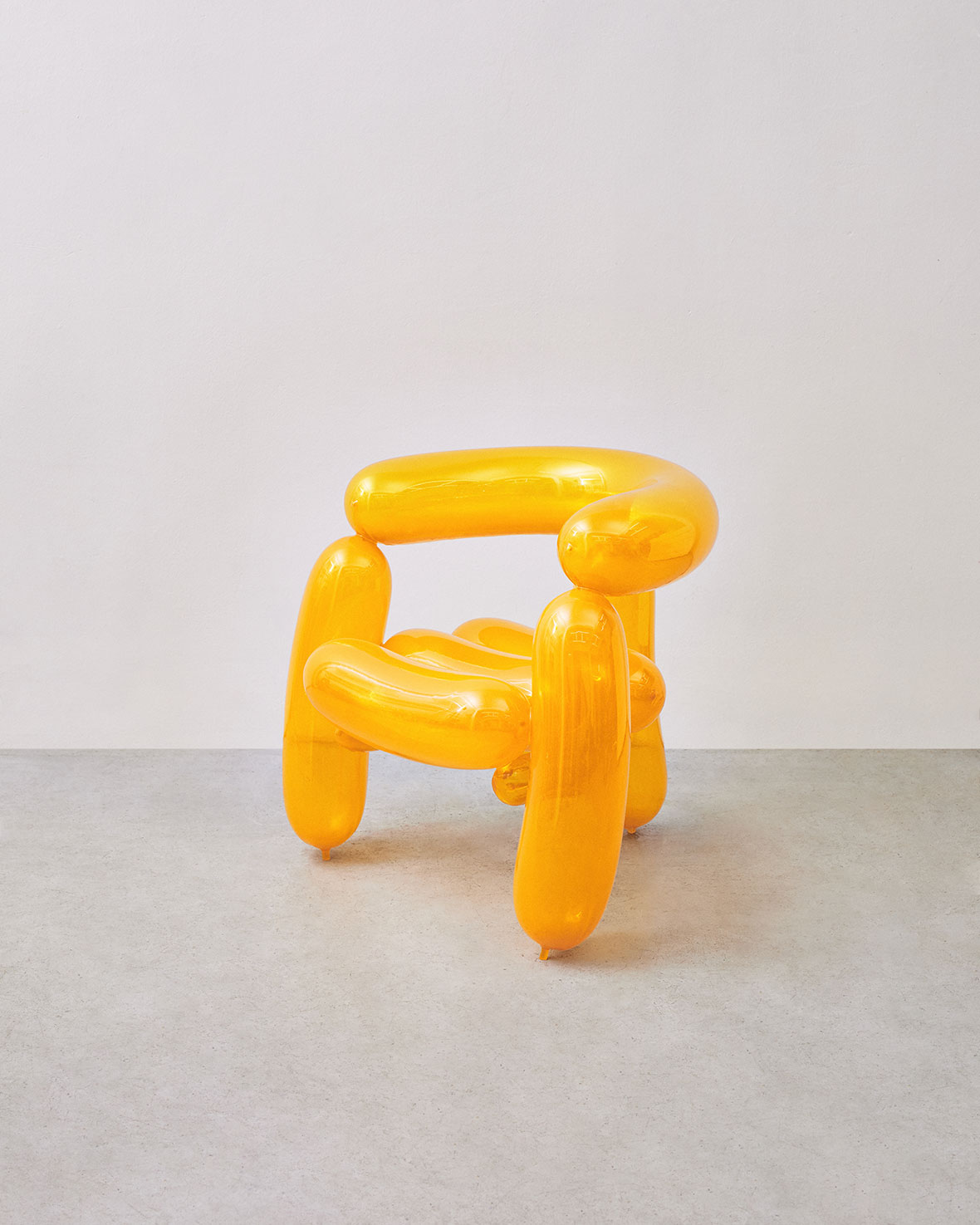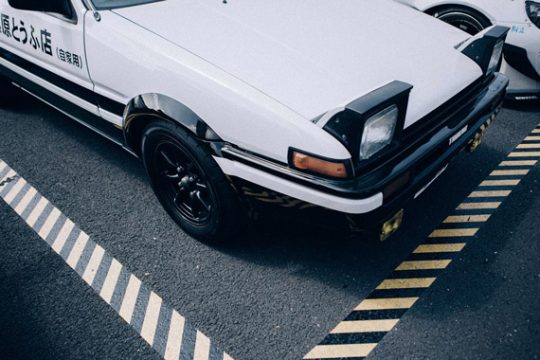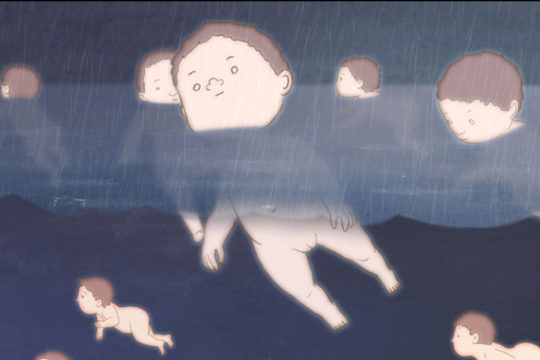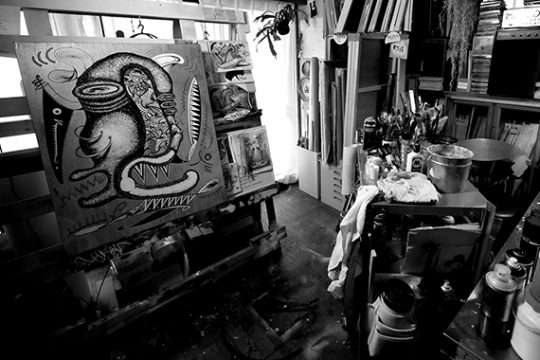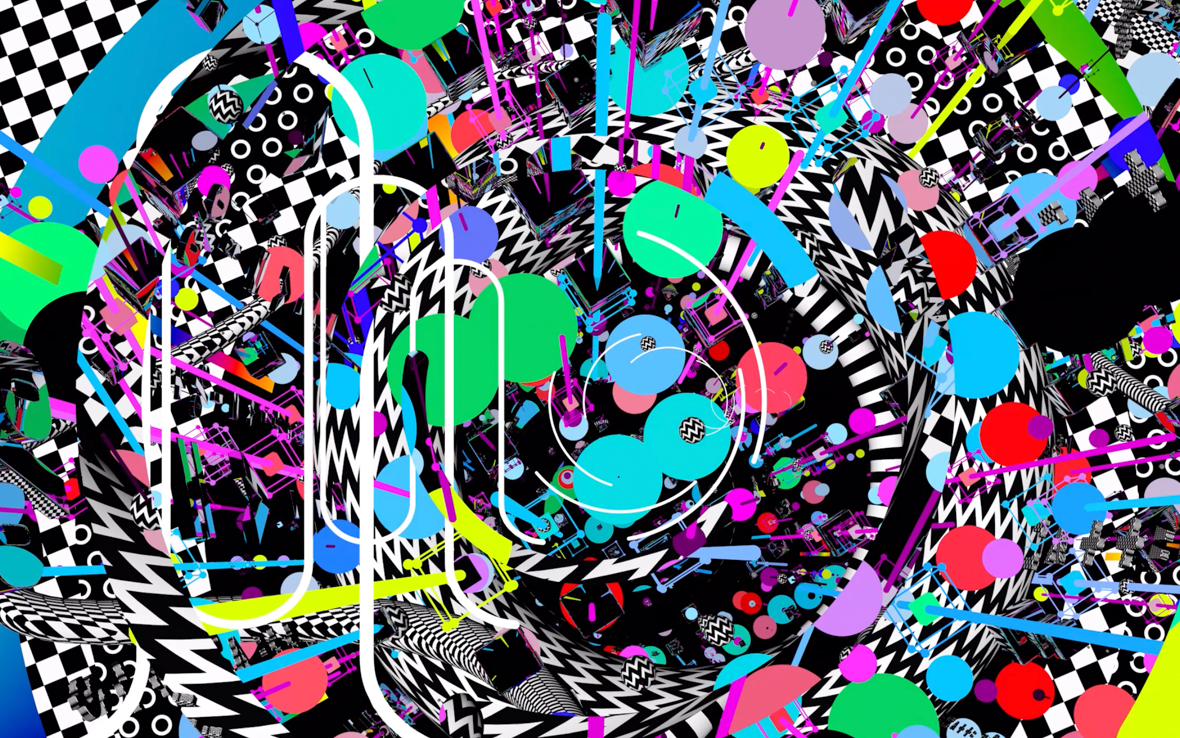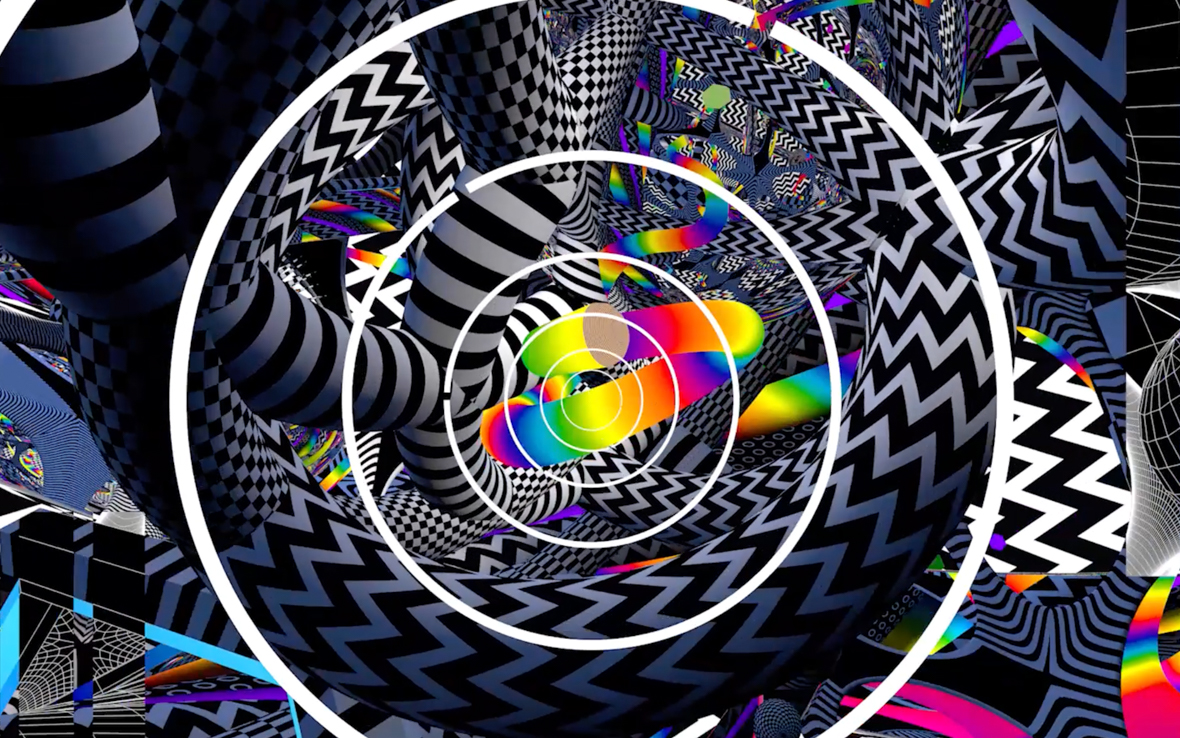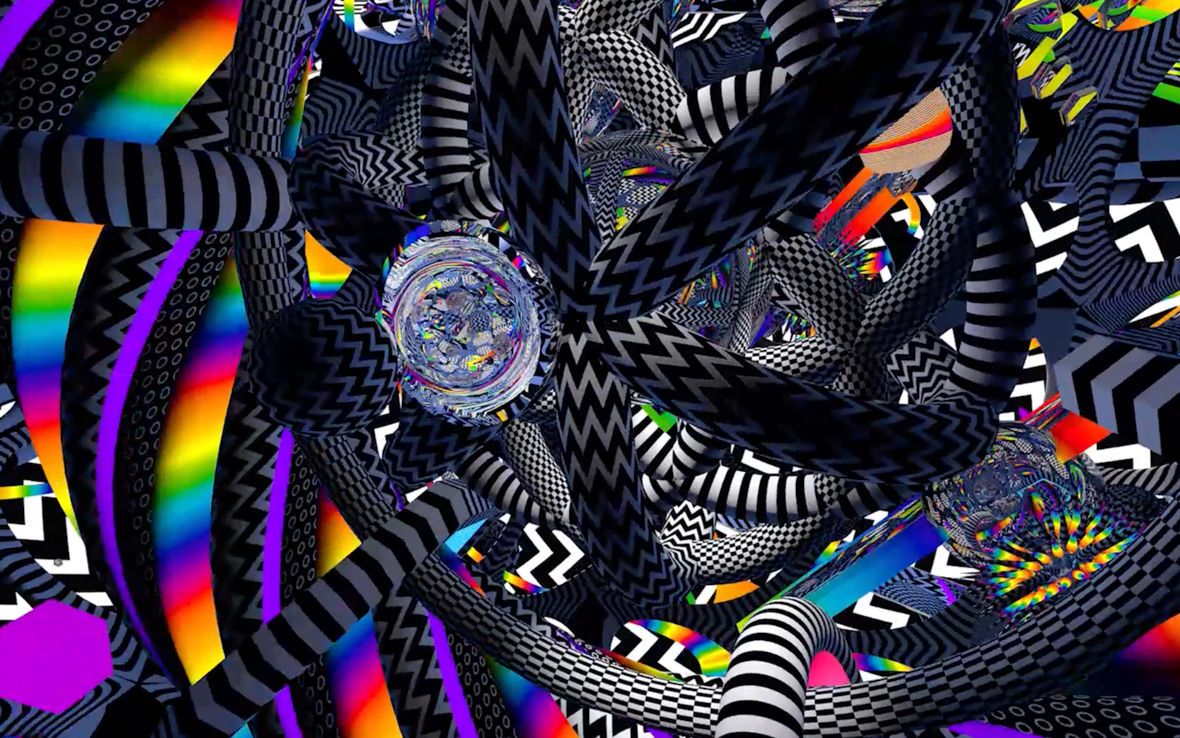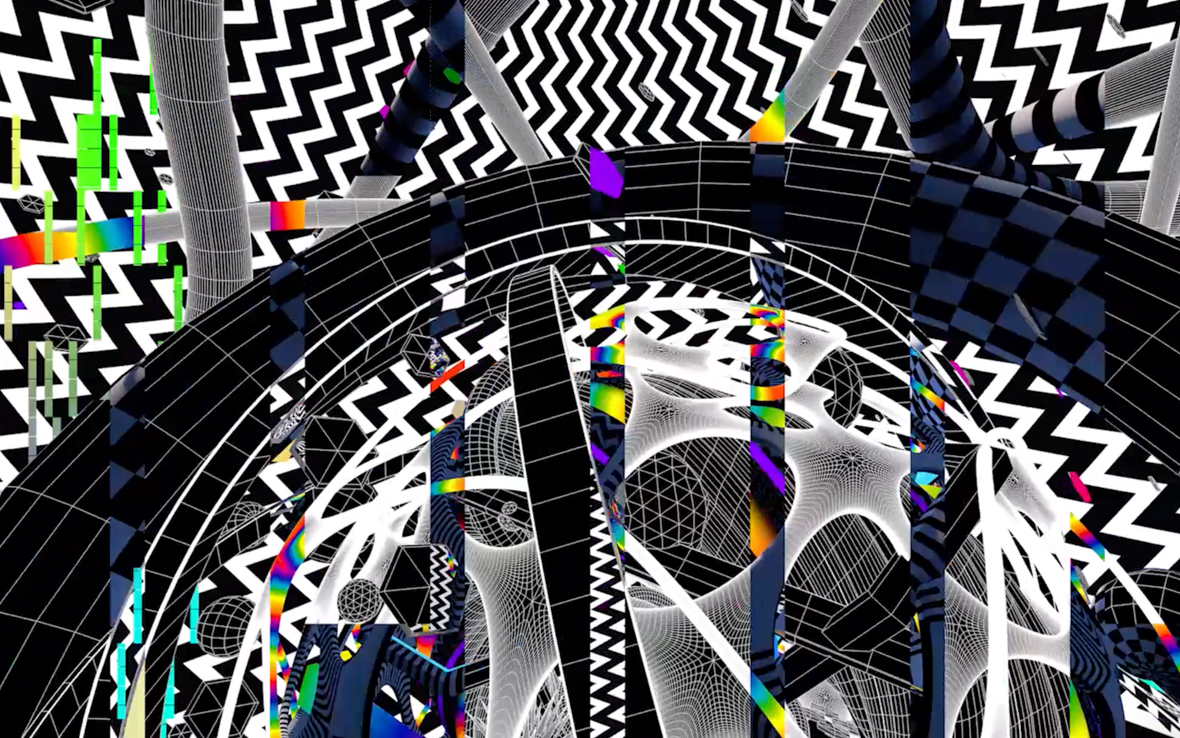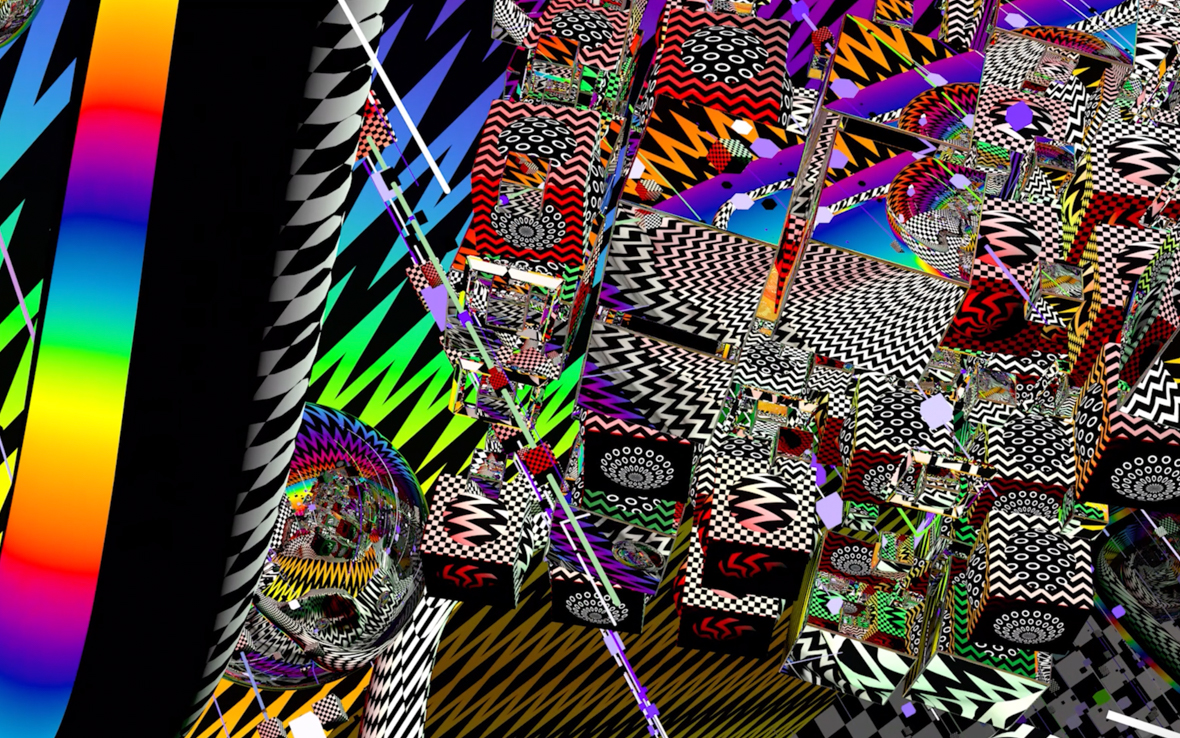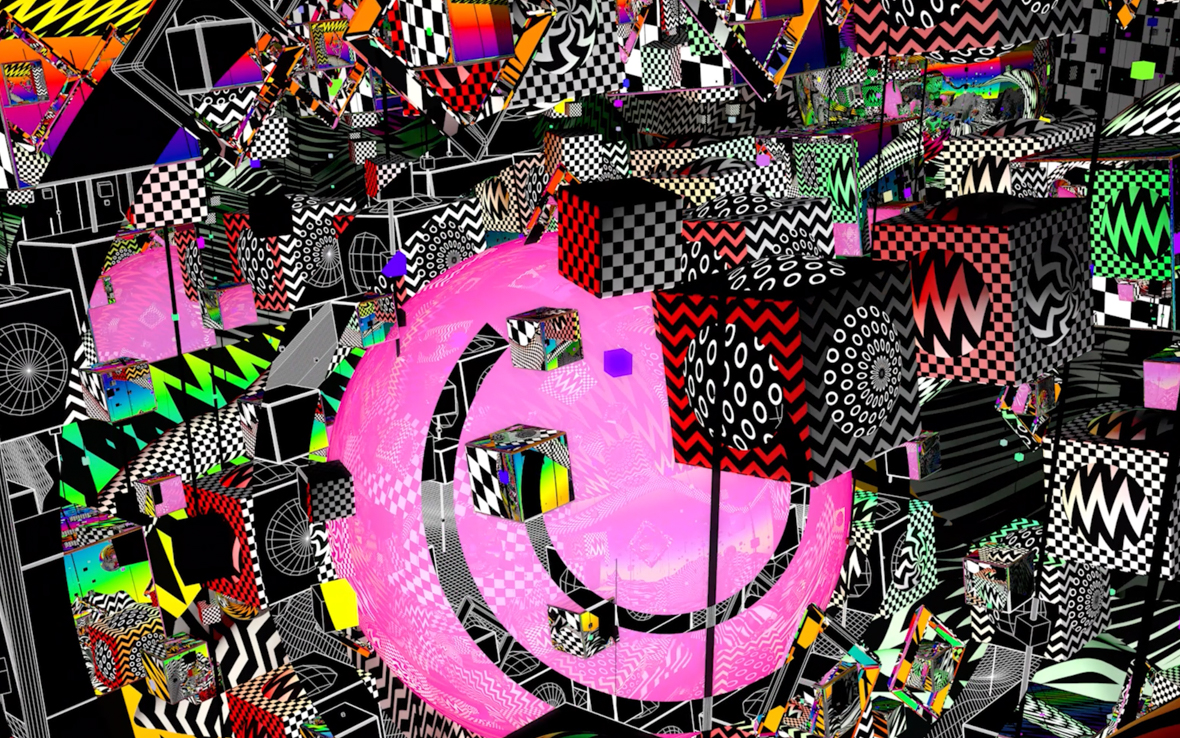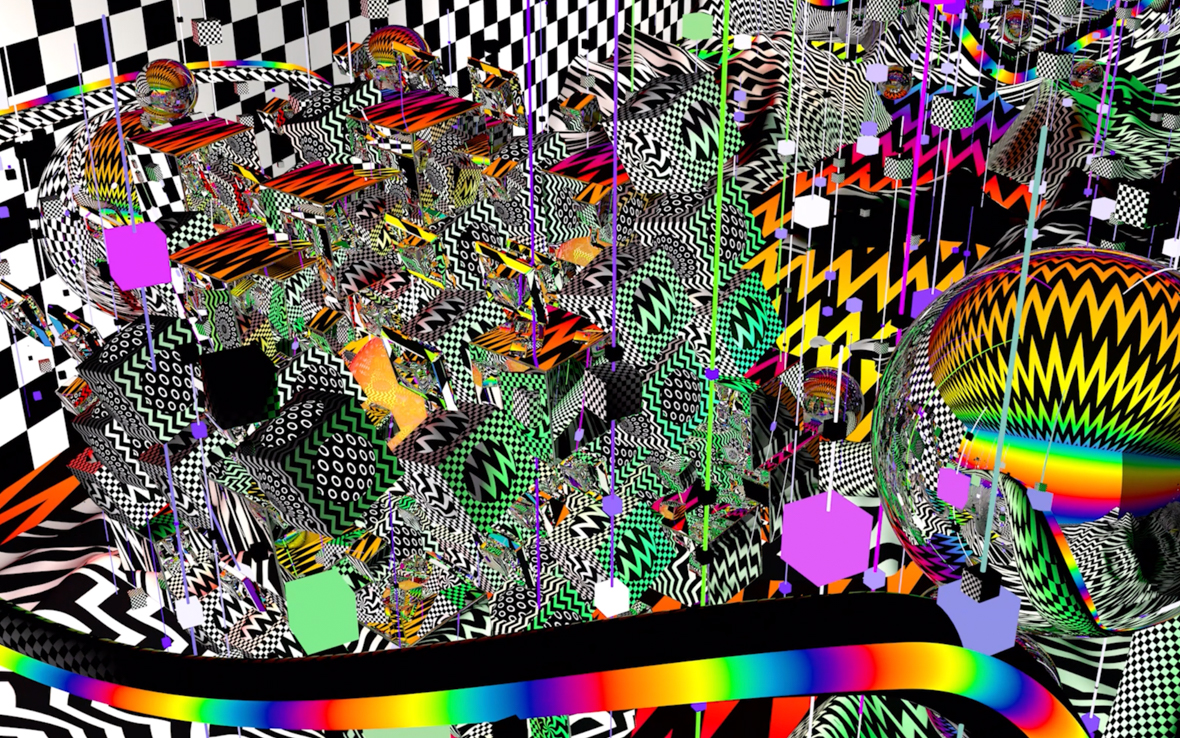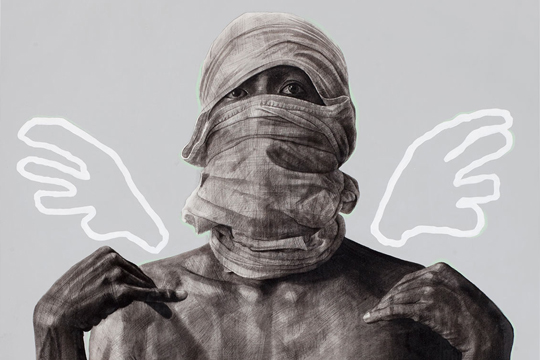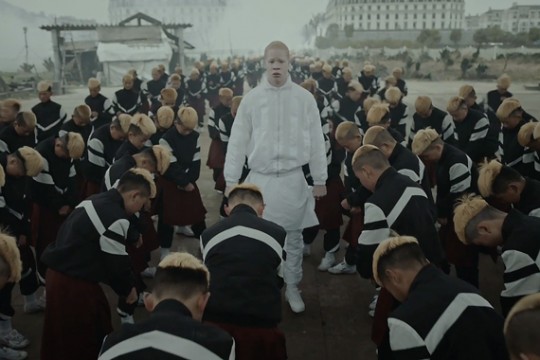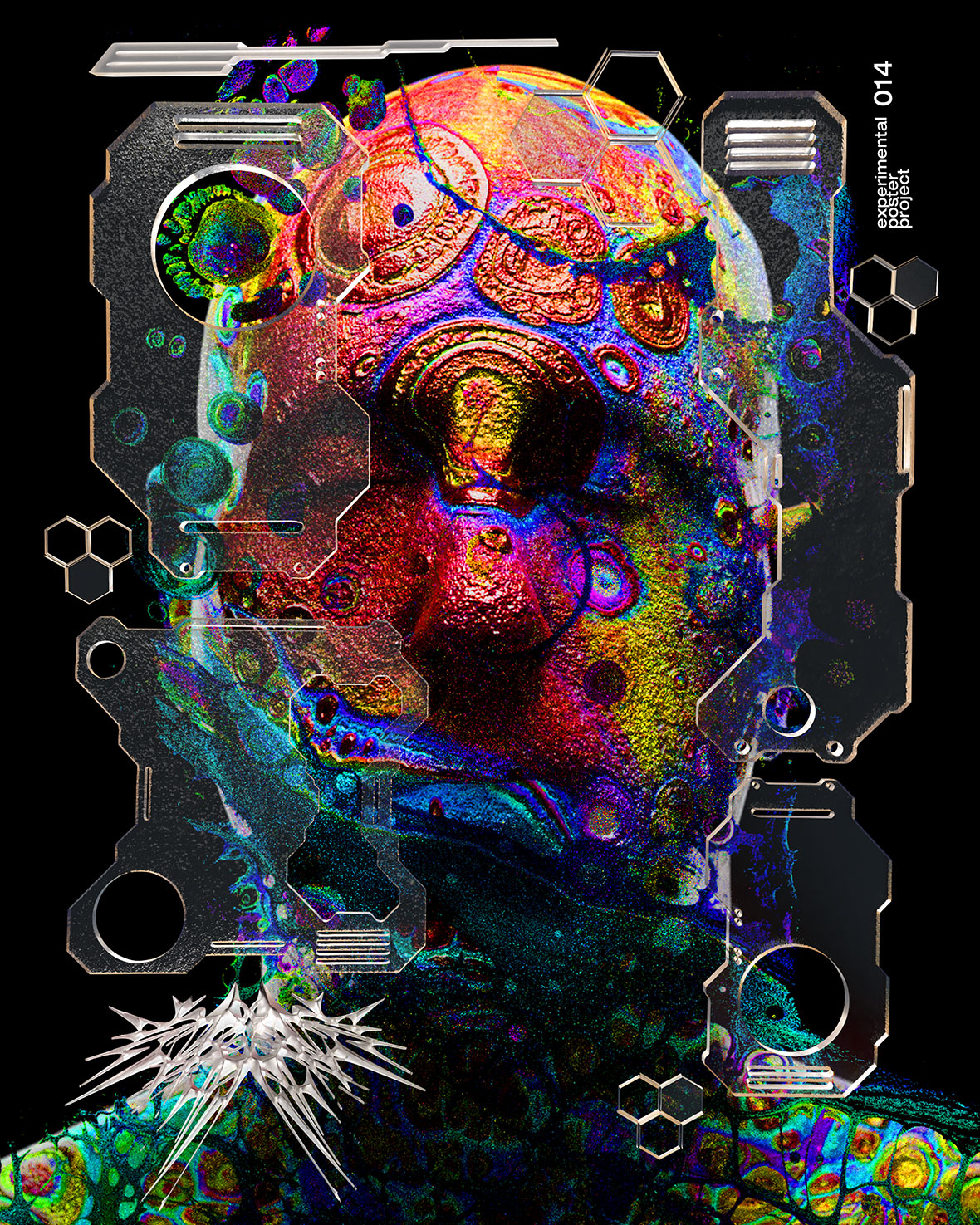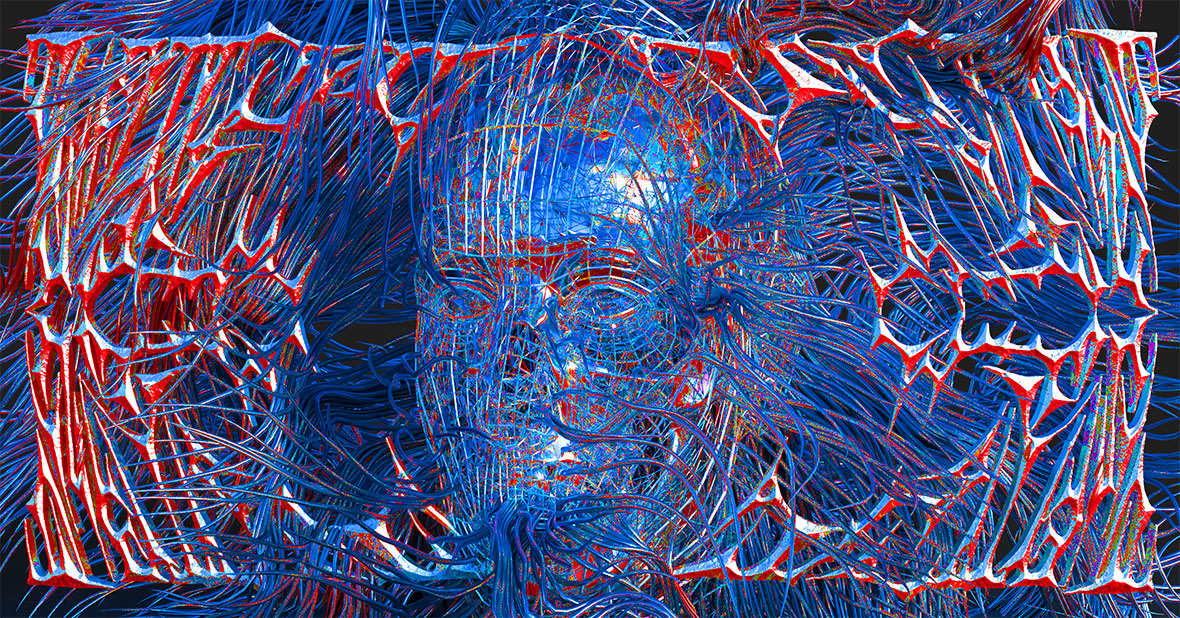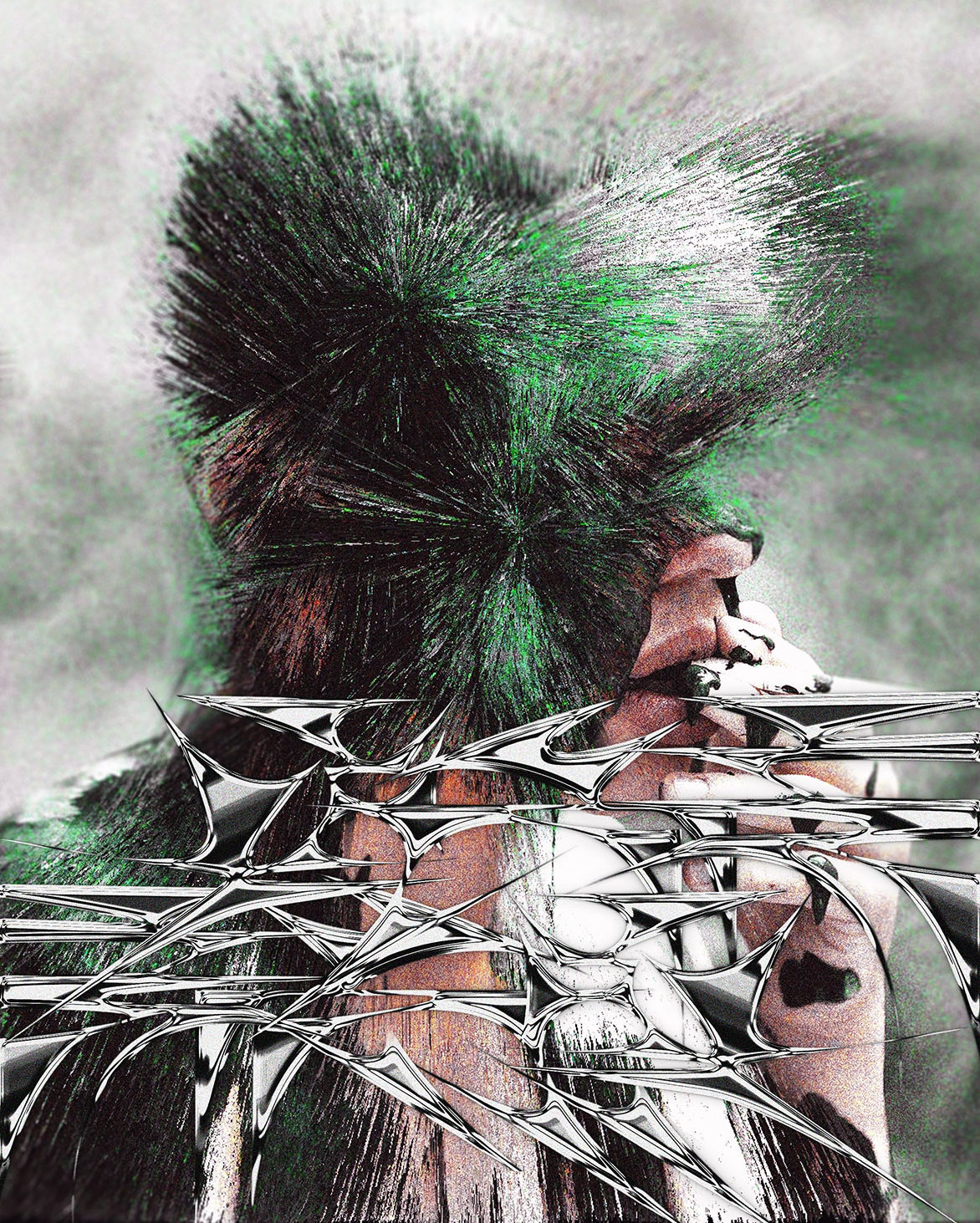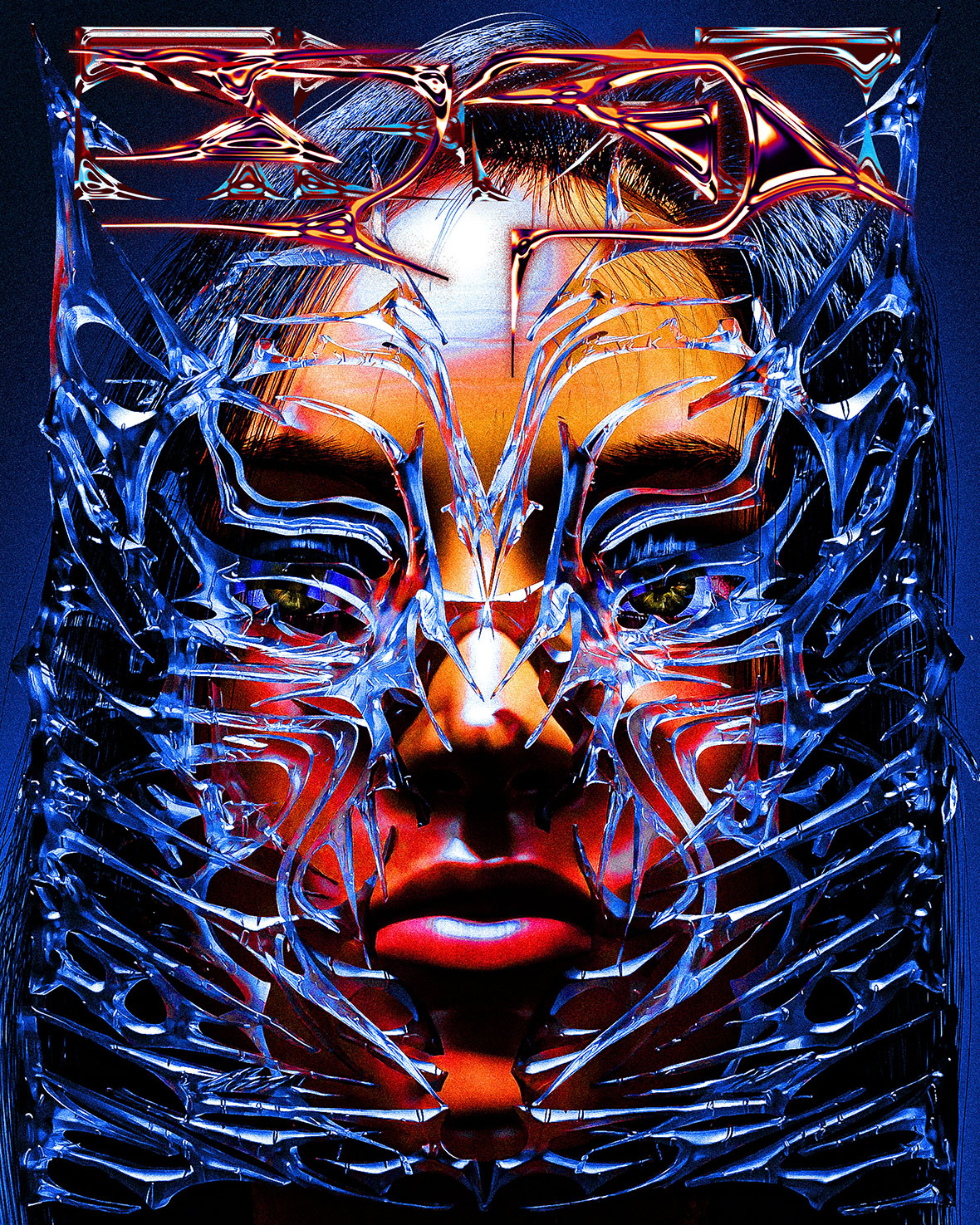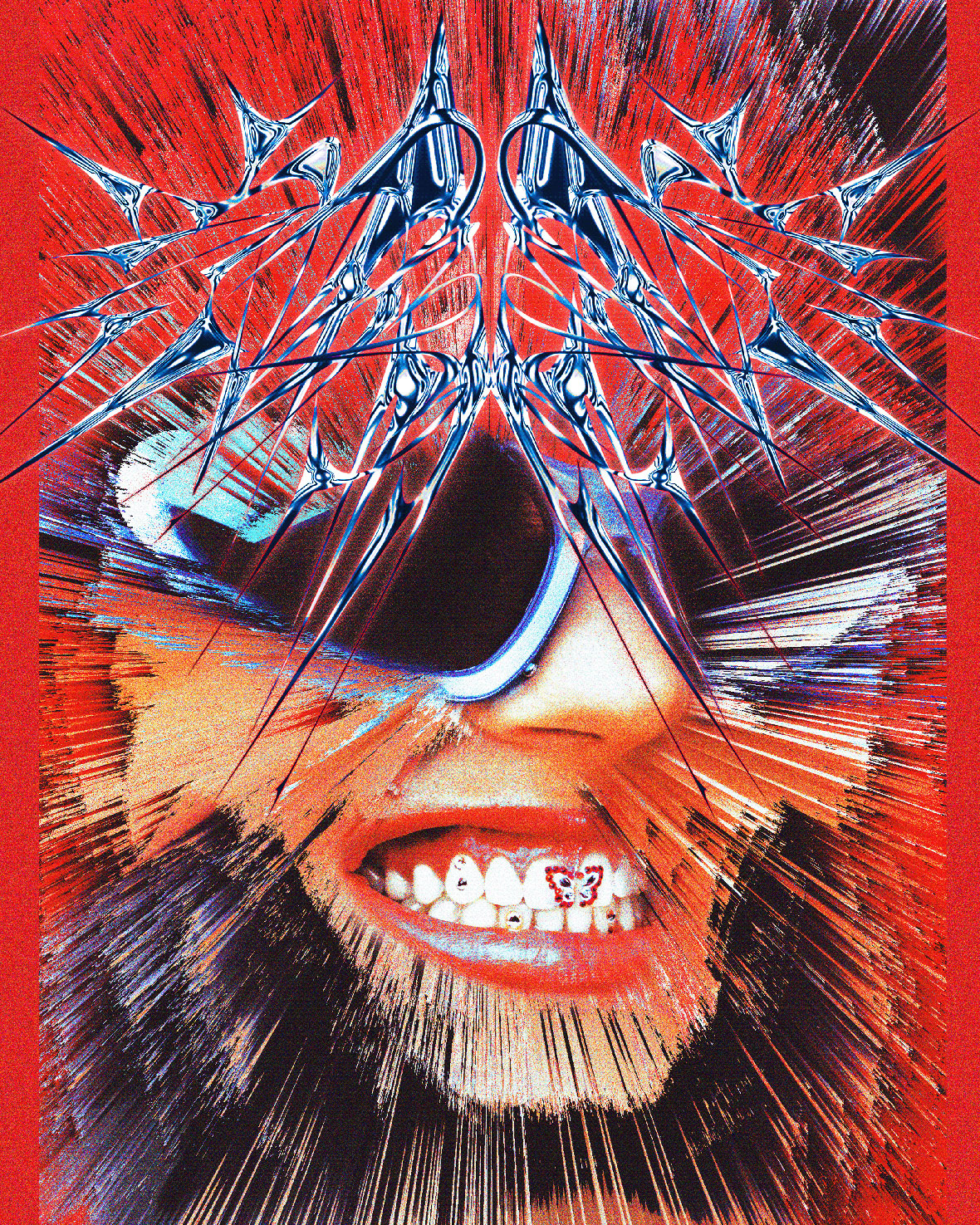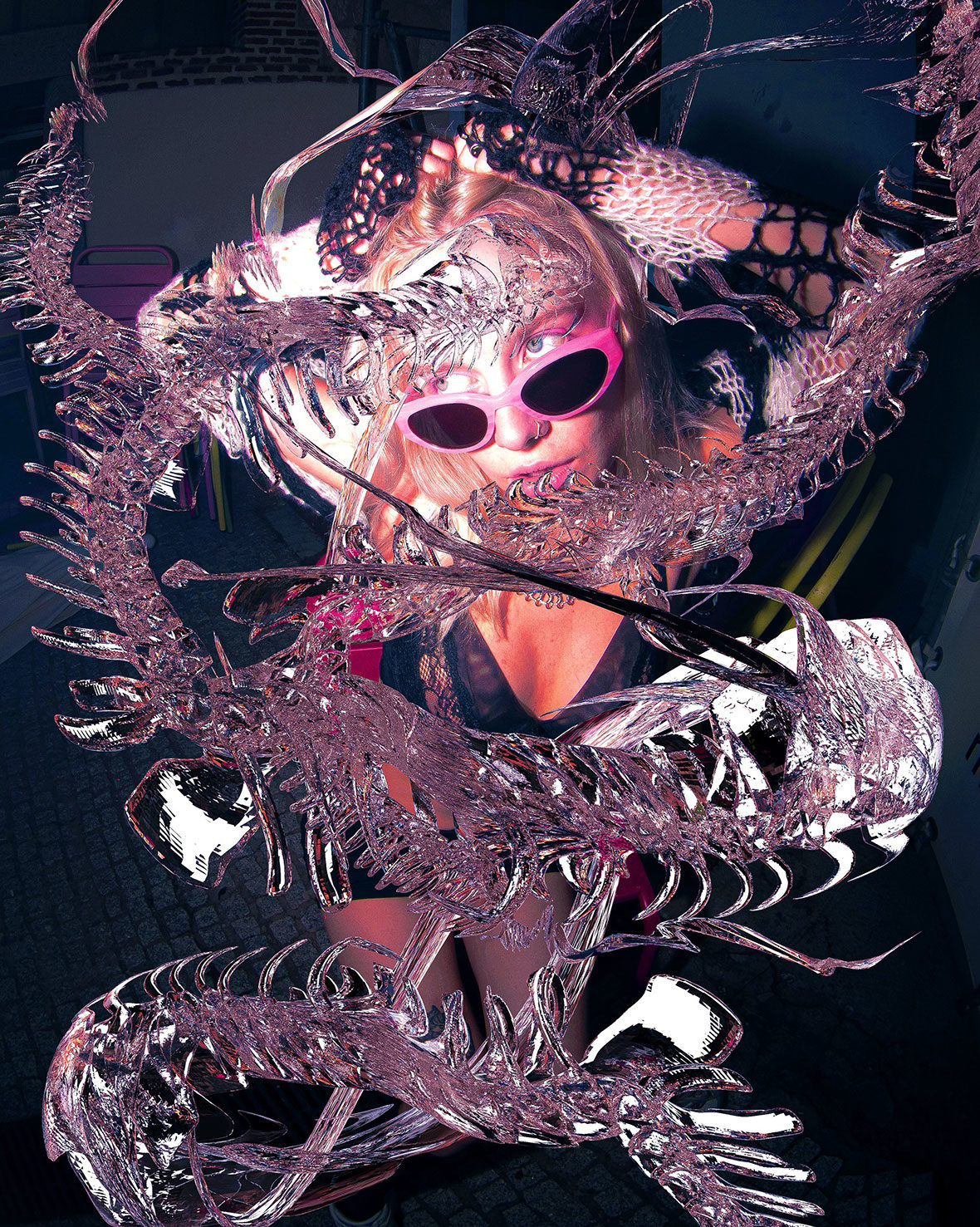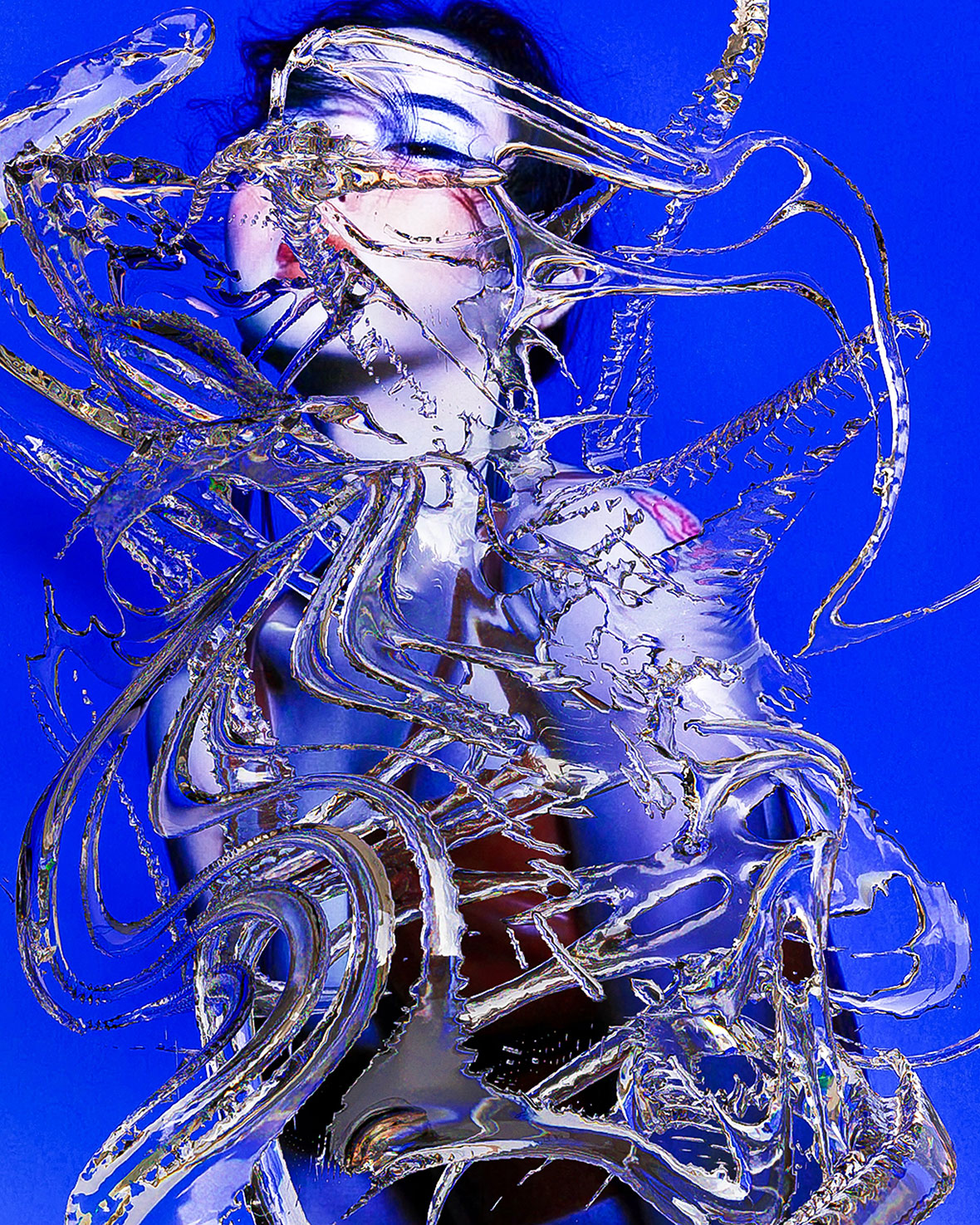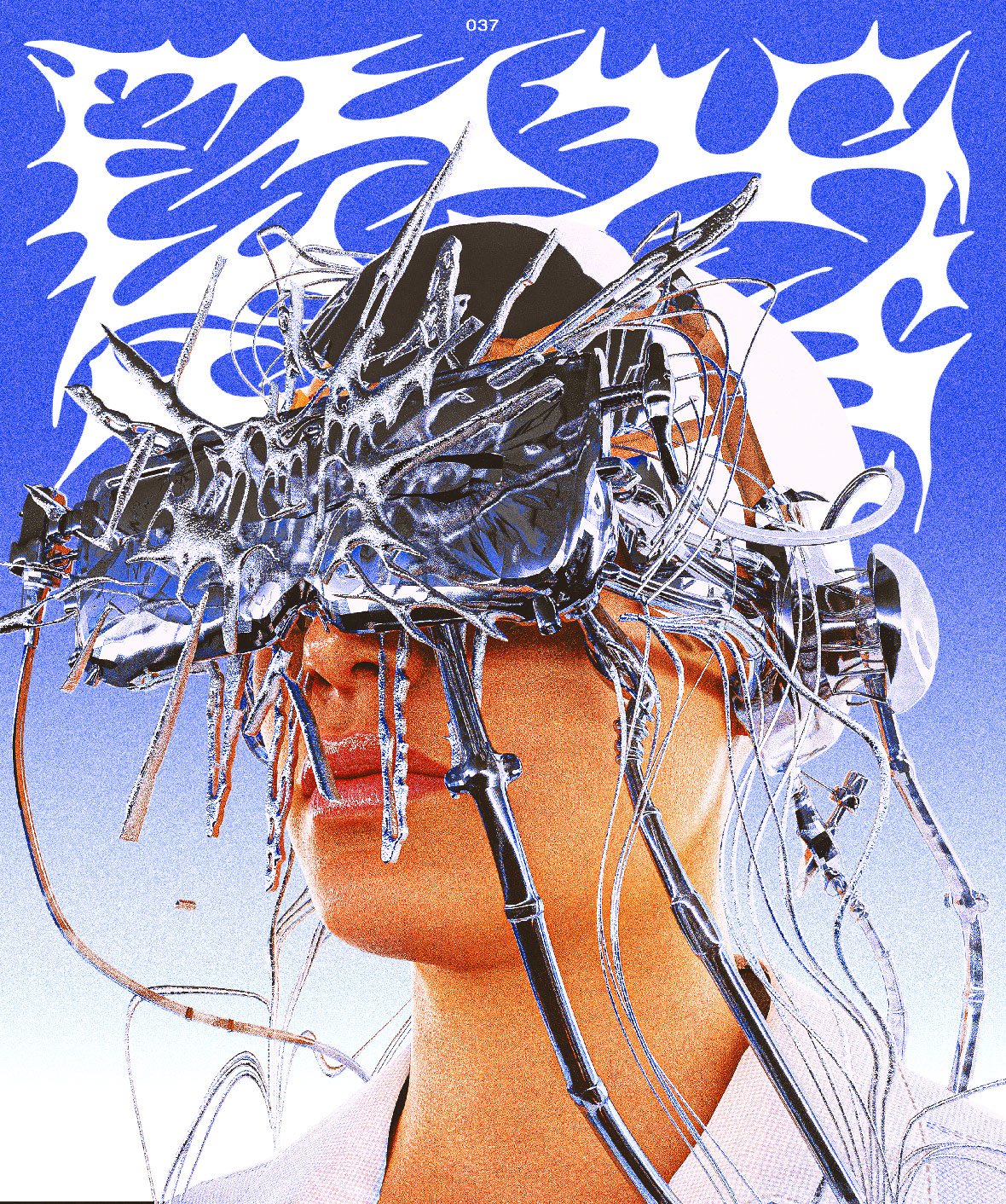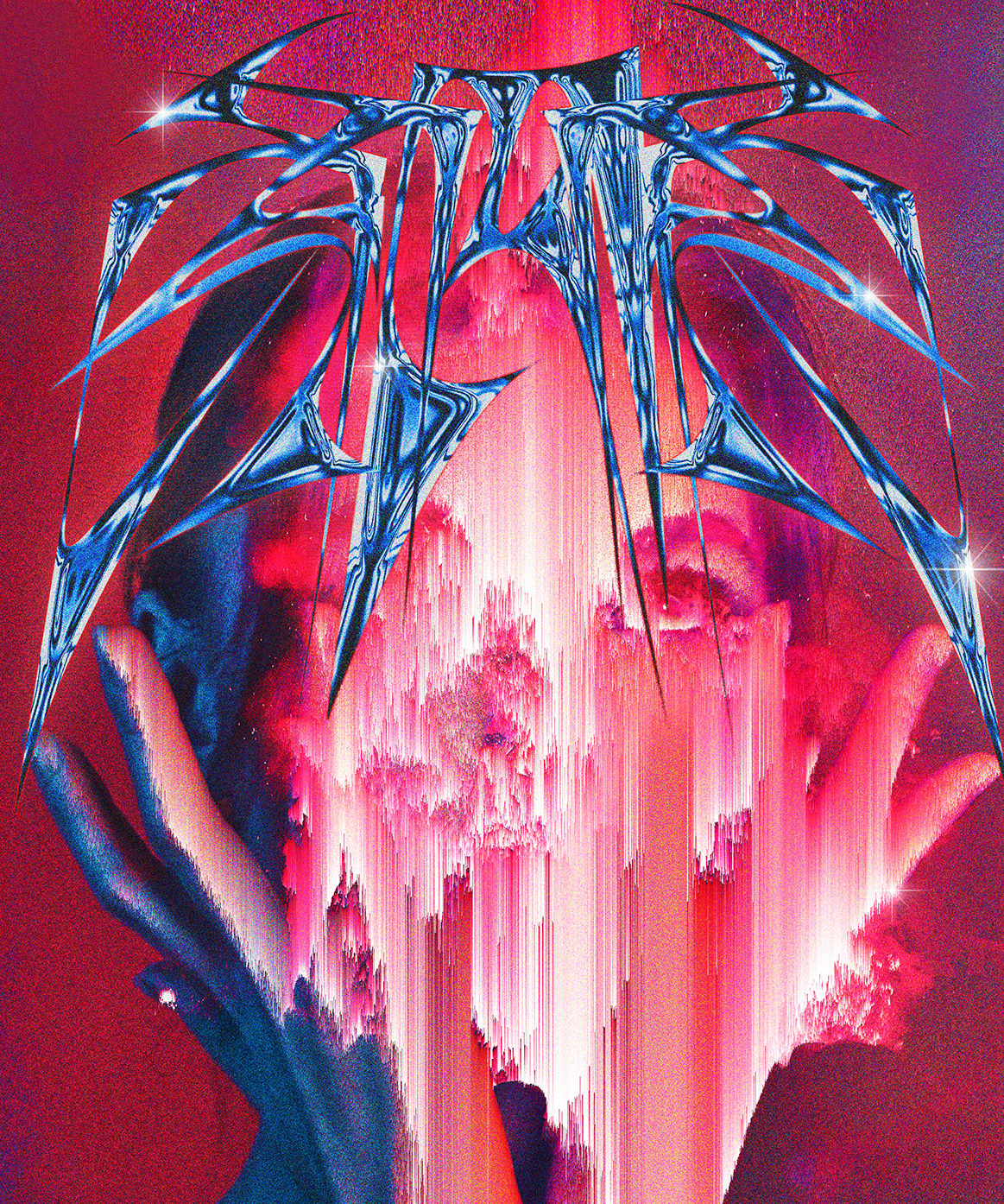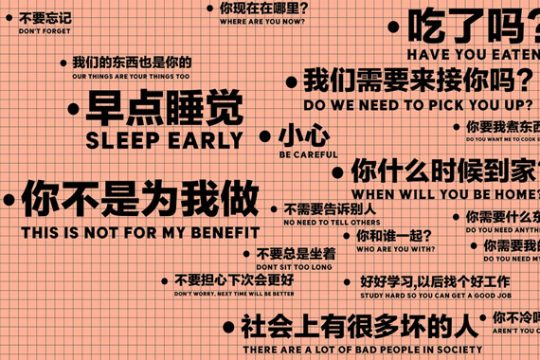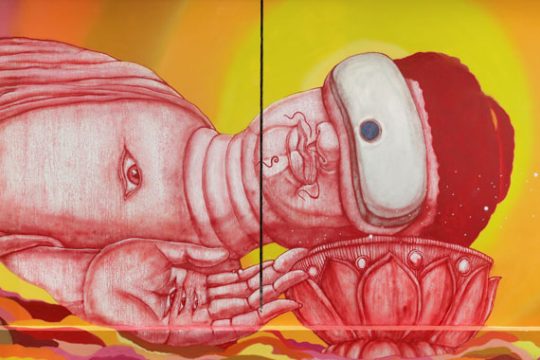
Even small sparks of light can be appreciated in the dead of night, but in broad daylight, they’re not worth a glance. When you’re all alone, brief interactions become significant. The way our relationship with everyday things changes depending on our situation is at the core of Korean artist An Gyungsu’s paintings. He dwells along the fringes, making himself at home on the outskirts of cities, burrowing into forgotten spaces. Untended fields and dead forests, empty construction sites and abandoned lots, dark back streets and alleys. They all evoke unsettling feelings and hint with dread at their uncertainty. What’s obscured by those shadows and hidden behind those cluttered coverings? How can such simple settings hold such power over us? But here lies hope, it presents the ability to value small pleasures.
漆黑的夜,再小的火花也格外亮眼;当独自面对孤独,瞬间的互动也能带来强烈的感受。我们与日常万物的联系在不同处境下发生变化,这是韩国艺术家 An Gyungsu 的绘画创作核心。他安家于城市郊区,徘徊于边缘地带,深入探索那些被人们所遗忘的角落——从荒凉的田野和森林,到空荡的建筑工地和废墟,以及深幽的小巷,无一不令人毛骨悚然,弥漫着死寂与诡秘的气息。黑暗的阴影与杂乱的外表之下隐藏着什么?这些空空如也的不毛之地为什么能让人们产生如此强烈的感受?而同样也是在这些角落里,闪烁着希望的微光和发现生活乐趣的能力。
An grew up in Busan and moved to Seoul to study art at university. He majored in traditional art, which was called Korean painting at the time, but found the style too restrictive, forcing him to rethink his understanding of art. One day while waiting for a bus, he found himself staring at a construction site and an uncomfortable curiosity took hold. The building was sheathed in massive blue tarps and in front of it was a wooden barricade with cheap paintings of trees, lakes, and rainbows on its surface. Crowds of people passed by the whole thing without a glance. The mystery of what was going on behind all those coverings and the concept of different layers of reality stuck with him for several years, eventually becoming the foundation of his current style. “The place was temporarily a ruin but would soon be reborn as something new and alive,” he says. “Time was paused and filled with an artificiality that we all recognized only very vaguely.”
Gyungsu 从小在釜山长大,大学时搬到首尔学习艺术,主修传统韩国绘画。但后来他意识到,这种绘画风格过于局限,并重新梳理了自己对艺术的理解。某天在等公交时,他不由自主地盯着一处建筑工地,一种奇怪的好奇心涌上心头。这幢建筑由巨大的蓝色防火布覆盖,前方设置木制路障,表面绘有树木、湖泊和彩虹的图案。周围人来人往,却没有人看它一眼。多年来,他一直着迷于遮盖物背后的神秘世界,关于不同层次的现实这一概念也始终萦绕于心,最终奠定了他如今的创作风格。他说:“这些地方暂时是一片废墟,但很快就会重见天日,焕发新的面貌和活力。时间像是被暂停,表面的荒凉背后却有人情味若隐若现。”
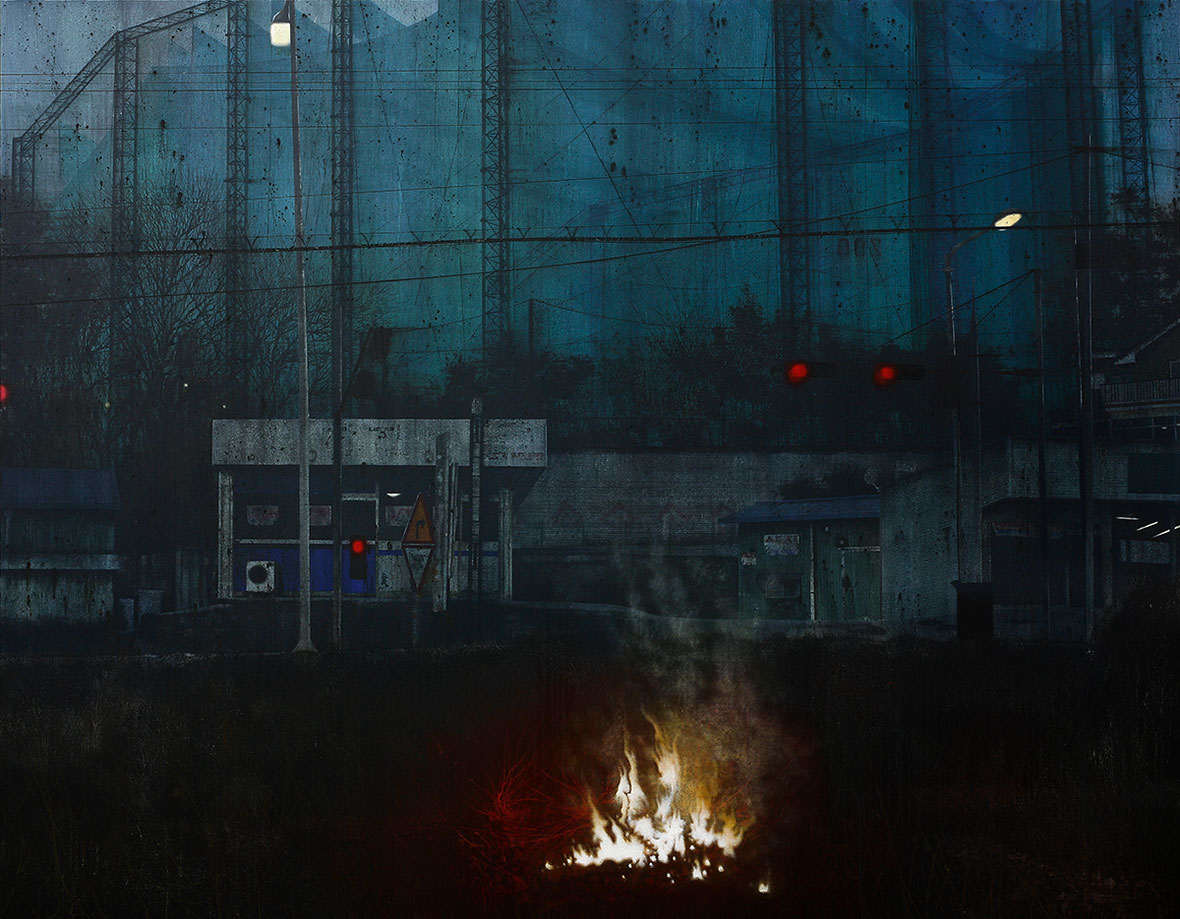
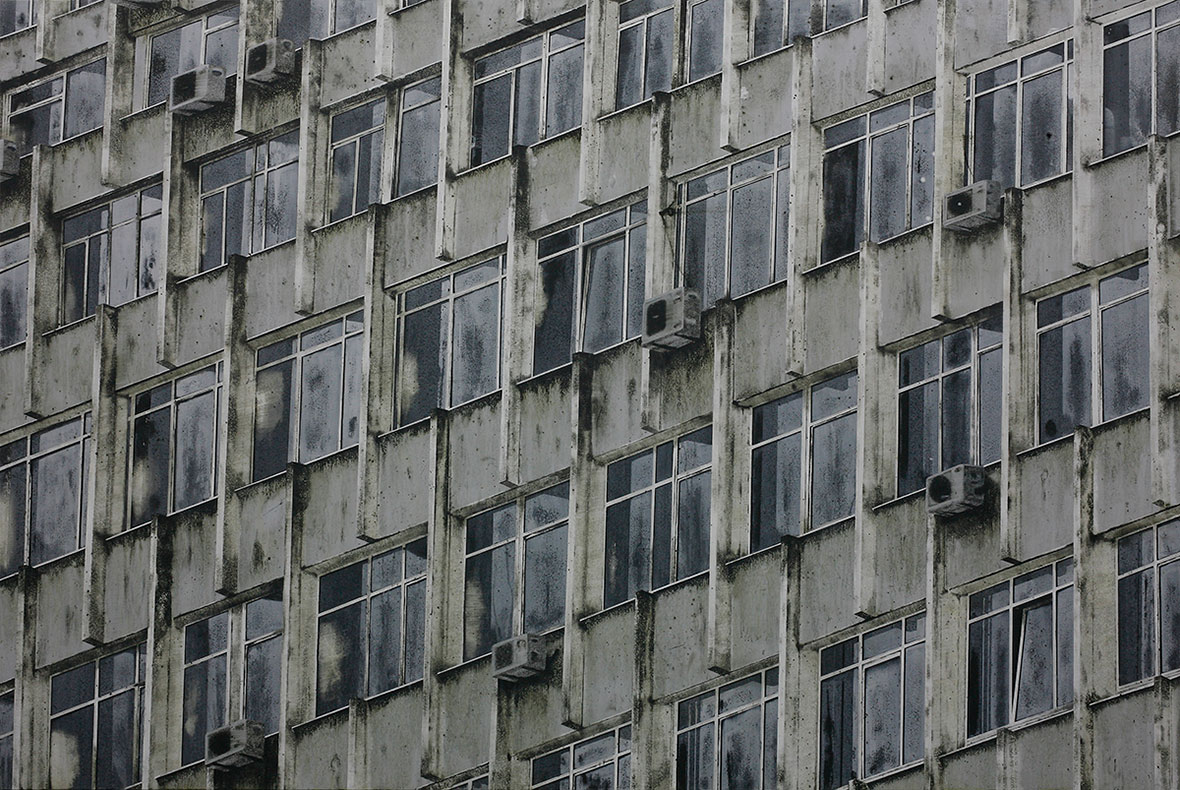
To capture that type of visceral feeling, An only paints urban landscapes that he’s visited personally and he returns to them several times before. Because of this he only paints scenes close to home. He doesn’t go out looking for inspiration but keeps a watchful eye as he goes about his daily life. Reference photos bolster his works, and he takes numerous shots of the same spot from different angles. Recently, he’s even started showing photos of his paintings in the settings that inspired them to further add layers to his work.
为了捕捉真实的心理感受,Gyungsu 只画自己曾亲身踏足过的场景。每次创作之前,他往往都要多次探访现场。他不会刻意外出寻找灵感,但会在平日的生活里留心观察。同时也会拍照来作为参考,喜欢从不同角度拍摄同一地点的大量照片。最近,他甚至将照片与绘画放置在同一幅画面中进行比对,为作品增添更丰富的层次。

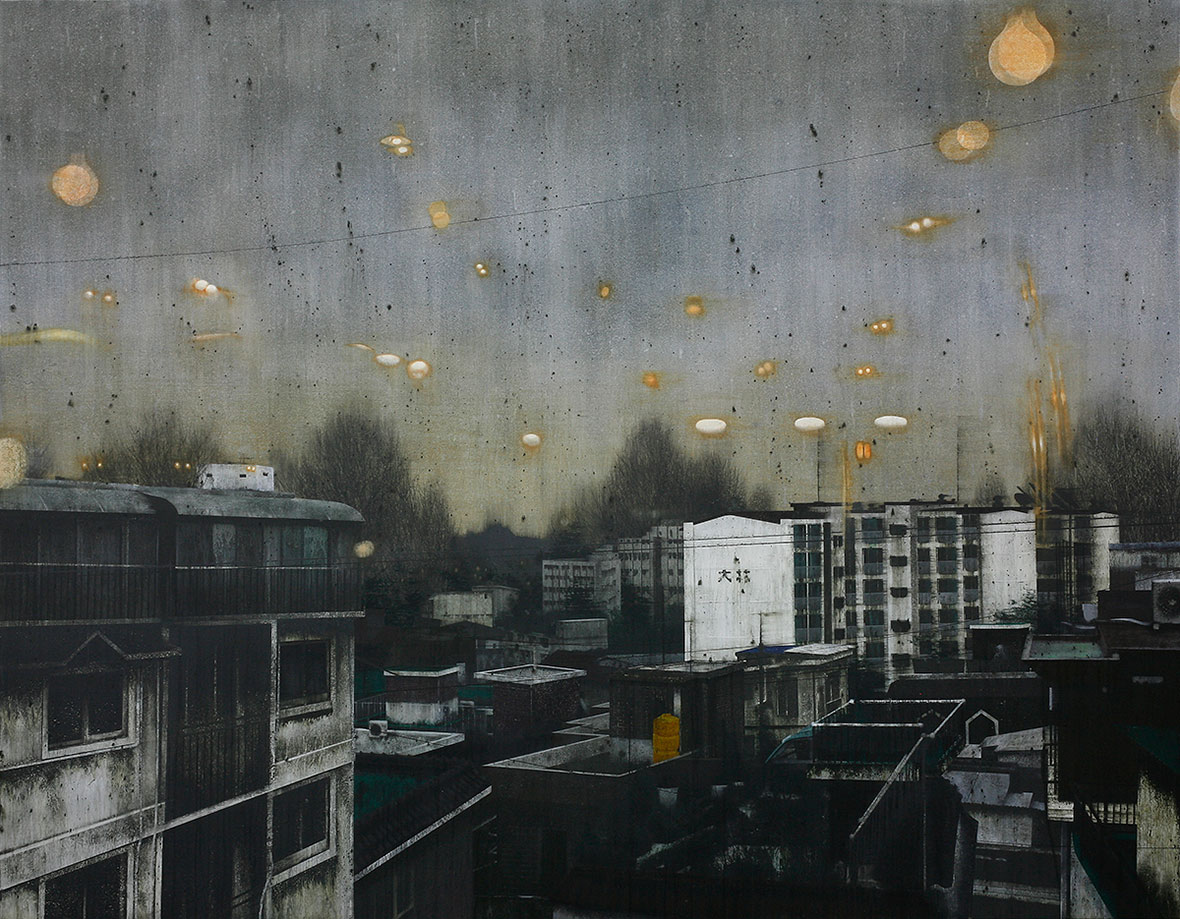
The concept of exploring multiple layers in one space is a major theme. Dense but leafless trees are silhouetted against lighter backgrounds, while brightly lit objects with high contrast sit in front of them. Electrical wires often streak across the foreground or light refractions glitter on top of everything. Scenes are often depicted from behind a glass, while the background behind the viewer is superimposed over the painting as a reflection. All these aspects lead to a very deep sense of depth. An also explores the idea of layers in metaphoric ways. Time is a common layer. Dead trees and grass are merely existing in a liminal state, soon to bloom again with Spring. All the things hidden in the darkness will be exposed when the sun returns. Nothing is static in his world.
探索同一空间的多个层次是他在创作中最注重的环节之一。高低、明暗、对撞色、以及前后事物的对比,这些都为画面增加层次。他的很多作品仿佛是观者在室内隔着玻璃看到的画面,而观者室内的背景则叠加、反射在画面上。所有这一切都加深了画面的深度和空间感。除此之外,Gyungsu 还在创作中融入了对时间的隐喻。凋零的树木花草仅以临界状态存在,闪光只以刹那间留在画面,仿佛即将随着春天的到来再次焕发生机;仿佛黑暗中的一切都会在即将到来的黎明中展露。在他作品的世界里,没有什么是静止不变的。
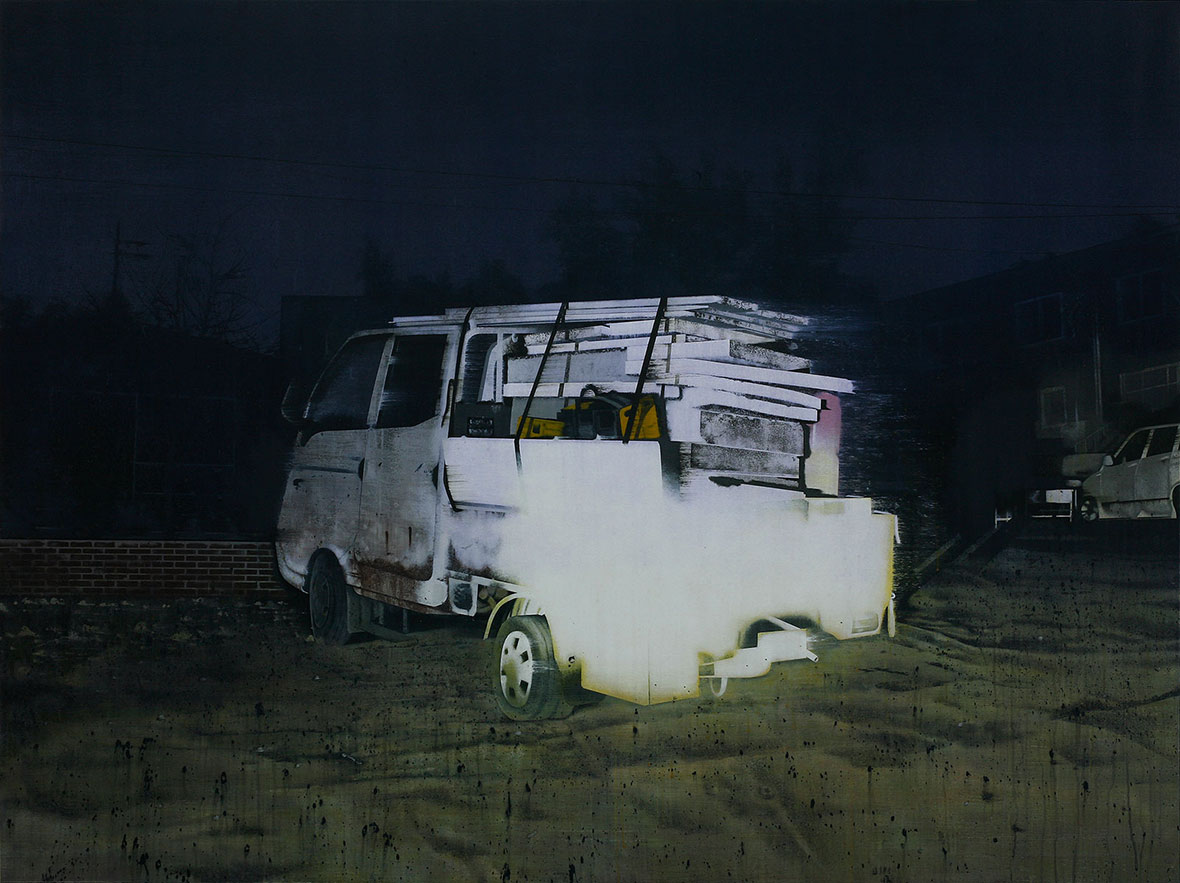
An finds comfort in the night. Although darkness cloaks everything in mystery, there’s a definitiveness to it that he revels in. It focuses the eye. “Artificial light creates clear boundaries, binding our sight to what it’s illuminating,” he says. “I like the emotion that light offers when revealing itself in the dark.” The way the light changes the character of things in the dark is important as well. A bright flash makes an everyday object seem to float in isolation. “I think I find my feelings in these landscapes and painting them is a way to express those emotions.”
Gyungsu 从黑夜中寻求慰藉。尽管黑暗的一切如此神秘,但又有让他着迷的确定性,令人难以移开目光,他解释道:“人工光源划分出清晰的界限,将人们的视线吸引到它所照亮的事物之上。而我喜欢光在黑暗中闪现时所透露的情绪。”另一个重点是光线在黑暗中如何改变事物特征。耀眼的闪光使得那些平凡的物体有了一种孤立漂浮感,“这些画面给我的心灵带来震颤,因此绘画也成为了抒发情感的一种方式。”
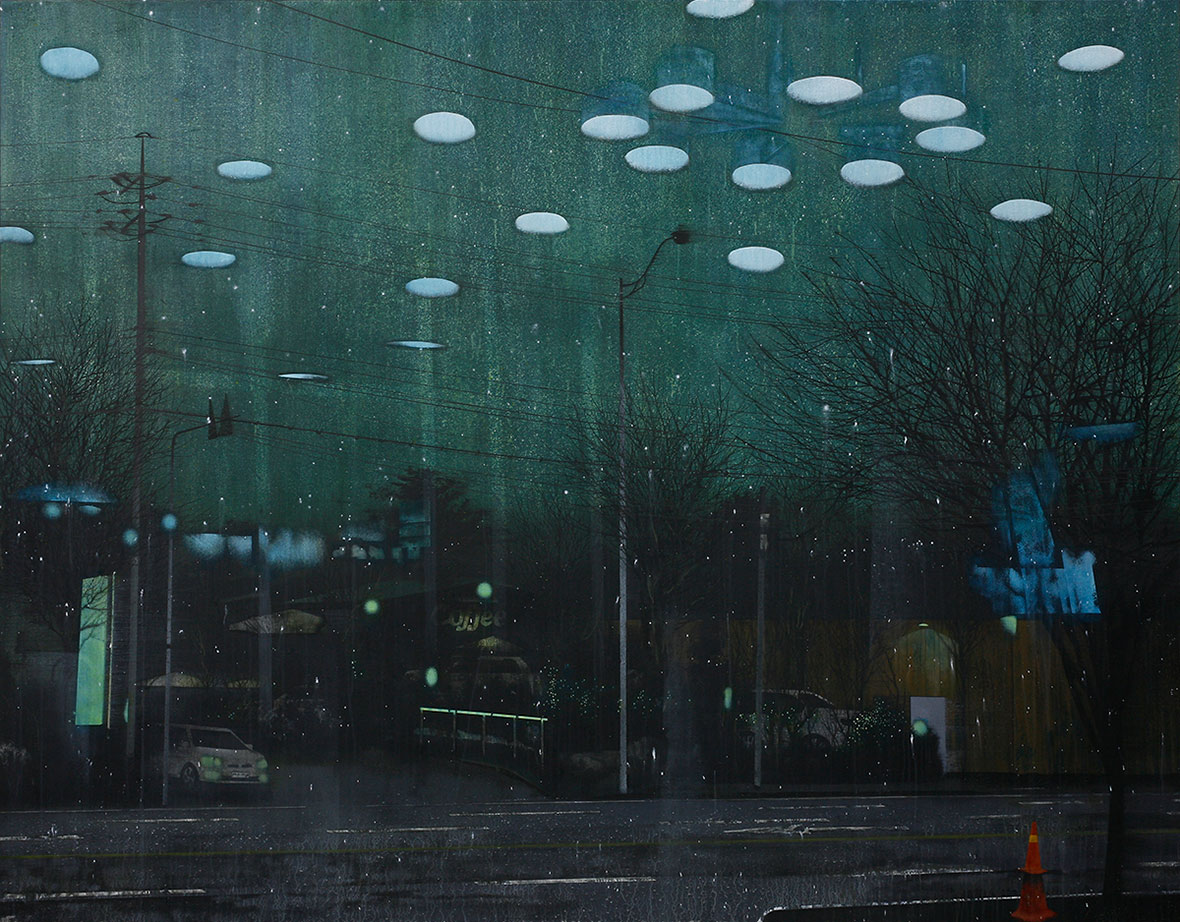
Isolation can be lonely but introverts often revel in it, and it’s something that An gravitates towards himself. A touch of brightness in a desolate scene can focus the attention on glimmers of positivity in an otherwise bleak setting. “A private workspace, a meeting place where a few people can gather, or even a powerful spotlight erasing any darkness near it. These are signs of life, evidence that people are active there even if I’m not painting them into the piece.”
Uncertainty is a constant in An’s work as well, and the vague anxiety from that first construction site has never left him. He frequently obfuscates objects by smearing sharp lines, using bright light to wash sightlines away and he hides things within patches of shadows. “This alters our perception, it’s more unstable,” he says. “We feel more intensely when we don’t totally understand what we’re looking at.”
作品中那股孤立感虽然渗透着无与伦比的孤独,但内向的人却能乐在其中,吸引着 Gyungsu 不断去探索。即便再黑暗的场景,在零星光点的加持下也会变得饶有希望的存在,他说道:“这些就是生命的迹象,是人们生活的证据。”
此外,不确定性是 Gyungsu 作品的一个重要主题,也是最初那个建筑工地在他心中留下的那种从未消失的焦虑感。他常常通过抹掉锐利的线条来模糊物体,使用明亮的光线偏移观众的视线,“这样可以改变人们的感知,更具有不确定性,”他说,“当你不确定眼前的事物时,往往心里的感受会更强烈。”
Like our stories? Follow us on Facebook and Instagram.
Instagram: @angyungsu
Contributor: Mike Steyels
Chinese Translation: Olivia Li





